
Бесплатный фрагмент - Chess. A modern textbook
Introduction
CHESS… It’s a whole world for me, and a single game is a small model of our life.
What are the benefits of chess? What does chess offer to modern people?
“Chess is life in miniature. Chess is a struggle, chess is a battle.”
Chess is a game, but it reflects a person’s essence like a mirror. His views on life, decision-making, emotional or precise calculation, plans, a person’s character, laziness or work capacity, emotional outbursts or cold restraint, imagination and the ability to correctly assess a situation, etc.
People have been playing chess for thousands of years, and even with the advent of computers, the attitude towards the game has not changed, which speaks volumes.
So, what does chess offer for a person’s daily life?
1. Independence in decision-making.
2. Understanding what the consequences of this decision will be.
3. The ability to assess the situation independently and make an appropriate plan of action.
4. They train the will and make our brain find the best way out of a critical situation, and in a very short period of time.
5. They train memory.
6. They develop the will to achieve a goal.
7. They teach a person to find the necessary information (the flow of information has increased many times not only in everyday life, but also in chess) and
apply it to the best advantage for themselves.
8. They teach you to control your emotions, thereby allowing you to focus on the task at hand.
9. They teach you to draw conclusions not only from the entire chess game, but also from each individual move.
These points apply equally to both life and chess, but there is one significant difference:
10. Life is unique and cannot be changed.
However, a chess game can be played again and again, allowing you to correct your mistakes and avoid making new ones.
Thus, the path of chess improvement is endless.
This is why I love chess, and I hope you will too…
Chapter 1—3: the initial level from the rules of the game to the 3rd level.
Chapter 4—7: from the 3rd to the 1st category
Chapter 8: from 1st to KMS inclusive
Chapter 8: modern vision of chess and recommendations for further study of chess
Chess is not just a game; it is an art of strategic thinking, an intellectual battle that captivates millions of people around the world. Over the centuries, chess has become an integral part of culture and education, promoting the development of logical, spatial, and analytical thinking. In this textbook, we aim to guide you on a fascinating journey of learning chess, from the basics to modern approaches to mastering this magnificent game.
The textbook consists of eight chapters, each designed for a specific level of chess player.
The first is the third chapter. In them, we will look at the basic rules of the game, the main positions and the beginnings that will help you master chess and reach the level of the 3rd category. Here we will get acquainted with the typical strategies, tactics and principles that are the basis of the game.
The fourth — seventh chapter. In them, we will dive into a deeper study of the game, moving from the 3rd level to the 1st level. We will focus on developing chess thinking, teaching various openings, positional games, and planning techniques. This chapter will help you to strengthen your skills and confidence at the chessboard.
Chapter 8 This is the basic knowledge from 1st category to Candidate Master of Sports (KMS). We will focus on the more complex aspects of the game (the basics of strategy), studying and analyzing the games of great chess players and analyzing mistakes. This will be a great opportunity to improve your level of play and make the transition to a higher knowledge of chess.
Epilogue
These are recommendations for further self-improvement. In the era of digital technology, chess has become more accessible than ever, and these recommendations will help you understand how to further enhance your skills.
By following this tutorial, you will discover a world of chess that not only develops your mind but also brings you joy. I hope that this book will be useful to you at every stage of your chess journey. Let’s embark on a new adventure of chess mastery!
Chapter 1
1.2 Chess terms: white and black squares, horizontal, vertical, diagonal, center, correct arrangement of pieces in the starting position (“the queen likes its color”), white and black pieces, moves of pieces, capture. Value of pieces
1.3 FIDE rules of the game, move 1.4 Attack on a piece, check, checkmate, stalemate, draw 1.5 FIDE rules of the game, partners
1.1 Chessboard
Chessboard Description
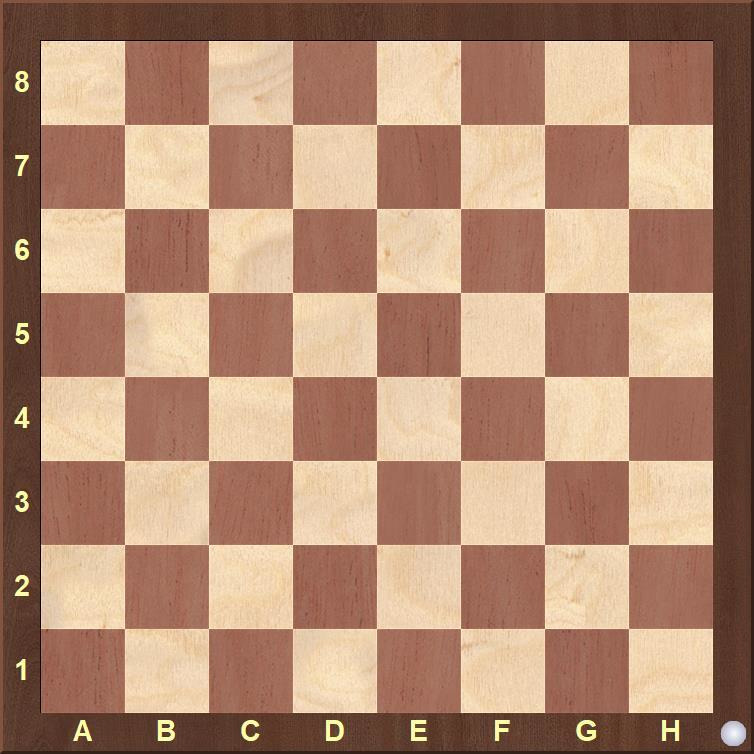
A chessboard is the surface on which a chess game is played. It consists of 64 squares (8x8), 32 light squares and 32 dark squares (in reality, the colors of the squares can be any combination).
Square Identification (Notation):
There are 64 squares or fields on the board.
Squares on a chessboard are conventionally called fields.
Fields are referred to as white and black, although in reality they might be different colors (e.g., light squares could be white, yellow, beige, etc., and dark squares could be brown, gray, green, or even red).
However, according to standard rules, light-colored squares should be called white squares, and dark-colored squares should be called black squares.
The squares are arranged in rows. There are 8 rows in total. Each row contains eight squares.
Rows of squares are called ranks. Similarly, there are files — there are also 8 of these.
Each row (rank) has its own number: from 1 to 8. Files are designated by Latin letters: from a to h.
You’ve likely noticed that the board resembles a coordinate system. That’s exactly right. However, instead of naming the axes, each square has its own unique name (e.g., e4, a1, h8).
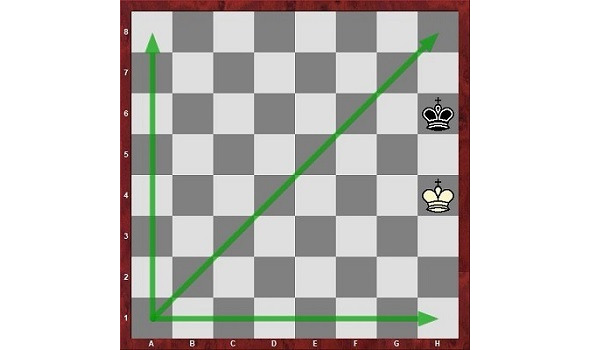
Three types of lines on a chessboard:
File (vertical line),
Rank (horizontal line),
Diagonal.
Key Terminology Used:
Chessboard: Standard term.
Squares/Fields: Used interchangeably, though “squares” is most common.
Light squares / White squares: Emphasizes the conventional naming.
Dark squares / Black squares: Emphasizes the conventional naming.
Rows: Clarified to be ranks.
Columns: Clarified to be files.
Ranks 1—8, Files a-h: Standard algebraic notation.
Lines: Files (vertical), Ranks (horizontal), Diagonals.
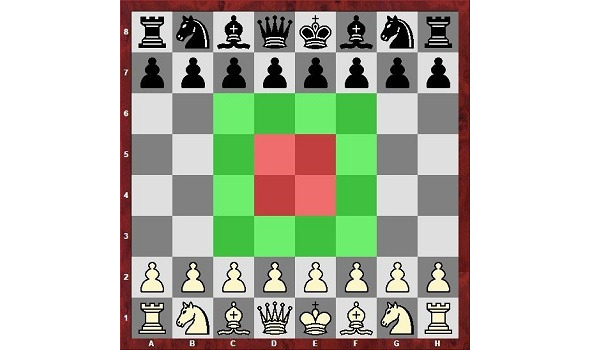
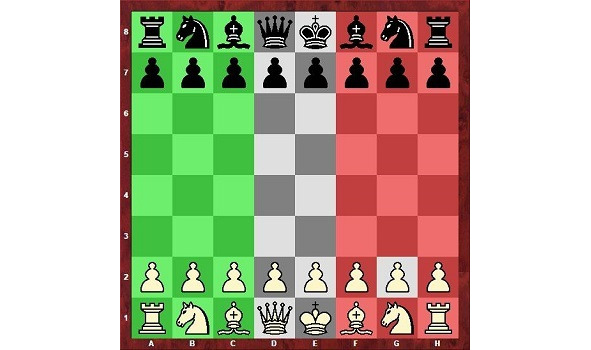
Flank The King’s Flank is the flank closest to the king at the beginning of a chess game, on the f, g, and h verticals. (red color on the diagram)
The Queen’s Flank is the flank closest to the queen at the beginning of a chess game, on the a, b, and c verticals. (green color on the diagram)
The horizontal cells are denoted by Latin letters from a to h from the Queen’s Flank to the King’s Flank, while the vertical cells are numbered from 1 to 8 from white to black. For example, in the initial setup, the white king is on the e1 square.
The book will use diagrams to represent the chess pieces, as follows, with their names in both Russian and international notation:
(A chess diagram is a graphical representation of a chess position, showing the chessboard with the pieces and pawns arranged on it. Due to their visual clarity, diagrams are widely used in teaching chess, solving chess problems and studies, and analyzing played games.)






At the beginning of the game, each player has 16 pieces at his disposal: a king, a queen, two rooks, two bishops, two knights, and eight pawns. There are a total of 32 pieces on the board. See the diagram: (Arrangement of shapes)
Attention! The correct arrangement of the board is when the player’s left corner square is black (a1 or h8), which should be remembered! (There are boards without numbering).
First, place the pawns: white pawns in a row along the second horizontal line, and black pawns in a row along the seventh horizontal line.
Then, place the white rooks on the a1 and h1 squares, and the black rooks on the a8 and h8 squares.
Next to the rooks, place the white knights on the b1,g1 squares, and the black knights on the b8,g8 squares.
Next to the knights, place the bishops on the c1,f1 and c8,f8 squares, respectively.
We are left with the queen, the king, and two empty squares on the 1st and 8th rows. To avoid confusion, remember the following rule: “The queen likes its own color”, i.e. the white queen is placed on the white square (d1), and the black queen is placed on the black square (d8). The kings are placed on the remaining squares (e1, e8).
The pieces should be placed symmetrically.
If you have done everything correctly, you will get the following position:
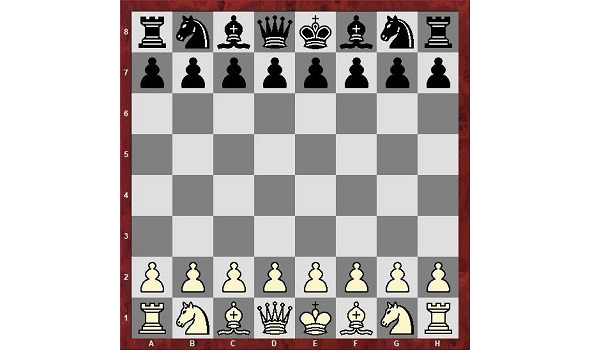
A move in chess. Capturing a piece or a pawn. The general concept of a move: with the exception of castling, a move is the transfer of a piece from one square to another, either an empty square or a square occupied by an opponent’s piece. Moves in chess are made by the opponents in turn. The “touched-move” rule states: If you have already touched a piece to make a move, it must be made with that particular piece. And no other piece. If you want to correct a piece or several pieces on the board, you must warn your opponent with the word “Correcting!” or “J’adoube” if you are playing with a foreigner. J’adoube (in French transcription, “j’adoube”) is the French word for “correcting.” The fashion for using the word J’adoube began in Europe about 100 years ago. In Russia, the use of the term J’adoube is more of an exotic concept. In our country, it is more acceptable to say “I correct” or “Jadub.” Although in our country, they almost always say “I correct.” However, if you are playing abroad or with a foreign chess player, it is preferable to say “Jadub.”
So, if you’ve taken a piece, you must move only that piece and no other.
No piece, except for the rook during castling and the knight, can cross a square occupied by another piece (jump over other pieces).
If a piece moves onto a square occupied by an opponent’s piece, the opponent’s piece must be removed from the board by the player who made the move. This move is called capturing. The only piece that cannot be captured and removed from the board is the king.
Each piece has its own moves and capture of the opponent’s piece (pawn). Let’s explore them all.
Attention!!! After capturing (when we “eat” an opponent’s piece or pawn), the “eaten” piece (or pawn) is removed from the chessboard, and our piece (or pawn) that we attacked is placed in its place.
The pawn
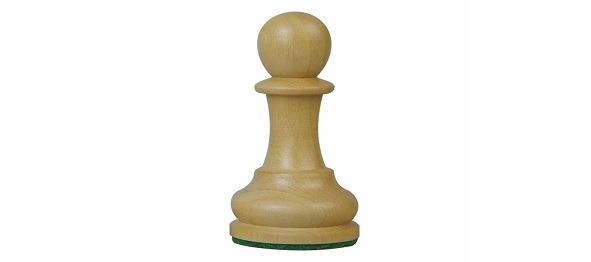
The pawn is the only piece whose move and attack rules differ. The rest of the figures match. The nominal value is 1 point.
Pawns only move forward. Attention!!! Pawns do not move back or sideways, unlike the rest of the pieces.
This is the only piece that cannot walk and strike backwards or horizontally. When a pawn is in the starting position (2nd rank for White, 7th rank for Black), it can move one or two squares forward as the player wishes.
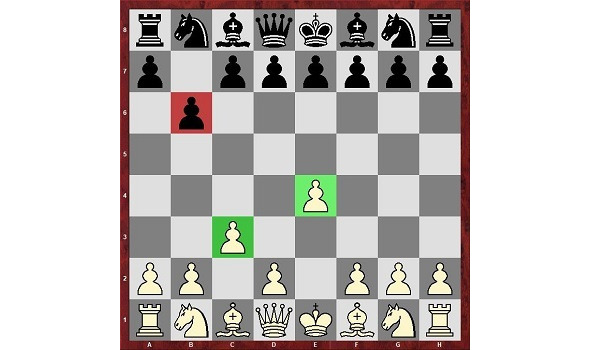
After its first move, the pawn moves only one square forward in one move.
The pawn can beat the opponent’s pieces one square ahead diagonally to the right and left.
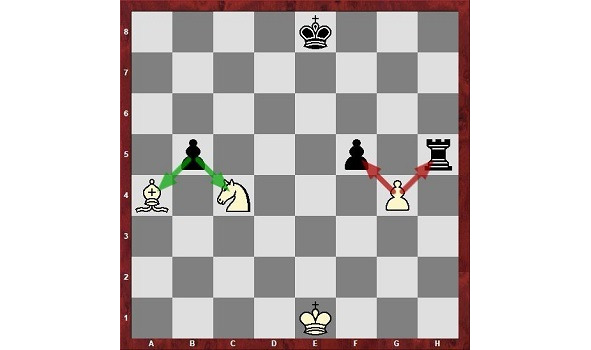
Thus, a pawn moves forward and strikes diagonally one square. This is the only piece in chess that moves according to one rule and strikes according to another. The other pieces have the same movement and striking patterns.
Another important rule is the promotion rule. If a pawn reaches the last rank (the 8th rank for white pawns and the 1st rank for black pawns), it can be promoted to any other piece (except for the king).
Most often, the strongest piece is placed, the queen (but there are exceptions, when it is more profitable to place another piece). Thus, theoretically, it is possible to carry out 8 pawns and place 8 queens (queens are taken from other sets of pieces).
One of the most difficult rules related to pawns is called “capture on the passage.” This is a move in which a pawn can hit an opponent’s pawn if it jumped over a broken field. If a pawn “jumps” over a square that is “pushed through” by an opponent’s pawn, the opponent’s pawn can capture the pawn.
Capturing on the pass is performed on the same move.
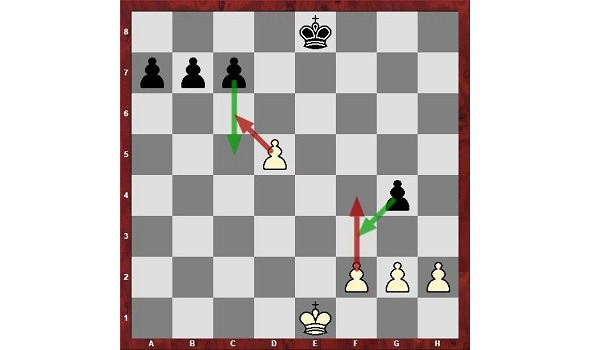
Your pawns are your infantry or soldiers. Since infantry walks on foot, pawns move slowly and cannot escape from stronger pieces. In a chess game, there are more pawns than other pieces, and they can be sacrificed to open a line for an attack.
However, pawn has one undeniable advantage, it can be promoted to any piece (except the king), which no other piece can boast of.
In addition, it is the pawns that determine which opening (beginning of the game) will be played, for example:
1.e4 e5 — open openings
1.e4 c5 — Sicilian Defense
1.c4 c5 — English Opening, etc.
So let’s summarize the uniqueness of the pawn:
It doesn’t go backwards, only forwards.
When the eighth horizontal is reached, the white pawn and when the first is reached, the black pawn miraculously turn into another piece.
He can take the opponent’s pawn through the broken field, that is, “on the pass”
The Pawn game is played according to the rules of chess.
The purpose of the game: whose pawn reaches the end of the board first wins. If the pawns run into each other, then the one whose move is lost (zugzwang- we will study in the future).
The Pawn game is useful because it makes it possible to memorize the movements and captures of pawns, including “taking on the pass”, as the most difficult element in the chess rules. Playing pawns is useful even for those who already know how the pieces move and have little experience playing chess. In the following topics, we will look at examples such as strong, weak pawns (passing pawn, etc.), zugzwang over there, the pawn game will be useful to us again.
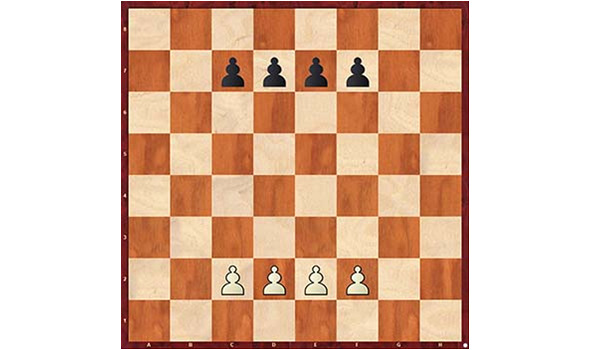
It is interesting:
The original version of the game came to Russia not from Europe, but from Central Asia, so the names of the Russian chess pieces have preserved a literal translation from Arabic or Persian. It was only in the 11th century that European chess rules reached Russia. This is why many pieces have received a double name — one from the old Russian chess, the second from the European.
The pawn
The word “pawn” is the same root as “foot”, “infantry”. This name means “foot soldier”.
In other European countries. the languages of the translation of the name of this figure are the same. But in Germany, the name of the pawn « вauer” does not mean soldier, but “peasant”.
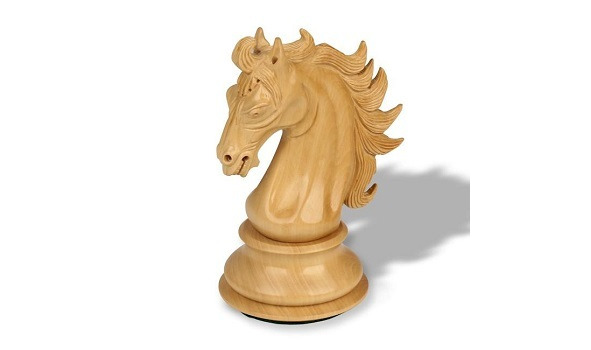
The knight is the most unusual piece on the chessboard. It moves 2 squares forward and 1 sideways (or 1 square forward and 2 sideways) in any direction, forming the letter “G”.
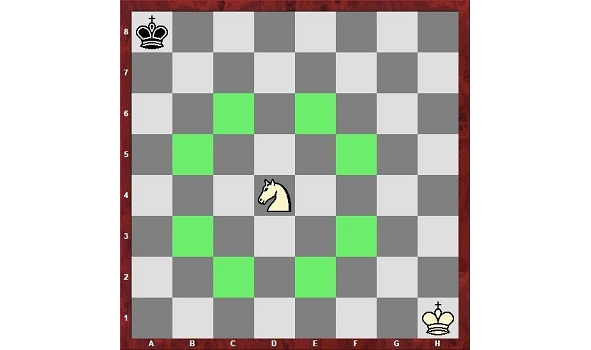
(The knight moves from a black square to a white square and vice versa, but it cannot move from a white square to a white square or from a black square to a black square.) Additionally, the knight can jump over other pieces, so capturing an opponent’s piece occurs only on the square where the knight lands, rather than along its path.
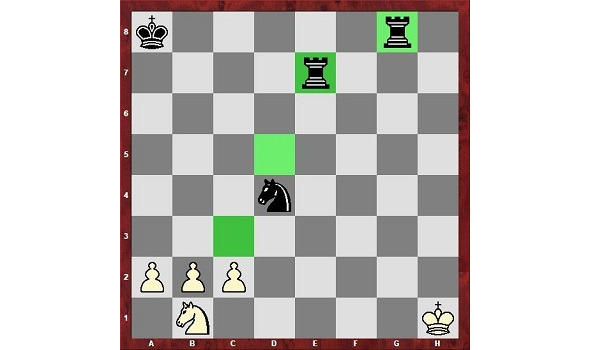
(There is such an expression – “horse move”, that is, a particularly cunning and unexpected step).
For better memorization of how the horse moves, try to solve the famous chess problem “Horse move”.
The goal: to pass all the squares of the chessboard with the horse’s move so that the horse does not visit any square twice. It is best to do this on a piece of paper, numbering the moves. (You can start from the field a1)
It is interesting:
Horse (knight)
In ancient chess, this figure represented a “cavalry” — a rider on a horse. Over time, her image was simplified by removing the rider and leaving only the horse. But in many European languages, a chess knight continues to be called a rider. In France, a chess knight is a cavalier, in England it is a knight.
We just call it “the horse.” In Germany (springer), Poland (skoczek), Croatia (skakač) it translates as “jumper”, “steed”.
Elephant (bishop)
A bishop is a chess piece of equal strength to three pawns or a knight. Sometimes an elephant is mistakenly called an officer, but we will correctly call it an elephant. In English — speaking countries, the name Bishop is accepted.
The elephant walks diagonally for its entire length if it has no obstacles. At the beginning of the game, each player has two bishops. One moves on white squares, the other on black squares, so they are called white-square and black-square, i.e. elephants are called not by the color of the piece, but by the color of the squares on which it moves. Elephants always stick to the color from which they started the game.
If both of your elephants end up on the same color square, then know that something went wrong and you made an impossible move.
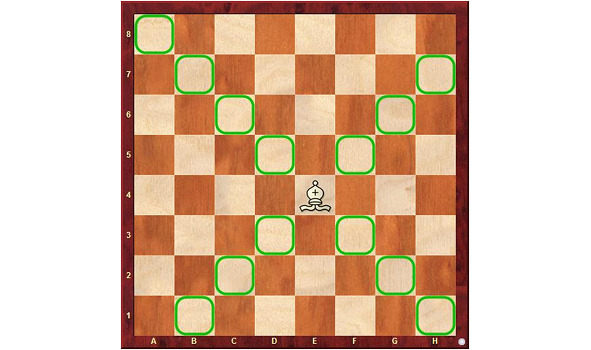
The path of an bishop can be restricted by other pieces on the chessboard. The diagram shows that the bishop has fewer squares it can move to because other white pieces are restricting its mobility.
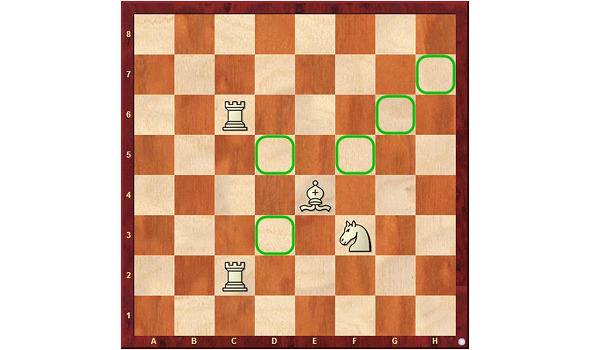
How the bishop moves
The white bishop can take the black rook — the rook is removed from the board and the bishop is placed in its place.
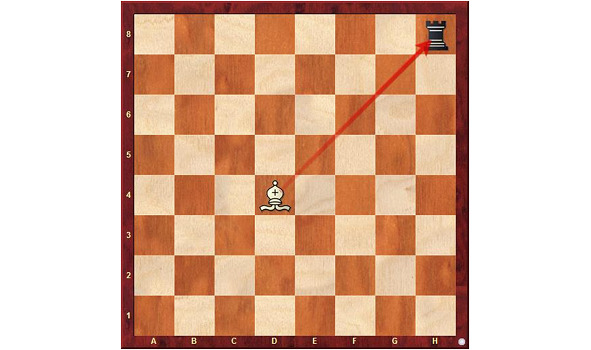
The bishop’s position after taking the rook.
It is interesting:
Bishop
In ancient chess, it was a piece depicting a war elephant with a rider. Its name was translated literally in Russia, it turned out to be “elephant”.
But in Europe, the name of the unknown animal “elephant” (in Persian “phil”) turned into “fool” (“ful”). In ancient European chess books, you can see that this figure was depicted as a little man in a hat with bells. Until now, in France, the “elephant” is called fou (fu), that is, a buffoon.
Later, in different countries, this person, who was close to the king, received more honorary titles: bishop (bishop) — in England (the upper part of the chess bishop resembles the headdress of bishops — the mitre. If you look at it from an angle, the mitre seems to consist of two parts, and from a distance it looks like there is an incision on it.)
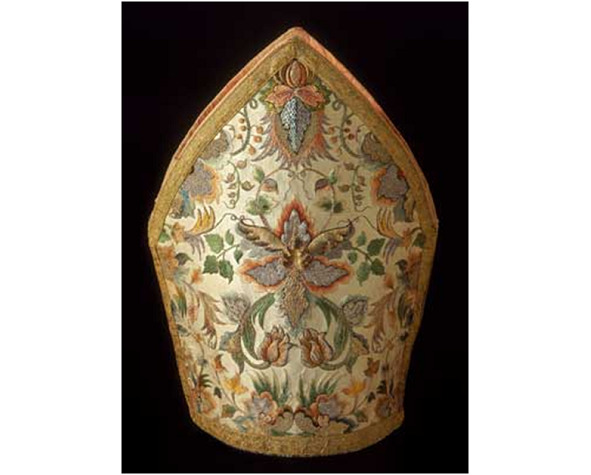
,runner (Läufer) — in Germany, messenger (goniec) — in Poland, shooter (streelec) — in the Czech Republic, hunter (lovec) — in Slovenia and Croatia, officer — in Bulgaria and Greece. And before the revolution, this figure was also commonly referred to as an “officer.” Only later was the ancient Russian name “elephant” officially assigned to it. And the figurine’s appearance remained the same, European. Therefore, a chess bishop does not look like an elephant (a beast with a trunk), but a man in a tall hat (a bishop, an officer).
The Rook
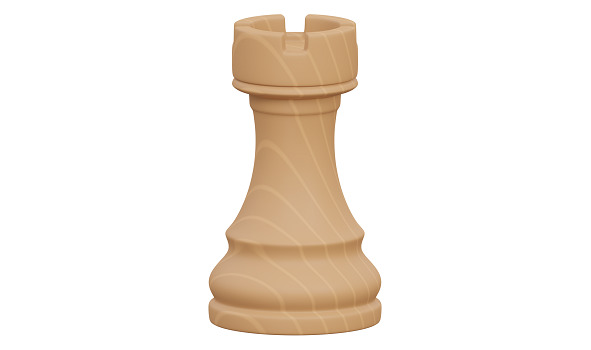
The rook moves in a straight line, up and down vertically or from side to side horizontally. The rook can move to the maximum number of fields if it has no obstacles.
The rook cannot jump over other pieces.
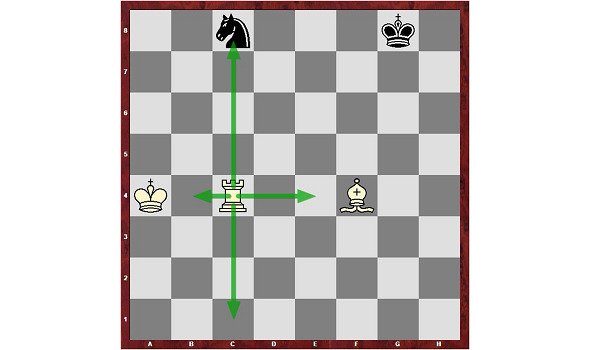
The white rook can move directly up the board and capture the black knight on c8.
Castling is a special move that involves the use of a rook and a king. In a castling move, the king and the rook are moved along the 1st (white) and 8th (black) rows, and this is considered as a single move. However, there are certain rules that must be followed in order to perform a castling move.
To perform a castling move, you need to move the king two squares in one direction, and then move the rook next to the king on the opposite side. However, there are certain conditions that must be met in order for a castling move to be possible:
For a rook, this must be the first move
For a king, this must be the first move
The path between the king and the rook must be clear (no pieces can block it).
The king cannot be in check or pass an attacked square (also known as a “bitched square”).
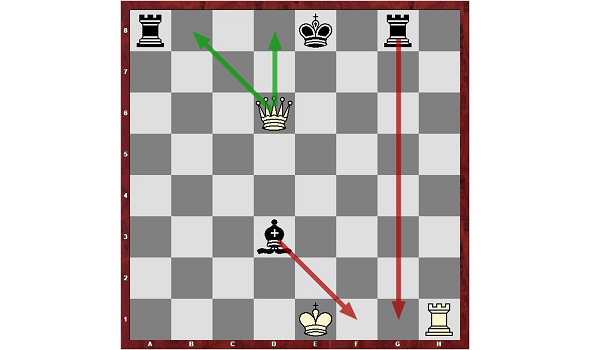
There are two types of castling:
1. Short castling — towards the king’s flank.
2. Long castling — towards the queen’s flank.
In the diagram, White is doing a short castling, and Black is doing a long castling.
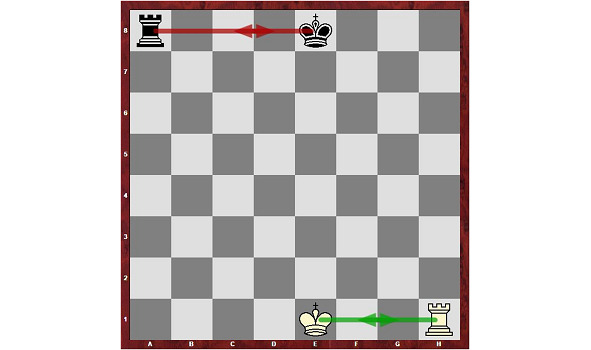
The position of the pieces after castling.
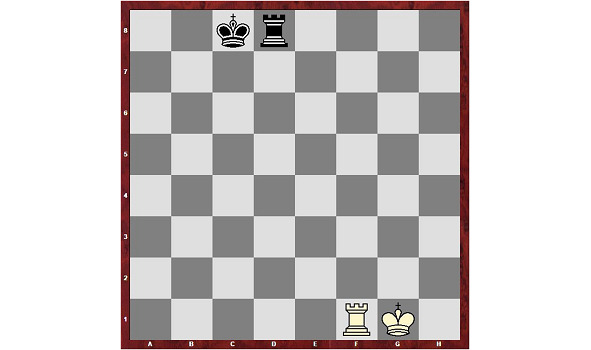
This is interesting:
In the Indian game, a rook is a war chariot (ratha). It was depicted with a team of horses and a charioteer riding them. Apparently, this is where the Persian name for the chariot, rukh, comes from. This is the same Rukh Bird from the tales of “One Thousand and One Nights.” The figure was also depicted as a bird. In Russia, this bird was mistaken for a stylized nose ornament on an ancient Russian vessel, the rook. This is where the figure got its name.
The appearance and other name of this piece, the tour, comes from Europe. In French, it means “tower” (tour). This is also how the French refer to a chess piece. In almost all European languages, the name of this piece means “siege tower” or “fortification.”
In English, it is called a rook (most likely from the Italian rocco, meaning “fortress”) or a castle (castle). In German, the piece is called a tower (Turm). In Polish, it is called a tower (wieża).
Why did the Europeans call the Indian chariot a tower? This was because the Spanish, who were the first to encounter chess, interpreted the Persian word “rukh” as “rocco.” This was their term for siege towers. Therefore, these chess pieces were depicted not as birds or chariots, but as towers.
Until the 15th century, the strongest piece was the rook, which was replaced by the queen. The rook was so important that the player who attacked it had to warn the opponent by saying “Check the rook.”
In order to better remember how the rook moves and hits, I suggest solving the problem.
It’s called the “8 Rook Problem.” 8 rooks should be placed on the chessboard (pawns can be used instead) so that none of them beats the other.
There are many ways to do this. Will you find any of them?
The Queen
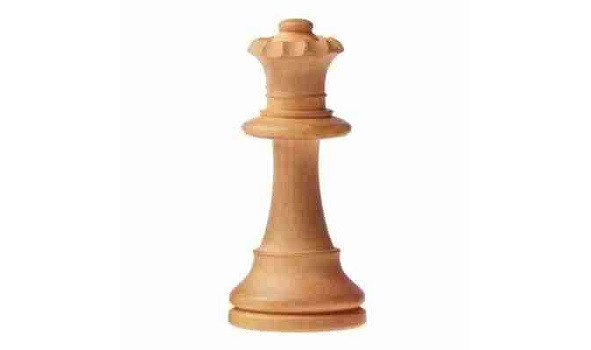
The queen is the strongest piece in chess and it stands next to the king. The queen is the strongest piece in chess, but it is not the most important. The most important piece is the king!
The queen can move any number of squares horizontally, vertically, or diagonally (forward, backward, left, right, or diagonally). However, it cannot jump over any other pieces.
The queen moves in the same way as the rook and the bishop combined. He can move in a straight line like a Rook and diagonally like a Bishop.
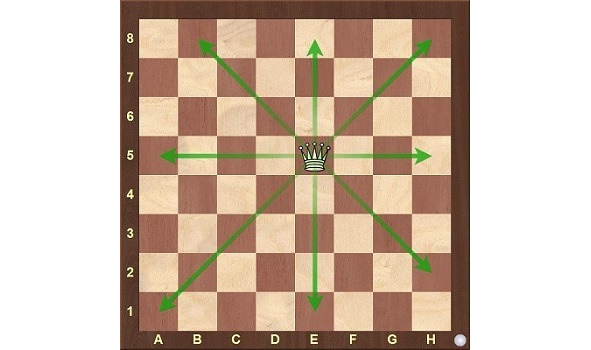
A queen beats (“eats”) an opponent’s piece or pawn by moving and taking the place of the defeated piece or pawn.
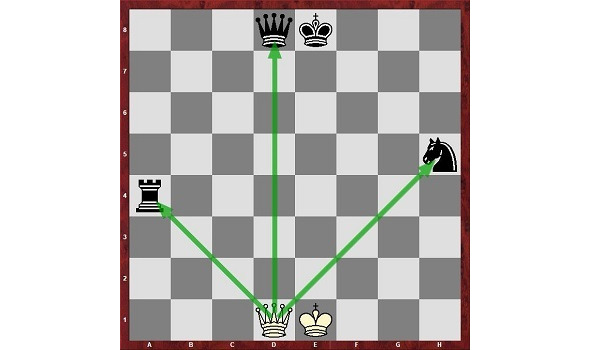
Is it possible to have two queens in chess?
Yes, it is possible to have two or more queens, with a maximum of 9 queens (theoretically, one queen at the beginning of the game and 8 pawns that can be converted into queens, resulting in a total of 1+8=9 queens).
The queens are taken from a different set of chess pieces.
At the beginning of the game, players only have one queen. A second queen can be added once one of the pawns reaches the other side of the board.
In order to better remember how the queen moves and attacks, I suggest solving a problem.
The problem is called “The Problem of 8 Queens.” On a chessboard, you must arrange 8 queens (or use pawns instead) in such a way that none of them can attack another.
There are many ways to do this. Can you find any of them?
This is interesting:
Queen
The word “queen” came to the Russian language from Persian. There are several suggestions about what it means. Perhaps “queen” is farzana (wise man, advisor), perhaps ferz — “commander” or “vizier” (first minister).
In Europe in the 15th century, “vizier” turned into “queen”. This very weak piece now received new opportunities — the former queen could no longer walk one square diagonally, but along all lines and diagonals for any distance. Many chess historians associate this with the role of the powerful Queen Isabella of Castile in the life of Europe.
(chess appeared in Spain in the 8th century, and until the 15th century, the queen was considered a male figure. In Persian, “al-ferza” means an assistant, adviser.
Columbus asked Isabella and Ferdinand for funding for his voyage.
Torquemada.
The name of this man evokes terrible images in our minds: the burning of people in public squares, the brutal torture in the dungeons of the Inquisition, and the triumph of obscurantism and fanaticism. However, his contemporaries called him the “hammer of heretics,” the “light of Spain,” and the “savior of his country.” So who was this man, the Grand Inquisitor Thomas de Torquemada?
Torquemada was born in 1420. His father was an unremarkable man, but his uncle, Cardinal Juan de Torquemada, was a famous man: he was one of those who sent the famous Jan Huss to the stake (in 1415). But all this was negated by the terrible secret kept by the Torquemada family. The fact is that the grandmother of the future Grand Inquisitor was… Jewish.
What did it mean to be a Jew in the Middle Ages, and in Spain in particular? Their situation was terrible. The only way for Jews to avoid humiliating persecution and even death was to convert to the Catholic faith (such baptized Jews were known as Marranos in Spain).
Thomas learned the secret of his origins as a child. Since then, the boy’s desire had been to rid himself of the “shameful mark” and erase it. How could he do this? Only by fervently serving the cause of the Catholic faith! At the age of 14, Thomas joined the Dominican Order. The Dominican rules were strict, but Thomas was even stricter with himself! He was a complete ascetic: he didn’t eat meat, walked barefoot in any weather, whipped himself with a whip, slept only on a bare wooden bench, wore a rough hair shirt under his clothes that chafed his skin until it bled, and so on.
This is how the Dowager Queen Isabella of Portugal saw him when she visited the Santa Cruz Monastery, where Torquemada was the abbot. The queen was impressed by the religious ascetic’s presence. She could not have found a better tutor for her 7-year-old daughter. At the age of 39, Torquemada became the confessor and tutor of the young Princess Isabella of Castile. Princess Isabella was known for her exceptional education and her devout Catholic faith. Torquemada’s influence on Isabella was enormous. It was he who insisted on her marriage to Ferdinand, the heir to the throne of Aragon. And when in 1474 Isabella became Queen of Castile, and Ferdinand became King of Aragon in 1479, effectively forming a single Spanish state. But it is not enough to “create” a single state on paper — it is necessary to unite it in fact. To this end, in 1483, Isabella appointed Torquemada as Grand Inquisitor of Castile and Aragon.
Columbus requested financing for his voyage from Isabella and Ferdinand.
The classic of American poetry, Henry Longfellow, described Spain at the end of the XV century in his poem “Torquemada” in 1863.:
In Spain, numb with fear,
Ferdinand and Isabella reigned supreme.,
But he ruled with an iron hand
The Grand Inquisitor over the country…
He was as cruel as the lord of hell.
The Grand Inquisitor Torquemada.
The queen moved one square at a time, like the king (in the sense that the advisor could not be stronger than the King, which makes sense). However, with the rise of Isabella of Castile to power, the Spanish began to treat her with respect, and perhaps even fear, and as a result, they changed the gender of the piece and its power as a gift to her (more like a flattery). This was an extremely unusual event for the Spanish, as gender is a crucial issue for them, and the Spanish language does not even have a neuter gender. And a mistake in the indication of the gender is considered rude, even if you are just learning the language. So, the very fact that the queen became a female figure speaks of how great the authority of the queen was.
In almost all languages, the queen became known as the queen or the queen. In France and Germany — Dame, In Italy — Donna, in England — Queen, in Bulgaria — Tsarina, In Macedonia — Kralica. It is curious that only in Poland there was a proper name for the queen — hetman.
From Europe, our colloquial name for the queen came to us: “queen”. When recording a chess game in our country, the queen is written with the letter “F” — Queen, while in the international chess community it is written with the letter “Q” — Queen.
King
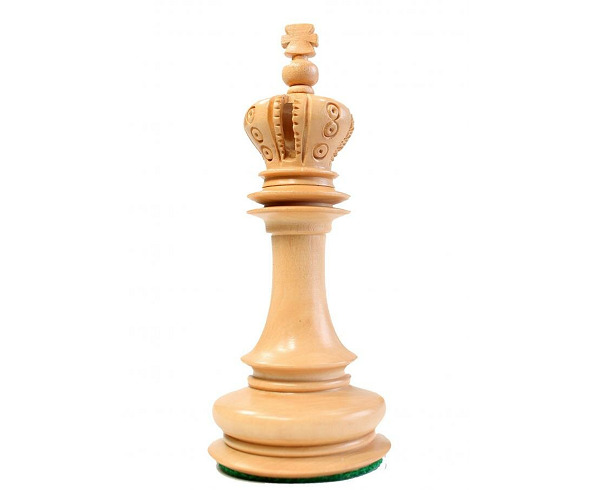
The King is the main chess piece, but it is not the strongest. The goal of a chess game is to checkmate the opponent’s king (i.e., put it in a position where it has no defense). The king cannot be removed from the board, as it remains on the chessboard until the end of the game.
The King can move one square in any direction, horizontally, vertically, or diagonally, forward, backward, or sideways.
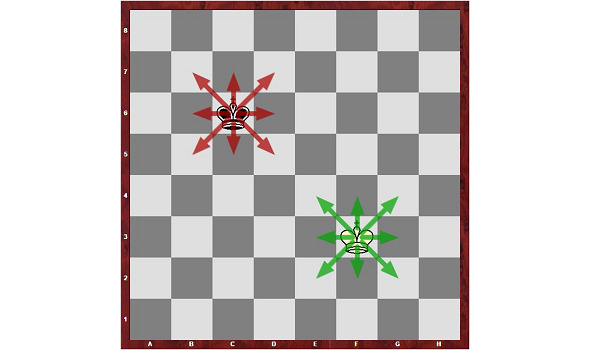
Unlike other pieces, the King cannot move to a square that is under attack from an opponent’s piece (under check) or another King.
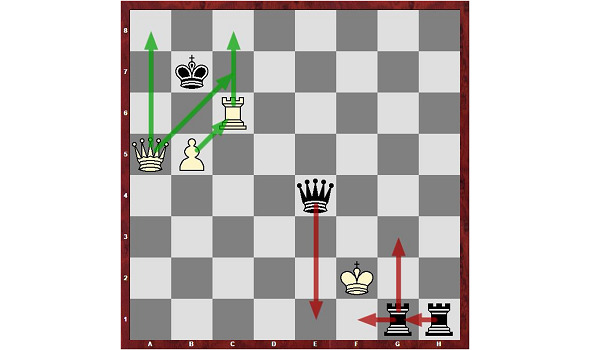
Attention! The minimum distance between the kings of both sides must always be one square, which neither of them is allowed to occupy.
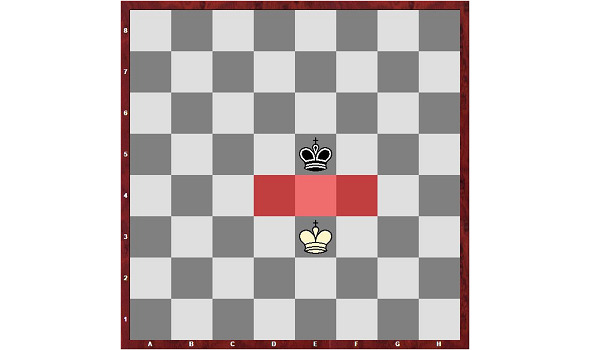
The Кing cannot jump over other pieces (like the knight, except for castling) and cannot be sacrificed (the king is not “eaten”). We have already discussed the rules of castling when studying the rook.
The Кing can attack any piece of the opponent that is adjacent to it, even the queen, if the occupied field is not protected by another piece or the king (since such a move is considered impossible due to the threat of checkmate).
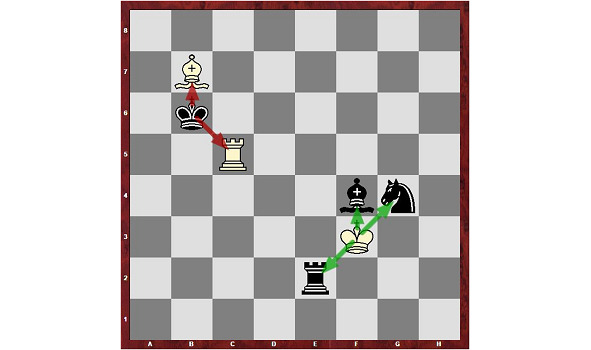
This is interesting:
King — from the Persian name “al-shah” — king.
The name of the game itself comes from the Persian words “shah” and “mat”, literally — “the king (or shah) died”.
The chess king in all languages denotes the supreme ruler.
In England — king, in Gerмania — König, in France — roi, in Bulgaria — Tsar.
The value of the pieces is nominal (in a real game, the power of the pieces depends on many things, which we will study. (Sometimes a pawn is stronger than an entire army).
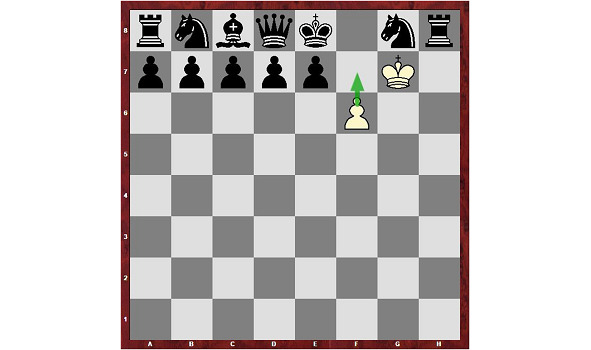
Pawn – 1 point, Knight – 3 points, Bishop – 3 points, Rook – approximately 5 points, approximately Queen – 9 points, King is priceless.
Since the pawn is 1 point, it is customary among chess players to evaluate the figures by the number of pawns.
The value of the figures is necessary to know in order to understand which figure can be exchanged for the opponent’s figure, whether it is beneficial or not. For example, a Knight can be exchanged for an Elephant, which is an equivalent exchange (assuming the positions are equal), and it is advantageous to exchange a Knight or an Elephant for a Rook, resulting in a gain of approximately two pawns (known as a “quality” gain in chess terminology). A Queen is approximately equivalent to two Rooks, and so on.
Knights and Elephants are referred to as “light pieces,” while Rooks and Queens are considered “heavy pieces.”
The rules of the FIDE game, the move
So, the move is considered to be made:
when moving a piece to a vacant square, when the player’s hand releases the piece;
when capturing, when the captured piece is removed from the board and when the player, placing their piece in a new location, releases it;
when castling, when the player’s hand releases the rook that has become on the square that the king has crossed;
when a pawn is promoted, when the pawn is removed from the board and the player releases their hand from the new piece placed on the promotion square;
Touching a piece.
By warning the opponent in advance, (saying “I’m correcting”) the player can correct the position of one or more pieces on their boards.
Otherwise, if the player touches:
one or more pieces of the same color, they must move or capture the first piece they touched that can be moved or captured
one of their own pieces and one of the opponent’s pieces, they must capture the opponent’s piece with their own piece; or, if this is not possible, they must move their own piece; or, if this is not possible, they must capture the opponent’s piece with any
1.4 Attack on a piece, checkmate, stalemate, draw.
Attack is the creation of a threat to capture an enemy piece.
Attack on an enemy piece occurs in the direction of your piece’s movement, except for pawns and knights.
For example:
A bishop both moves and attacks a piece or a pawn of the opponent.
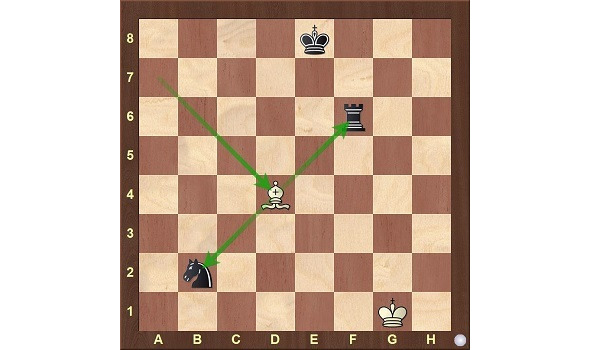
A rook can both move and attack an opponent’s piece or pawn.
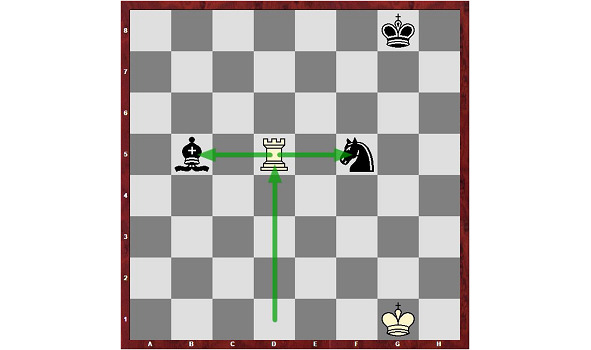
A queen can both move and attack an opponent’s piece or pawn.
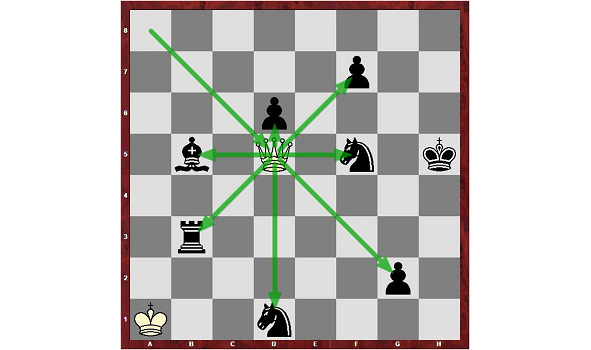
A king can both move and attack an opponent’s piece if it is not protected by another opponent’s piece or pawn.
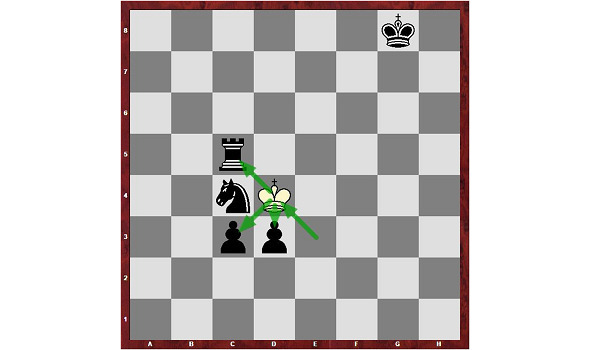
Please note! The king did not attack the knight, as it is protected by the rook.
The knight, unlike other pieces, does not attack in the same way as it moves. It seems to jump over the pieces in its path and attacks the opponent’s piece that is standing on the square where it lands after its jump.
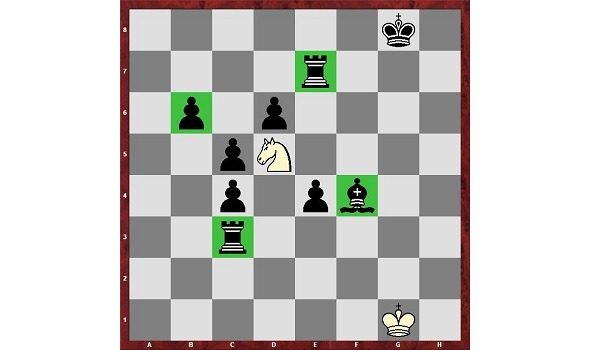
A pawn, unlike other pieces, does not attack in the same way as it moves.
(it moves straight and attacks diagonally (at an angle)).
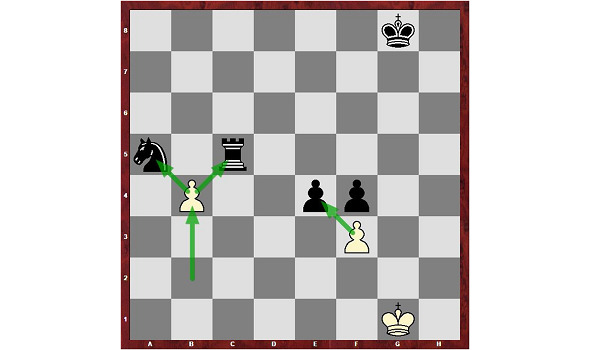
Garde (French gardez “take care”) — an attack on
the farm (obsolete; the declaration “garde” is not necessary).
This is the fall of the king.
Check the Elephant.
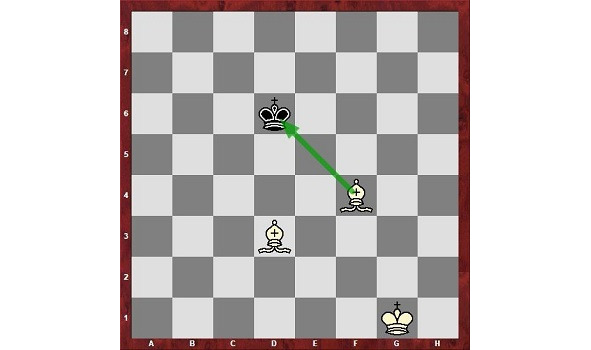
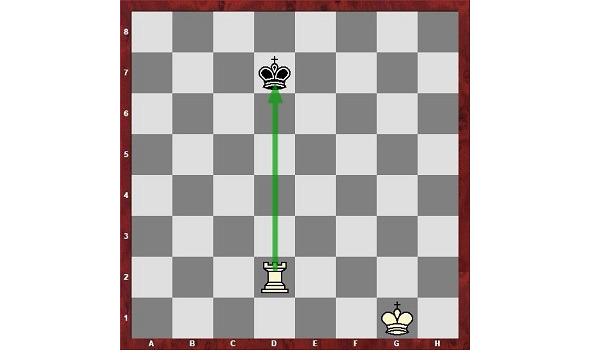
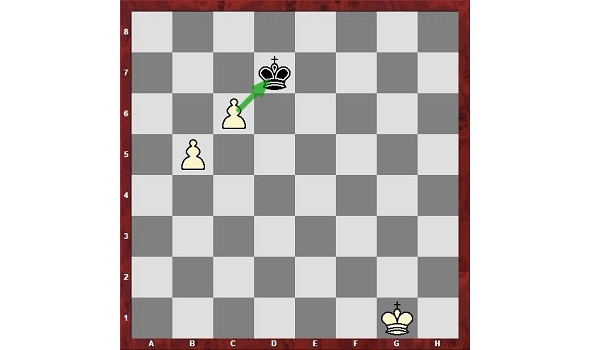
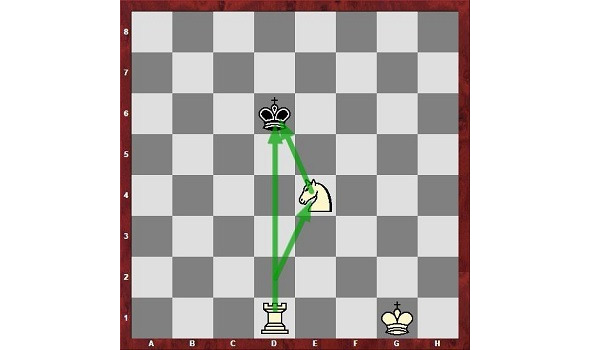
A double checkmate — is when the king is attacked by two pieces. A double checkmate. The knight was on d2 and blocked the rook, then moved to e4, checkmated the black king, and opened the white rook, which in turn also checkmated the enemy king.
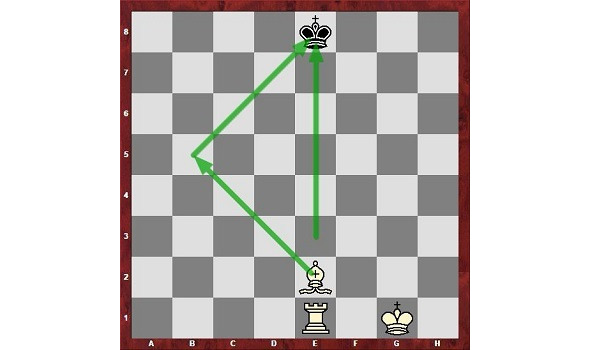
If the white bishop moves to b5, then the black king will be in check from the bishop and the rook.
Perpetual check is when the king has no way to escape or defend against checks, and the attacking side (the one giving the checks) has no way to checkmate, and cannot strengthen their position (for example, if they stop giving checks, they will be checkmated themselves.) Perpetual check is a draw (usually by agreement of the parties or by the judge’s award; three-fold repetition of the position or the 50-move rule).
An example of perpetual check. White is in checkmate, with no defense, so White is forced to give perpetual check on the green-colored squares. Black’s king cannot escape checkmate or defend itself. It is a draw.
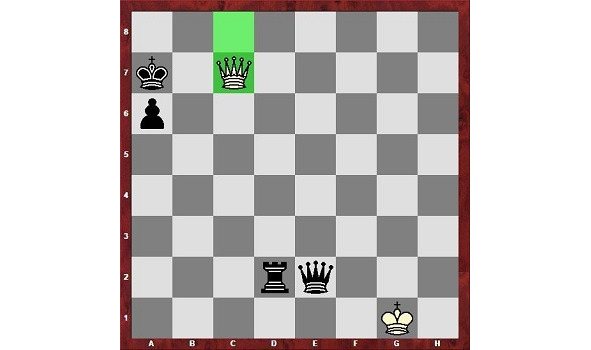
Mate is an attack on the king (check), from which there is no defense.
THE GOAL OF THE GAME OF CHESS IS TO GIVE A MAT TO THE ENEMY KING.
The so-called Linear Mate (the mate is given by “heavy pieces”, rooks or a rook and a queen along the lines — horizontal or vertical.
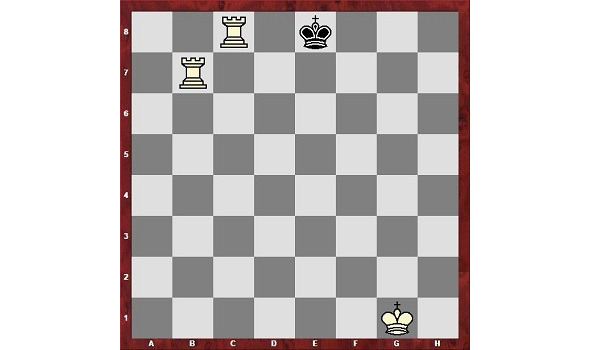
A rook checkmate is placed when the King is on the edge of the board and the King of the attacking side is directly opposite it.
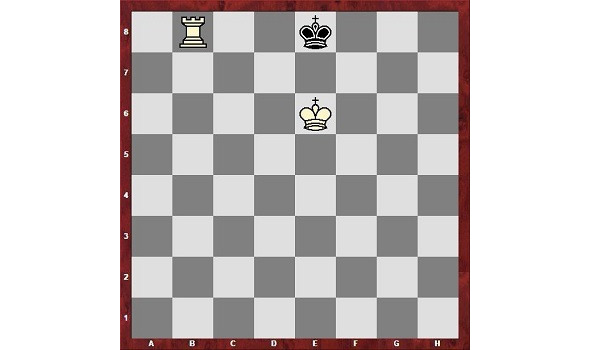
Checkmate with a Queen and a King. (It is customary to say checkmate with a Queen, of course, meaning checkmate with a Queen and another piece, since it is impossible to checkmate with a single piece. Even a “stolen” checkmate (see below) is checked with the participation of the opponent’s pieces.
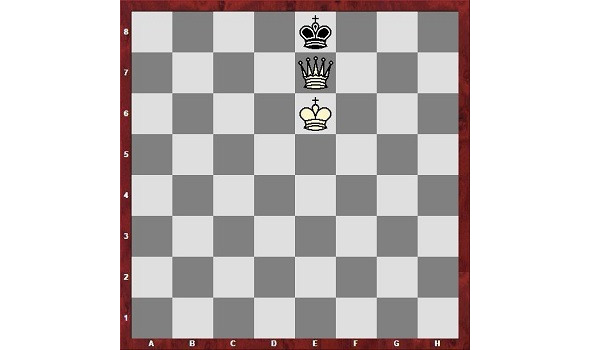
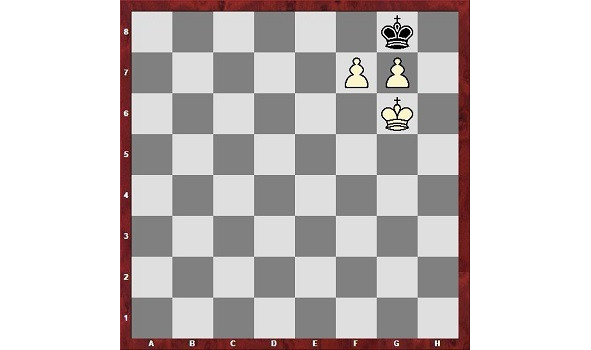
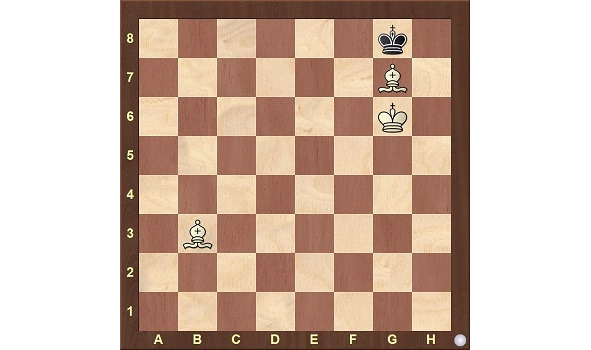
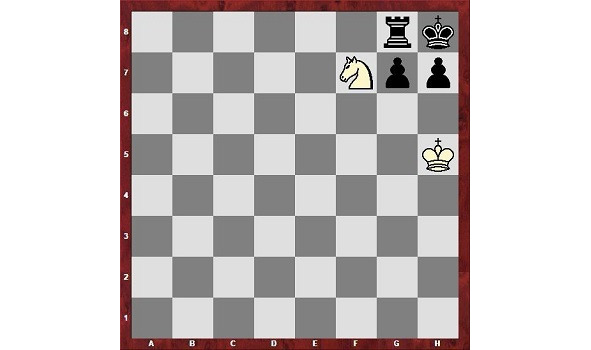
A draw in chess.
A draw in chess is the result of a game in which neither player was able to win. For a draw, each player receives half a point.
A stalemate is a position in which the player who is supposed to move cannot make a move (there is nowhere to move), but their king is not under attack (in check), and the game automatically ends in a draw.
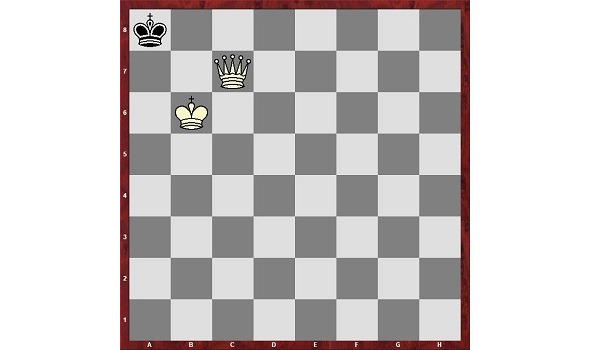
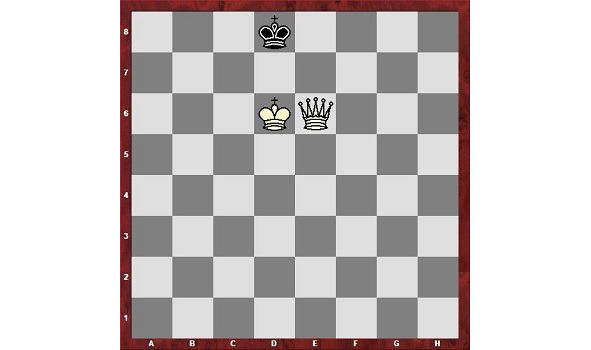
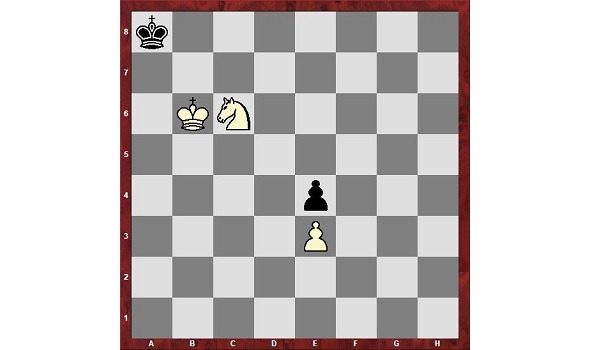
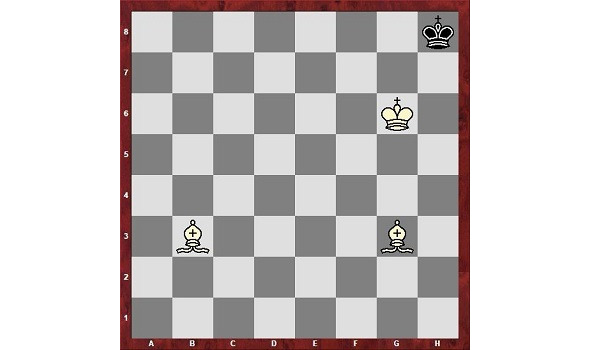
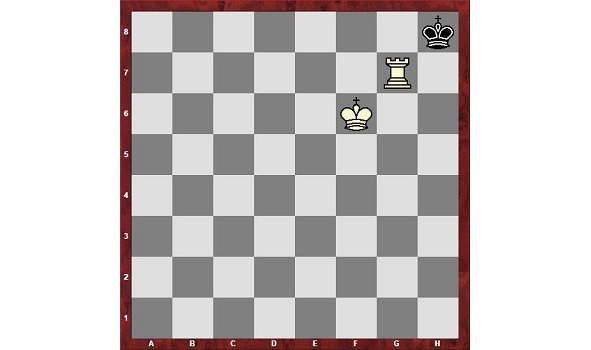
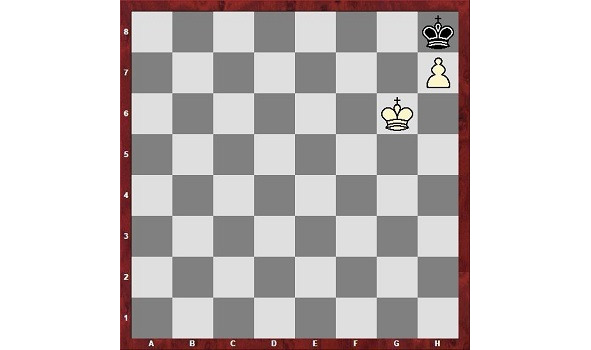
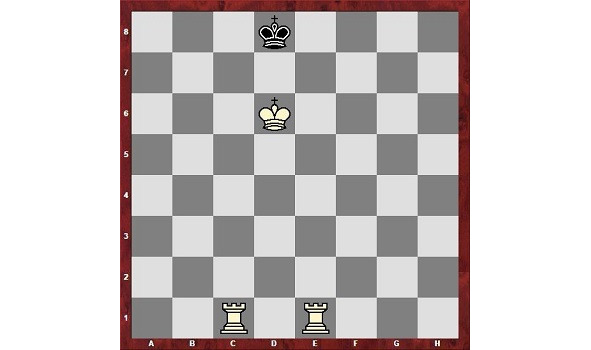
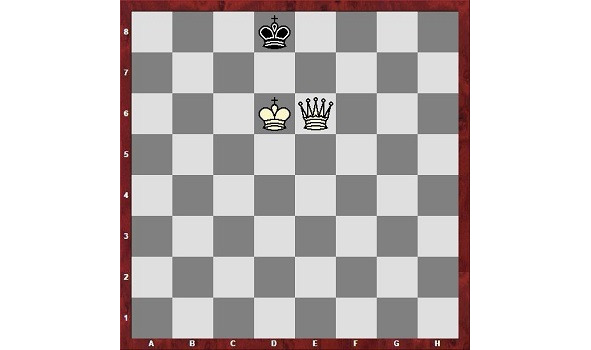
Even if your opponent has an army and you only have one King, a draw is still possible. Draw.
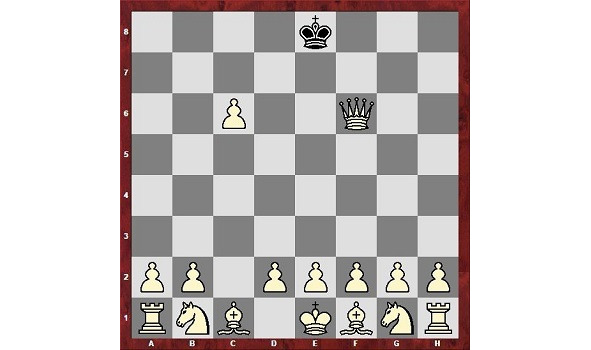
A stalemate is also possible with many pieces.
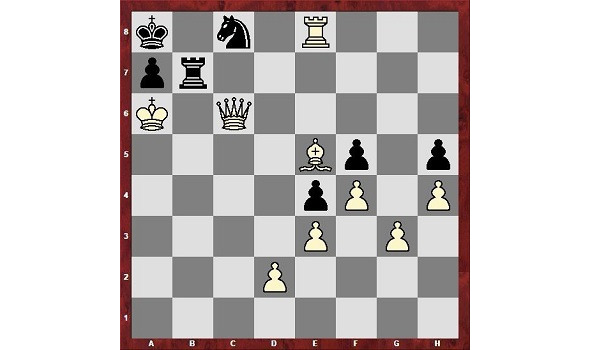
A multi-piece stalemate position. The black pieces cannot make any moves, and the King is not under check — Stalemate. Draw.
A draw is recorded in the following cases:
1. By agreement of the players.
2. There is not enough material (pieces) to win.
For example, only kings remain on the board, a king and a knight against a king, a king and a bishop against a king, a king and two knights against a king
3. By the judge’s award. Repetition of the position three times (not necessarily in succession). If the players have not made a single pawn move in the last 50 moves, nor have they made any captures, then the game is declared a draw.
FIDE rules of the game, partners
Chess is usually played by two players (called chess players) against each other. It is also possible for one group of chess players to play against another or against one player, such games are often referred to as consulting games. In addition, there is a practice of simultaneous game sessions, when several opponents are playing against one strong player, each on a separate board.
In modern official tournaments, the rules of the International Chess Federation FIDE apply, which regulate not only the movement of pieces, but also the rights of the referee, rules of conduct for players and time control. A game played remotely, such as by correspondence, telephone, or the Internet, has special rules. There are many variations of chess that differ from the classic game, such as those with non-standard rules, pieces, board sizes, and so on.
Chapter 2
Chess notation. How to start a chess game. (Child’s checkmate, checkmate in 2 moves, Legal’s checkmate.) Opening (opening classification, gambits), middlegame, endgame. How to play the opening correctly. Which openings should be played and why. (open)
Chess notation
Currently, chess tournaments are played with different time controls. There are classical tournaments (60 minutes or more for each player), rapid tournaments (less than 60 minutes for each player), and blitz tournaments (less than 10 minutes for each player).
In classical tournaments, it is customary to record chess games. This is done using a special notation system. It is necessary to know it in order to be able to watch games (in chess books, magazines, solve chess problems and combinations, etc.), record your games and analyze mistakes, watch games of masters and grandmasters in order to learn.
Chess notation (full and incomplete, Russian and international), recording a chess game.
K — King — K
F — Queen — Q = 9—10 pawns
R — Rook — R = 5 pawns
B — Bishop — B = 3 pawns
N — Knight — N = 3 pawns
p — (pawn or nothing). = 1 pawn
For example, a child’s checkmate in Russian notation is written as follows:
1. e2—e4 e7—e5
2. Bf1—c4 Nb8—c6
3. Qd1—h5?! Ng8—f6??
4. Qh5×f7#
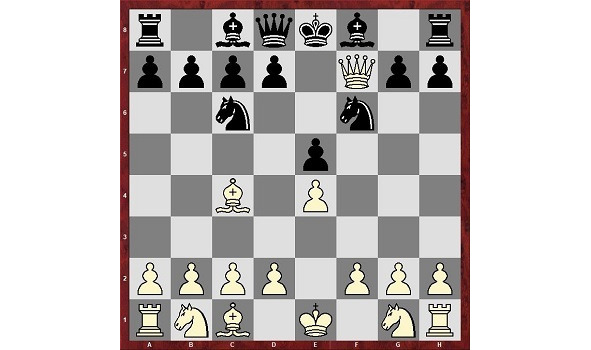
Attention!
Castling, both in Russian and in international notation, is written as follows:
in the long side 0-0-0, in the short side as 0—0.
Reduced notation of moves
The initial field and dash are omitted. The same game in reduced Russian notation looks like this:
1. e4 e5 2. Сc4 Кc6 3. Фh5 Кf6?? 4. Ф:f7#
In the international version of the notation, this checkmate will look like this:
1.e4 e5 2.Bc4 Nc6 3.Qh5 Nf6 4.Qf7# so only the name of the pieces is changed from Russian to Latin.
If the notation does not record the move unambiguously (for example, two identical pieces can move to the same square), one of the coordinates of the original square is added, for example, Rae1 or N3c4.
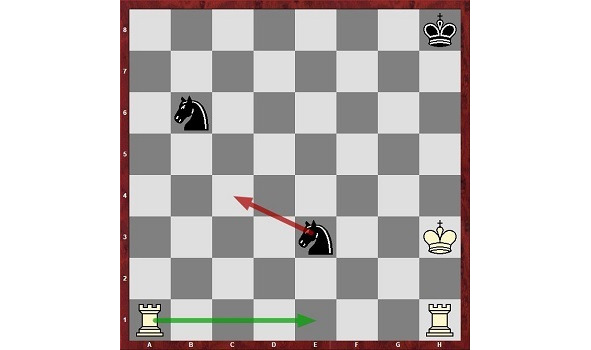
One of the coordinates of the source field is added, for example, Rae1 or N3c4.
Pawn captures are recorded cd4. Sometimes (most often in the old literature) there is a cd4 or cd recording (if unambiguous).
For a check, a plus sign (+) or two plus signs (++) is a double check. For the mat — there is a grid (#), in the old version (x).
For a draw, there is a "=" sign.
! — good move.!! — a great move.
!? — an interesting move. For example, a clever trap in a lost position.
?! — a questionable move. For example, a sacrifice that requires a complex attack.
? — a mistake — a bad move that should not have been played.
?? — a gross mistake or a clear “yawn”. For example, putting a queen in check or not seeing an opponent’s checkmate.
In this case, the “Yawn” was the move 3...Nf6??, where Black “Yawned” the checkmate 4. Qf7#, although it was possible to defend against the checkmate, for example: 3…g6.
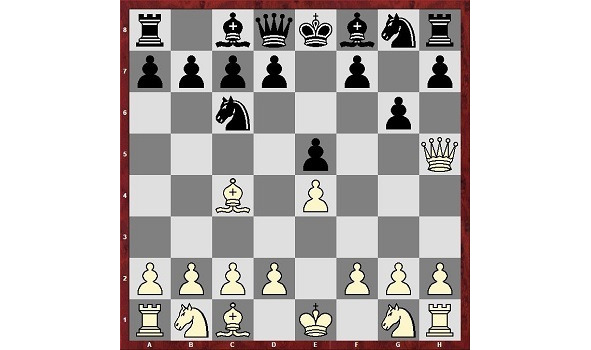
The reasons are different: making hasty decisions related to overestimating their capabilities, playing into a trap, chasing the beauty of the position, chess “blindness” – just does not see, time pressure, does not feel danger, fatigue.
Yawn do usually novice chess players, but happen and with Grandmasters.
Famous « Yawn” and Examples of yawn grandmasters
Chigorin — Steinitz, 1892
The 23rd game of the 1892 World Chess Championship match
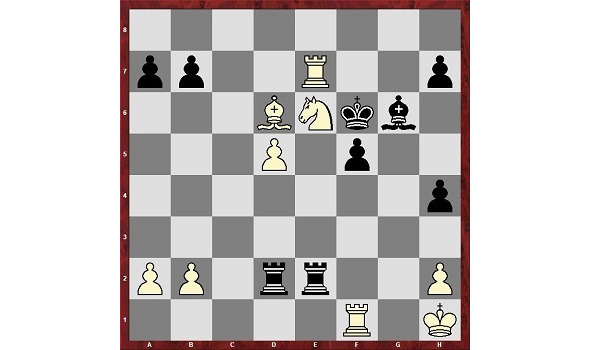
Chigorin — Steinitz, 1892
The position is practically won for White. And in this situation White makes a gross oversight: Chigorin attacks the black rook with a bishop, forgetting that it protects the h2-pawn. 23. Bb4??
After a quite predictable response
23. … R:h2+
Chigorin resigned, due to the inevitable checkmate 24. Kg1 Rdg2#. This yawn cost the Russian maestro the entire match. Later, Chigorin wrote that he attributed the yawn to fatigue; by the end of the two-month match, he was completely exhausted.
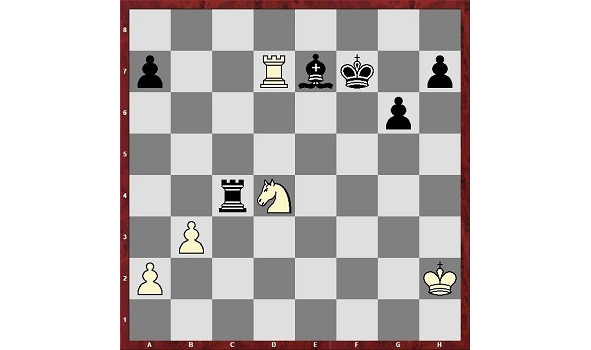
Ebralidze — Ragozin, 1937 USSR Championship
To the position on the diagram, both came in a time-pressure, apparently this is the reason for the mutual “yawn”. Black played: 40…Rc7??. They expected that on 41. R:c7 will follow 41...Bd6+ with the recapture of the rook, but they forgot that the bishop is tied. The most surprising thing was that Ebralidze, like his opponent, believed that this variation was possible, and played 41. Rd5??
Soon, Ebralidze made another serious mistake: 41. …Bf6 42. Nb5 Rc2+43. Kg3 a6 44. Rd7+ Ke8 45. Rc7?? Be5+
and the game ended in favor of Ragozin.
Deep Fritz — Vladimir Kramnik, 2006
match of the chess program Deep Fritz with Vladimir Kramnik. In the second game, Black has this position. Black is better, but White has every chance to draw the game. But here the current world champion makes a gross mistake.
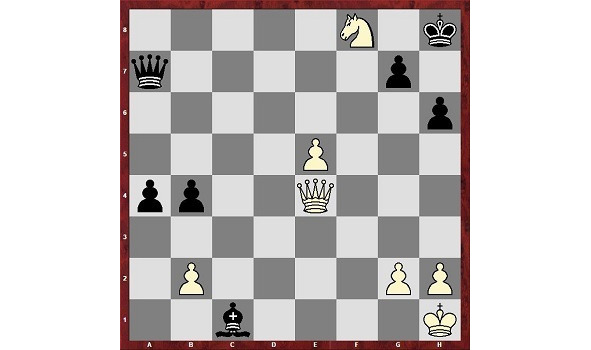
Deep Fritz — Vladimir Kramnik, 2006
34… Qe3?? 35. Qh7#
This incredible miscalculation was called the “yawn of the century” by Zsuzsa Polgár. Kramnik himself admitted at a press conference after the game that he could not explain his yawn.
TIP
When you learn chess notation, be sure to write down your games so that you can analyze them. Review your game again, move by move. Think about where you could have made different moves, what you (or your opponent) didn’t notice during the game, and what mistakes you made. Self-analysis is crucial for improving your skills as a chess player, even if you’re a world champion.
Try not to play against opponents who are much weaker than you (you won’t learn anything from them) or against opponents who are much stronger than you (you’ll lose and won’t even understand why). Choose opponents who are slightly stronger than you, so you can learn from their skills while providing adequate resistance and maintaining your enjoyment of the game.
Beginners should not play with the computer. Chess computer programs are too weak at easy levels and make stupid mistakes that a human would never make, and too strong at difficult levels. Try to play with real people. If you don’t have opponents in real life, find them online. Participate in amateur tournaments.
But once again, try to play with real people. Find 2—3 opponents of your own skill level. Why 2—3 and not just one? Because each player has their own unique style and skill level, which is what makes chess so fascinating. Even if they play the same opening, they will still have different approaches to the game.
Solve combination problems, it is mandatory! Solving combinations develops the so-called combination vision. Since combinations occur in almost all games, it is vital for chess development. They train the vision of tactical combinations and prepare for real play. Having learned to cope with training problems, you will find a solution faster in practice.
Masters and grandmasters do not think about simple chess combinations, they see them from afar and try to bring their opponent to a position where they can execute this combination. Therefore, the knowledge and execution of simple combinations should be automated. It is preferable to solve combinations from practical games rather than from beautiful problems and studies (beautiful problems and studies are more for the aesthetics of chess than for practical play). The more combinations you solve, the faster you will improve your skill.
Make it a rule to solve a certain number of combinations every day (10,20,30), but try to solve them every day. You will know when you are strong enough in combination vision (when you can easily solve combinations in a few moves. HOWEVER, THERE IS NO LIMIT TO PERFECTION. In addition, good combination vision saves a lot of time during a game, especially in blitz or rapid games. COMBINATIONS WITH SOLUTIONS AND EXPLANATIONS are available in separate collections.*
Analyze the games of masters.
How to start a chess game
Principles of playing in the opening.
REMEMBER THREE WORDS (this is easy and will be remembered for life).
Centre. Development. Castling.
1. Center. Capture the center with pawns.
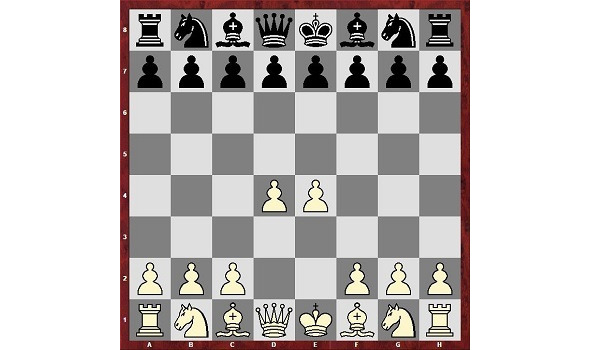
Capturing the center with pawns.
Why the center? Because whoever controls the center has an advantage, for one simple reason: it is easier to move pieces from the center to any of the flanks.
For example, consider how long it takes for a knight to move from one flank to another or from the center to a flank. Let’s say it needs to assist in an attack and reach the h7 square.
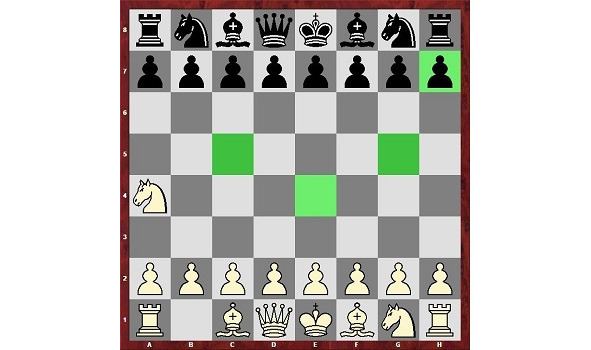
He needs 4 moves, but only 2 from the center.
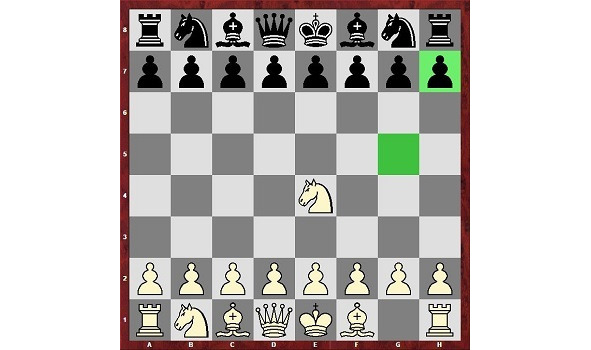
In chess, every move counts. The same goes for other pieces. Although they are long-range, they are still closer to the center, especially since the game often shifts from one flank to the other, and it is faster to move pieces to the flank if they are in the center.
If given the opportunity, capture the center with your pawns. However, there is a nuance in semi-open openings, where Black intentionally gives up the center in order to undermine it later.
This is especially noticeable in Alekhine’s defense after the moves
1.e4 Nf6 2.e5 Nd5 3.d4 d6 4.c4 Nb6 5.f4
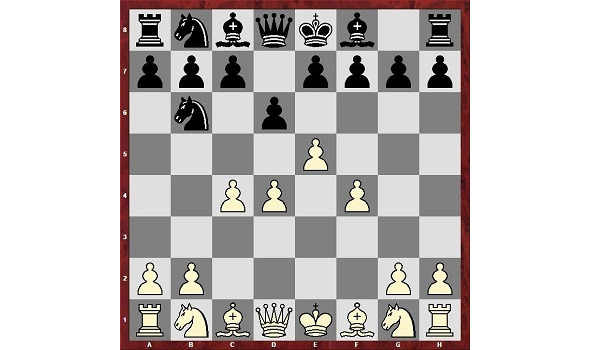
Nimzowitsch’s Opening
1.e4 Nc6 2. d4
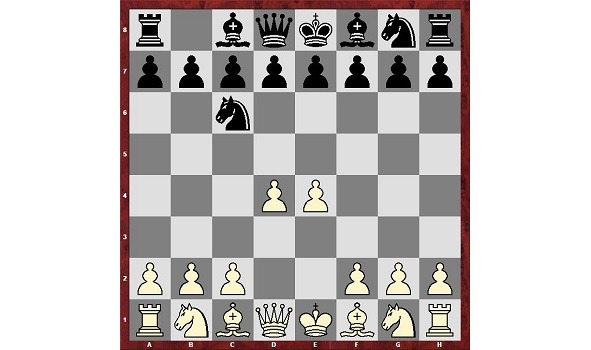
in the Pirc-Ufimtsev defense.
1.e4 d6 2.d4 Nf6 3.Nc3 g6 4.f4 Вg7
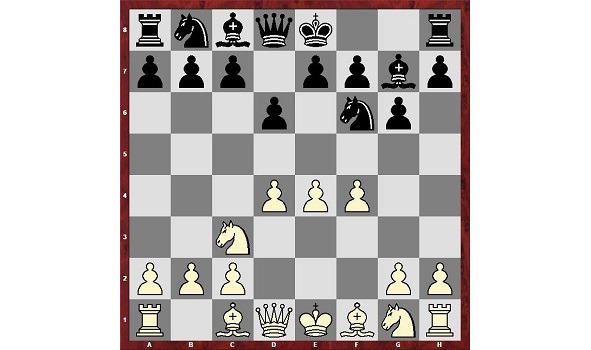
But more on that later.
By the way, this is how you can immediately determine whether the player is a beginner or a master. However, beginners often give up the center due to a lack of knowledge about opening play. Therefore, feel free to occupy the center.
2. Development. Rapid development of pieces (first of all light knight, bishop).
We need to actively use our pieces from the very beginning — to exert constant pressure on our opponent’s position and ultimately — to win. That’s why in the opening we should try to bring the pieces as quickly as possible and on the best available fields (these are the central fields or fields from which the figure attacks the center of the board).
Why light, and because they enter the battle faster than rooks (they need open lines), and the queen because it is the strongest piece and in the beginning of the game it can be attacked by weaker pieces. The queen usually acts in conjunction with other pieces and delivers a decisive blow.
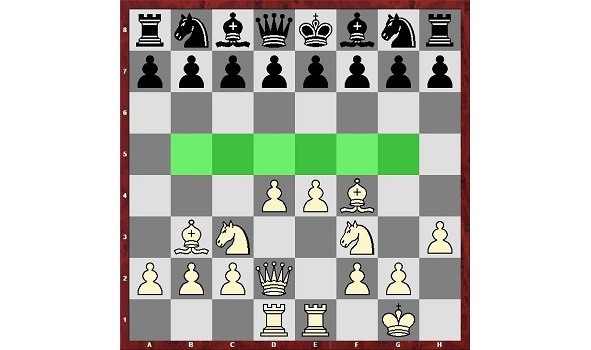
The approximate position of the pieces in the opening, which should be followed.
Look. The white pawns have captured the center, the light pieces are in active positions and control a very large part of the board, and they themselves are almost invulnerable. The bishops are targeting the opponent’s position from a distance, the knights are controlling the center with the support and cover of the pawns, and the rooks and queen are focused on the semi-open lines in the center of the board, ready to engage in battle and support the advance of the pawns.
A common mistake of beginners is to keep the king in the center for too long, or to start a pawn attack while the king is still vulnerable. Such actions can end badly (and if your opponent is experienced, it will happen necessarily), and you will quickly get lost.
Based on many years of experience in teaching chess players, I can say with confidence that 90% of novice players forget to castleboard. As a rule, after the development of the pieces, they get carried away with attacking and forget about their king. They always think that they are about to checkmate, or else they will have time to cast.
Although, in fact, castling is a very strong move, since it is the only move by two figures (unique in its kind) and, moreover, it usually ends development.
Checkmate in 2 moves and Legal’s checkmate. Why? To show the weakness of the f7 square (White’s f2 square is also weak, but not to the same extent, as White has the first move) from the very first moves. And Legal’s checkmate is a classic in chess, as White sacrificed their queen and achieved a beautiful checkmate with a knight. (If you are given the strongest piece, the queen, consider whether it is a “oversight” or a clever trap!)
Checkmate in 2 moves 1.g4 e5 2.f3 Qh4#
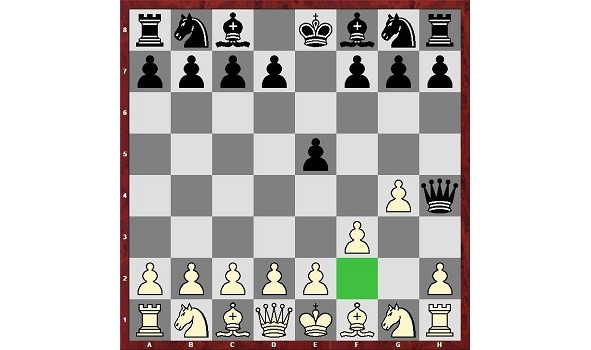
The famous Legal’s checkmate.
The Legal’s checkmate is a checkmate that was first encountered in the chess game between Legal — Saint-Brie in Paris in 1750.
1. e4 e5 2. Bc4 d6 3. Nf3 Nc6 4. Nc3 Bg4, then the Legal makes a deliberately erroneous move (Saint-Brie was a very weak player), opening the queen, which Saint-Brie uses without noticing the trick: 5. Ne5? B:d1?? (better it was 5. … Ne5!, after which White would have been left without a knight, or 5. … de, but after the move 6. Qg4, White had an extra pawn), Legal apparently knew well who he was dealing with… 6. Bf7+ Ke7 7. Nd5# — checkmate, which entered the chess literature by the name of the “discoverer” as “Legal Checkmate”. In this combination, the knight checksmate the opponent.
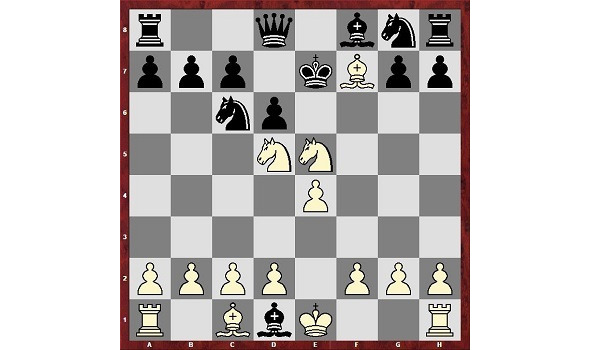
Simple rules of the game in the opening
1. Do not move the same piece twice unnecessarily.
2. Do not waste time (tempo) on moves with extreme pawns, it is more important to develop the pieces faster.
3. Do not bring out the queen prematurely.
4. Do not rush into a speed attack unprepared.
5. Do not engage in “chasing pawns”.
Remember that tempo in the opening is sometimes more important than a pawn!
Debut
Debut (opening classification, gambits), middlegame, endgame.
In chess, it is customary to divide the game into three parts: the opening, the middlegame and the endgame.
It is difficult to draw an exact line between these parts of the game in terms of the number of moves. The opening, middlegame, and endgame flow seamlessly into each other. And it doesn’t make any sense from a theoretical and practical point of view.
We all say debut, debut, so what is it?
début, literally translated from French, means the beginning, the appearance.
It is generally accepted that the duration of the opening stage is approximately 10 to 25 moves, depending on the variation.
Until the 20th century, most chess players preferred to play mostly open openings.
Gradually, openings were studied and new ones emerged. Many of them were named after the country where they were first used or the chess player who invented or significantly contributed to their development.
For example, the Alekhine Defense and the Nimzowitsch Defense. Spanish, Scottish, etc.
As the number of openings increased, they had to be classified over time. The classification is based on the development of the pieces.
In general, all openings are divided into
1. Open openings
2. Semi-open openings
3. Semi-closed openings
4. Closed openings
5. Flank openings
It is very difficult to distinguish between semi-closed, closed, and flank openings.
Therefore, we will stick to the classical classification
1. Open 2. Semi-open 3. Closed
Open openings.
These are the oldest openings. White plays e2-e4, and Black responds with e7-e5.
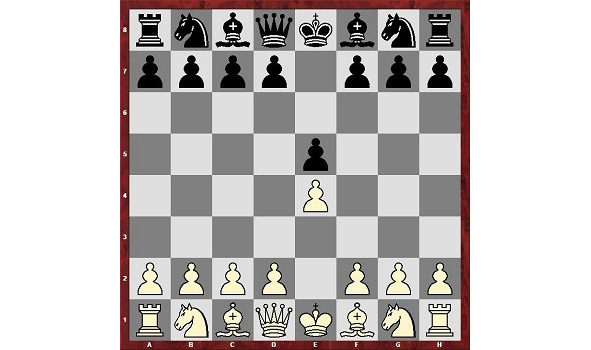
Open openings appeared more than 500 years ago. Until our time, they were the most popular, but even now their popularity is very high, especially among novice chess players, and it is on them that we will pay special attention a little below.
What characterizes open openings? First of all, the rapid development of all figures, opening the center and attacking the king.
List of open openings
Parham’s Attack
Hungarian Game
Vienna Game
Blackburn’s Gambit
Rousseau’s Gambit
Urusov’s Gambit
Alapin’s Opening
Vorotnikov’s Opening
Constantinopol’s Opening
King’s Pawn Opening
King’s Knight Opening
Napoleon’s Opening
Pontziani’s Opening
Bishop’s Opening
Three Knights Opening
Four Knights Opening
Protection of Greco
Protection of Gunderam
Damiano’s Defense
Protecting 2 Knights
Protection of Philidor
The Spanish Party
The Italian Party
The King’s Gambit
The Latvian Gambit
The Russian Party (Petrov’s Defense)
The central opening
Central countergambit
The Scottish Party
The list is large, but mostly played by: Hungarian Party,
Vienna Game, Four Knights Opening, Two Knights Defense, Philidor Defense, Spanish Game, Italian Game, King’s Gambit, Russian Game, Central Opening, Scottish Game.
Semi-open openings.
Black can respond to e2-e4 with any move except e7-e5.
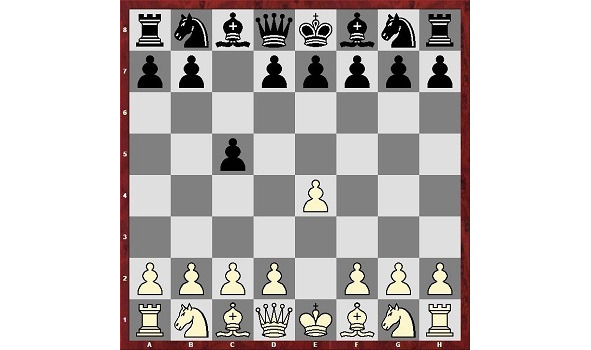
Semi-open openings are characterized by the fact that Black cedes the central squares and makes other positional concessions, and in return, they gain the opportunity for active counterplay.
The popularity of semi-open openings lies in the fact that there are more defensive systems for Black than in open openings, plus the opportunity for counterplay, which means that Black can play for a win.
The most popular opening in semi-open openings is the Sicilian Defense.
List of semi-open openings
Nimzovich’s Opening
Alekhine Defense
Caro-Kann Defense
Pirc-Ufimtsev Defense
Sicilian Defense
Scandinavian Defense
French Defense
Owen Defense
St. George Defense
Closed openings.
When White plays any move other than e2-e4.
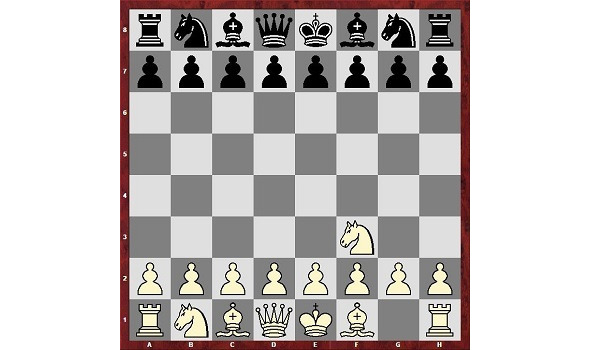
The 20th century was characterized by a revision of the entire opening theory, and closed openings became popular. The Queen’s Gambit became the most played opening. The Queen’s Gambit became dangerous. Other openings were developed against it, such as the King’s Indian Defense, the Grünfeld Defense, and the Nimzowitsch Defense.
With the introduction of closed openings, the importance of controlling the center and quickly developing pieces diminished. Closed openings are characterized by the refusal to immediately advance the central pawns, figurative pressure on the center, flank development of the bishops, and then pawn undermining.
List of Closed Openings
Chigorin Variation
Blackmar-Dimer Gambit
Dutch Gambit
Queen’s Pawn Opening
Ragozin Defense
Tarrasch Defense
Chigorin Defense
Catalan Opening
Albini Counter-Gambit
Vinawer Counter-Gambit
Refused Queen’s Gambit
Accepted Queen’s Gambit
Slav Defense
Queen’s Gambit
Gambit — (from Italian. gambetto — footstool) — a common name for openings in which one of the parties in the interests of faster development, capture of the center or simply to sharpen the game sacrifices material (usually a pawn, but sometimes a piece).
Gambits were very popular in the 19th, early 20th century, in the era of the heyday of combinational attacking game.
The meaning of a gambit: victory is not in numbers, but in skill.
A brief overview of gambits
Gambits in open openings
The King’s Gambit 1.e4 e5 2.f4
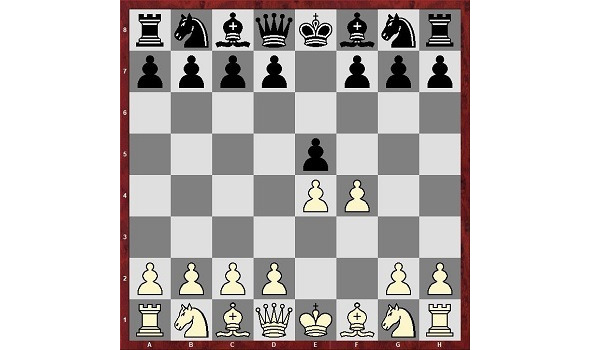
This is probably one of the oldest gambits, and it is still relevant today.
The idea behind the pawn sacrifice is that:
White captures the center with the d4 move and quickly develops their pieces.
After a short castling and the capture of the black f4 pawn, White gains the opportunity to attack the f7 square along the f-file.
The main disadvantage of the 2.f4 move is that it weakens the position of the white king. On the third move, there is a threat of checkmate with the queen on h4, and a material advantage with a pawn.
From the very first moves, an interesting and intense struggle begins, requiring attention and precise calculations from both sides.
Evans Gambit 1.e4 e5 2.Nf3 Nc6 3.Bb4 Bc5 4.b4
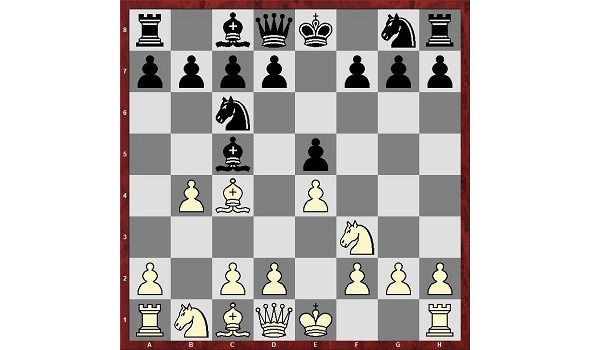
This is a very interesting gambit that offers great opportunities for attack and counterattack.
The Scottish Gambit 1.e4 e5 2.Nf3 Nc6 3.d4 ed 4.Bc4
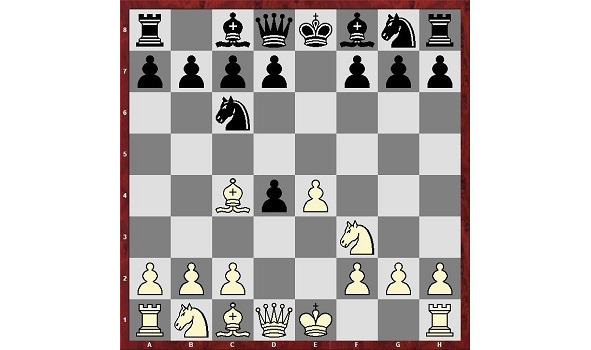
The Northern Gambit 1.e4 e5 2.d4 ed 3.c3 dc 4.Bc4 cb 5.Вb2
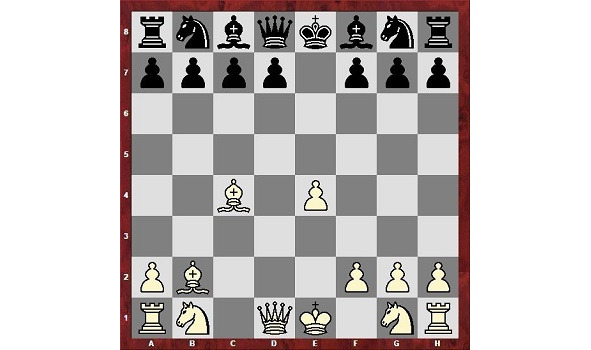
White sacrifices two whole pawns.
Gambits in semi-open openings
Sicilian Gambit 1.e4 c5 2.b4 cb 3.a3
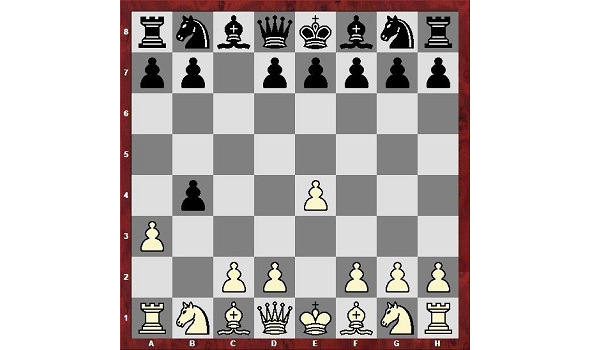
Morra’s Gambit 1.e4 c5 2.d4 cd 3.c3 dc 4.Nc3
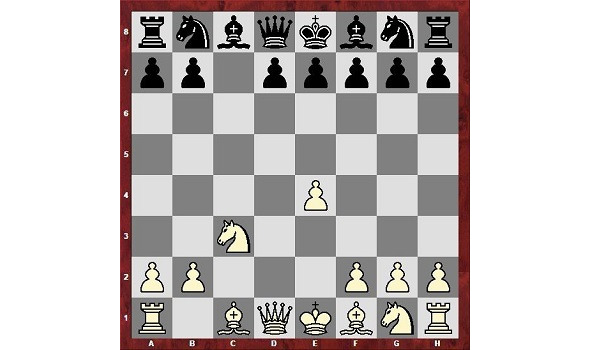
Albin Countergambit 1.d4 d5 2.c4 e5 3.de d4
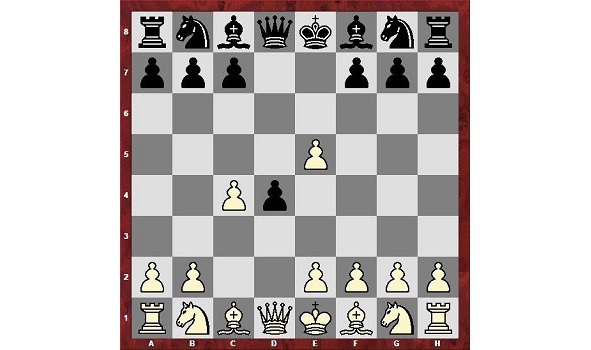
By sacrificing a pawn, Black slows down the development of White’s pieces. Additionally, the e5 pawn is weak and usually gets recaptured.
Volga Gambit 1.d4 Nf6 2.c4 c5 3.d5 b5 4.cb a6
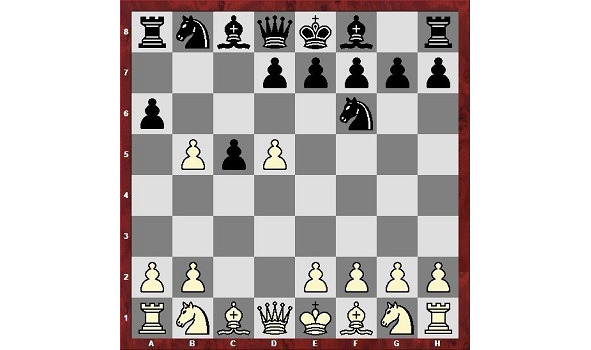
This is a popular gambit for Black. The idea is purely positional — to organize pressure on the queen’s flank along the open lines “a” and “b” with the support of the bishop g7.
Blumenfeld Gambit 1.d4 Nf6 2.c4 e6 3.Nf3 c5 4.d5 b5
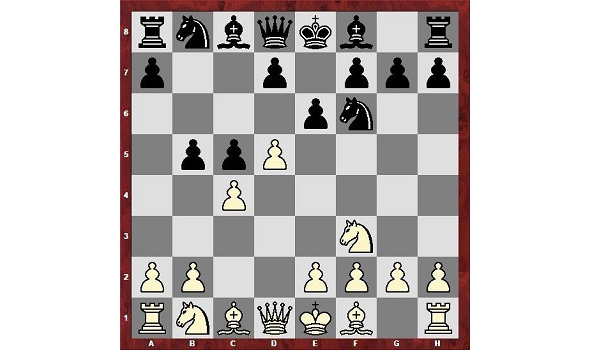
In terms of ideas, it is similar to the Volga Gambit.
Countering Gambits
In his time, the second world chess champion, Emanuel Lasker, suggested a way to deal with gambits: instead of holding on to the material advantage, return it at the first opportunity. This is done to regain the initiative or simplify the game. As a result, many gambits have lost their relevance.
There are three ways to respond to a gambit:
1. Accept the sacrifice and accept the gambit.
2. To reject a sacrifice – rejected gambit.
3. To offer a counter-sacrifice to a proposed sacrifice — counter-gambit.
Is it necessary to play gambits? Yes! Absolutely! Especially at the initial level of mastering chess. But it is advisable to apply them in training parties, blitz, in responsible competitions for the application of gambits, sufficient experience is required (which is not yet, unfortunately).
You will ask then why to play them? I answer: the fact is that gambit ideas are used much more often than the gambits themselves.
In gambits, tactical vision of the position is trained, the prerequisites for a possible combination are created, and, among other things, in gambits, it is most often possible to distinguish victims from yawns (because the opponent deliberately gives a pawn or a piece).
The list of gambits is much more than we have shown. I have named the most relevant and frequently used.
Try to prepare and play a gambit with your familiar chess player, and you will see how the opponent hesitated or even got into a stupor. And all because the opponent has to solve urgent problems from the very first moves. Especially if he hasn’t played the gambit yet.
The victim needs to make an instant decision about whether to accept or reject the offer, and what will happen next, and so on, and all of this takes time.
Mittelspiel
Mittelspiel (from German. Mittelspiel — the middle of the game) — the next stage of a chess game after the opening, in which, as a rule, the main events in the chess struggle — attack and defense, positional maneuvering, combinations and sacrifices develop. This stage of a chess game, which is characterized by a large number of figures and a variety of plans of the game. Sometimes a chess game passes this stage of the game and immediately goes to the endgame.
The Mittelspiel
Most chess players grasp how to act in the opening quite quickly. However, they do not have a clear idea of how to play in the middlegame. This is due to the fact that the middle of a chess game is the most difficult part, and it is impossible to rely on simple tips such as developing pieces and making a quick castling.
14 important principles of playing in the middlegame
1. The struggle for the center. Dominance in the center is beneficial
In chess, a player usually has an advantage if they control the center. Control of the center provides additional space, which in turn gives the pieces good positions. This fact is very important for both attack and defense. The struggle for the center is a crucial element in positional chess.
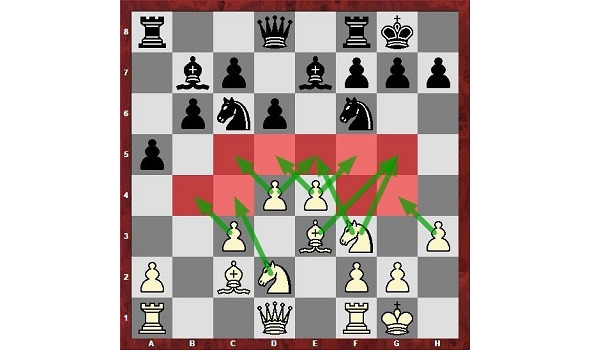
2. Centralize your pieces
Centralized pieces gain more importance in a chess game. This is especially true for knights, which control 8 squares in the center and only 2 on the edge of the board. In this sense, bishops are long-range pieces, but they can work on both flanks from the center. The same applies to queens.
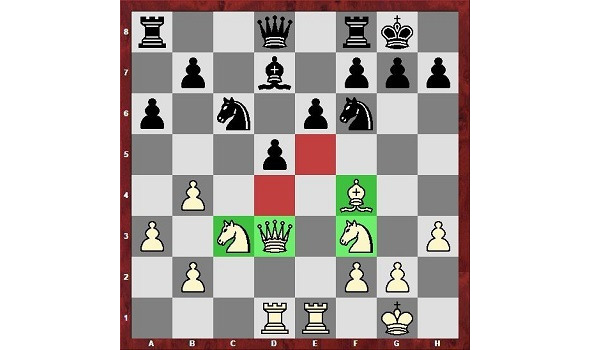
White has brought 4 of its pieces to the center. In the next move, it is ready to move its knight to e5. This knight in the center cannot be tolerated, and if Black trades, the white bishop will move to e5, targeting the black king.
3. Use outposts for the knight
An outpost — is a field in the opponent’s camp that is not controlled by any of their pawns. This field becomes particularly valuable if it is occupied by a knight. Knights are especially strong near the center of the board and near the opponent’s king.
The knight on the outpost restricts the opponent’s pieces. You gain space, reduce the mobility of their pieces, and create new threats.
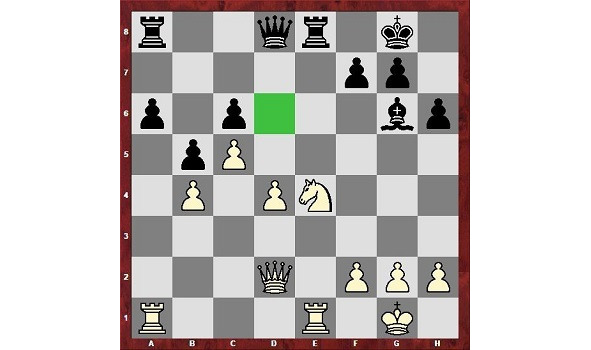
4. Avoid moving pawns in front of the king
As a rule, you should avoid moving pawns in front of the king. This weakens the king, opens up the diagonals and creates a lot of unprotected squares, because of this dangerous threats are created. Of course, there are exceptions to this rule, where the movement of pawns is favorable (for example, when the center is closed, but about this later).
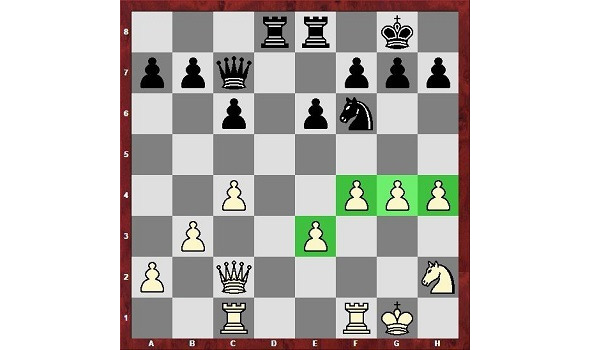
5. Exchange pawns towards the center
In most cases, central pawns are stronger than flank pawns, because they can control the most important squares (d4-d5-e4-e5). On these squares, the pawns support their own pieces and push back the opponent’s pieces, capturing space. Therefore, it is almost always necessary to exchange your pawns towards the center.
Example:
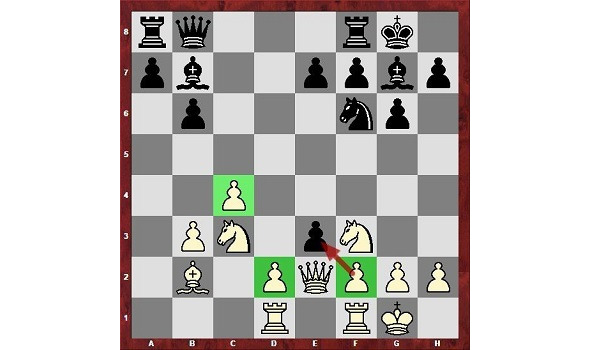
Here, White needs to play fe in order to create a powerful center with the c-d-e pawns. Additionally, the f-file is opened for the rook, which was previously inactive (the rook on d1 is already in an active position and will help promote the pawns).
6. Avoid pawn weaknesses (we will discuss strong and weak pawns in more detail later)
When pawn weaknesses appear, a simple plan for attacking these weaknesses also appears. Pawn weaknesses become increasingly obvious as the game approaches the endgame. Why is this the case?
Because as pieces disappear from the board, it becomes increasingly difficult to compensate for damaged pawns (such as attacking the king or advancing a passed pawn). Conclusion: it is necessary to carefully approach every change in the pawn structure and avoid weakening it unless there are other benefits.
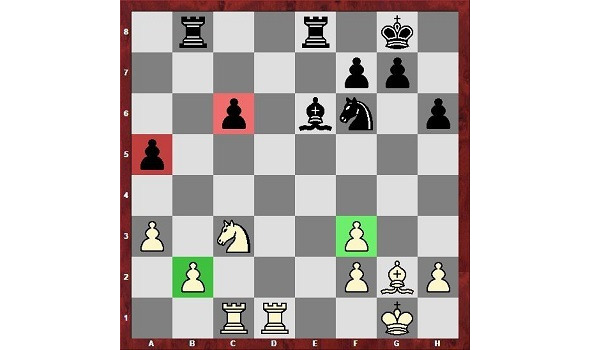
In this position, both sides have pawn weaknesses. White has doubled pawns on the kingside and a backward b2-pawn. Black has isolated pawns on the queenside.
7. Avoid weak squares in the position
Weak square (also weak point) is a square that cannot be defended or attacked by a pawn. Is one of the key concepts in chess strategy and tactics. Such squares become excellent outposts, so as soon as weak squares appear, immediately try to send your pieces there. It is especially dangerous to create weak squares in the center of the board or near the opponent’s king.
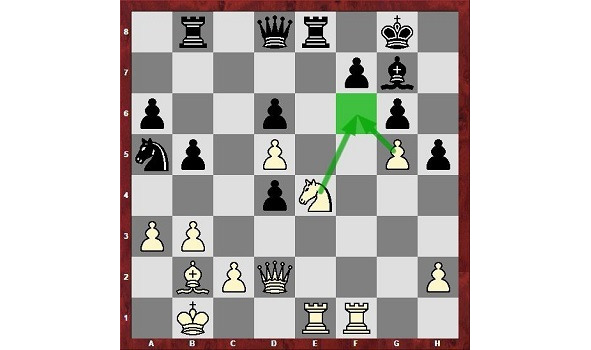
In the diagram, Black has a weak f6 square, which is located near the king’s position. The white knight can move there, followed by the pawn, creating checkmate threats with the support of the queen.
8. Block an isolated pawn with a knight
An isolated pawn can be both a weakness and a strength. It often supports pieces that attack the king. Additionally, an isolated pawn can move forward if its movement is not blocked. It is best to block a pawn with a knight, because the knight controls many squares in front of the pawn, and since the knight can jump over pieces, it can control squares by hiding behind the enemy pawn like a fortress and attacking from there. Additionally, the knight is not as valuable. Blocking with a queen is less effective, as the queen will have to retreat if attacked by any other piece.
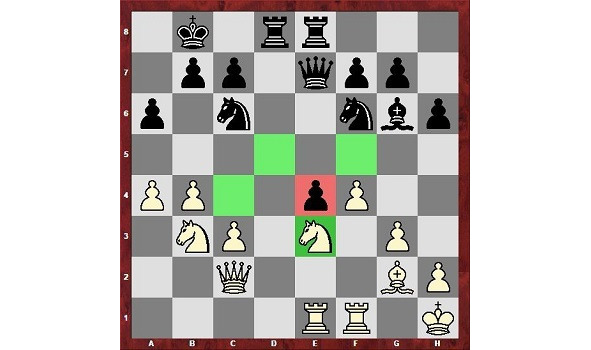
And vice versa, if your isolated pawn is blocked, you need to destroy this piece (in this case, the knight). In the position, the knight on e3 blocks the black pawn and controls the important squares c4, g4, d5, and f5.
9. Occupy open verticals with rooks
Rooks like open and semi-open lines
Rooks usually become very strong when:
1. They are placed on open lines
2. They are connected
3. They are doubled
A rook protects its position from enemy pieces and can try to invade the opponent’s camp. If there are open or semi-open lines, they should be occupied with rooks as quickly as possible.
Then, you need to double the rooks along the open vertical.
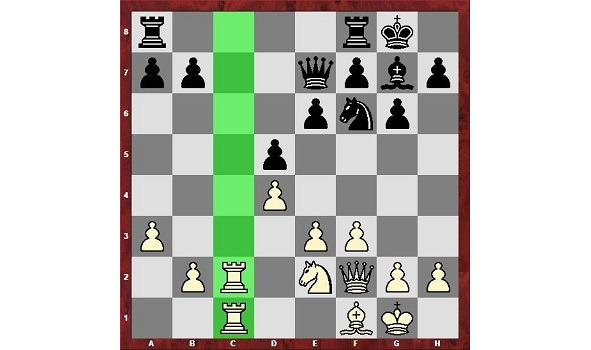
White has captured the “c” rank, which gives them an advantage. Black cannot place their rook on c8 to prevent White’s invasion on c7. To counter the invasion threat, Black must play their knight on e8, which ties up their other pieces.
Bishops
10. The bishop should be placed in front of the pawn chain
The bishop is a long-range piece. In open positions, the bishop controls more squares than in closed positions, making it more powerful. To make the bishop stronger, it should be placed on the open diagonals in front of the pawn chain. Placing the bishop behind the pawn chain is undesirable, as it reduces its strength.
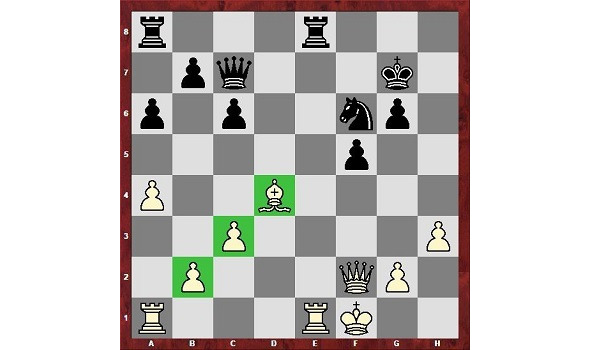
11. Try to keep a pair of bishops
This is called the advantage of two bishops. In open positions, a pair of bishops is a very formidable force. They control a large area, and their value is low, which allows them to attack the opponent’s heavy pieces.
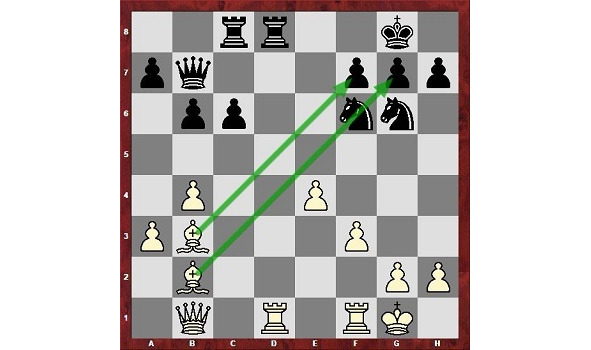
White bishops literally shoot through the center and the kingside, unlike the black knights, which have almost no control. With the support of their bishops, White can start advancing their pawns, such as f4 and then f5 or e5.
12. Avoid exchanging the fianchettoed bishop with your king’s castling (it is a powerful defender).
As a rule, it is not profitable to exchange a royal fianchettoed bishop, as this seriously weakens the king’s defense and makes it more vulnerable. A fianchettoed bishop near the king is a strong defensive piece. It controls many important squares that immediately become weak if it is removed. Therefore, it is important to plan your game in a way that allows you to keep this bishop for as long as possible.
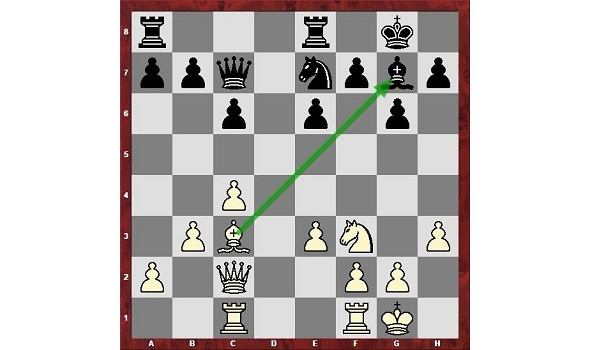
13. Creating weaknesses in the opponent’s camp
Manoeuvring (chess) — maneuvering pieces in order to create and use weaknesses in the opponent’s camp. A strategic technique. The term was proposed by Aron Nimzovich.
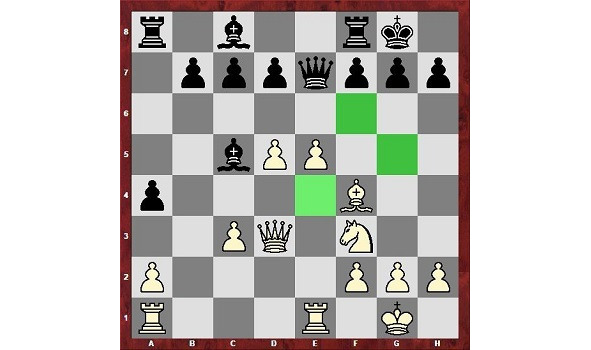
White played 1.Ng5 g6 2.Ne4
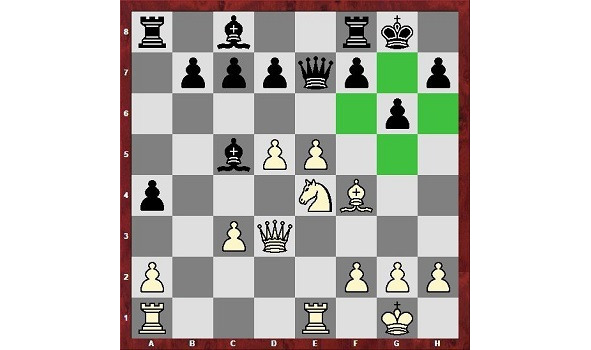
It turned out that Black had a whole set of weaknesses in his king’s defense.
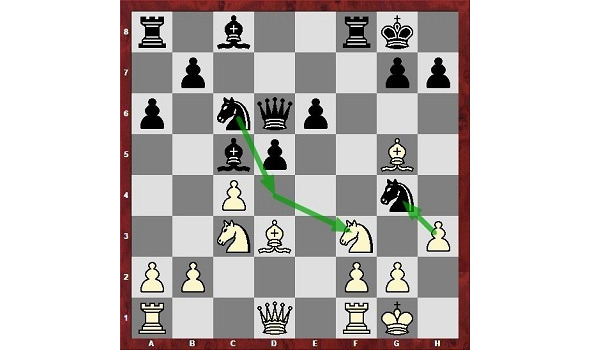
1 … Nd4!
The idea of the diversionary sacrifice is clear: if 2. N:d4, then 2. … Qh2#. Threatens 2. … N:f3+ with checkmate. White has no choice.
2. hg N:f3+3. gf Qg3+4. Кh1 Q:h3+5. Kg1 R:f3
With the idea 6. … Rg3X.
6. Q:f3 Q:f3, and after 3 moves, White resigned.
14. Try to anticipate your opponent’s threats
Anticipating your opponent’s moves is a crucial skill, both in attack and defense. By understanding your opponent’s plan, you can eliminate or at least reduce their threats. If you identify these threats early enough, most losing combinations (such as forks, ties, and checkmate networks) can be avoided.
To do this, you need to learn how to count options.
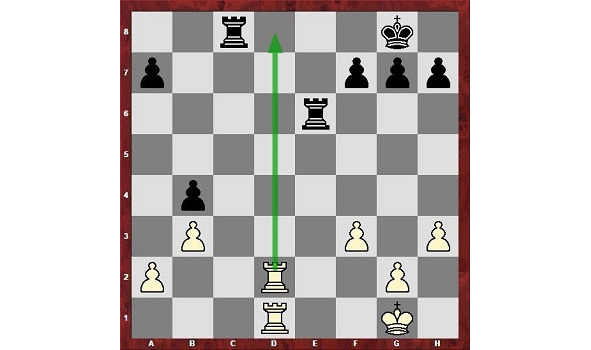
For example: if I go Rd8+, will it be a checkmate? No, he will close with a rook, and then I will eat his rook, which one? He will also eat my rook, and then I will go Ld7 and attack the pawn. How will he defend it, will he go La8 or move the pawn forward? And so on.
EXAMPLES AND EXERCISES ON OPTIONS in separate applications *
Endgame
Endgame (from German. Endspiel — “final game”) is the final part of a chess game, after most of the pieces have been exchanged. As a rule, in the endgame, the main task is not to put a checkmate, but to lead a pawn to the queen, and thus achieve a decisive material advantage.
It is not always possible to draw a line between the middle game and the endgame. Usually, the game goes into an endgame when most of the pieces have been exchanged and there are no typical mid-game threats to the kings. However, the absence of queens on the board is not a mandatory feature of the “Queen Endings” endgame.
Usually, in the endgame, there is no longer a plan to prepare and carry out an attack on the king. Instead, the endgame often involves a strategic goal of promoting a pawn to queen in order to gain the material advantage necessary for victory.
The endgame is characterized by the following key features: The king in the endgame is an active piece. As long as it is not threatened by a checkmate, it can leave its hiding place and participate in the battle alongside other pieces. It can attack the opponent’s pieces and pawns and lead the charge into the enemy’s camp. The approximate strength of the king in the endgame is the strength of the rook.
Your king should not hide in a shelter in the endgame, as this is a direct path to defeat.
This can be described as a “residual effect” from the middle game, where the king needed protection. When transitioning to the endgame, it is important to mentally reconfigure, as the game is completely different (one could even say diametrically opposed) at the end of the game compared to the opening and middlegame.
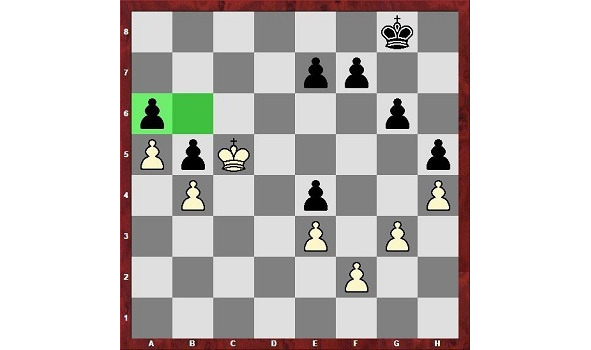
Black has an extra pawn, but the white king is more active. The result of the match is predetermined, because nothing can prevent the white pawn a5 from becoming a queen.
The value of pieces
There are few pieces in the endgame, so the value of each piece increases. While creating a decisive advantage on a particular part of the board is often enough to win in the middle game, playing the endgame correctly means ensuring maximum activity and clear interaction between the pieces.
Pawns
In the endgame, the role of pawns increases dramatically, as the chance of promoting a pawn to queen increases.
While a one-pawn advantage in the middle game is usually not decisive, it is often sufficient for victory in the endgame.
In the middle game, the plan is often determined not only by the position, but also by the opponents’ playing style, psychological calculations, and so on.
In the endgame, the game plan focuses on achieving specific positions that are known to be valuable.
For example:
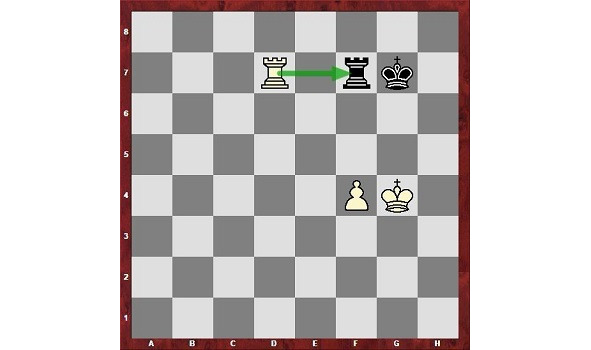
RECOMMENDATIONS
You don’t need to play all the openings in a row, there’s no need for such a spread.
(Even in one opening, there is enough information to last for many years).
So, you and I have decided that we need to play open openings first, based on this, it follows:
1. Make up a debut repertoire for yourself (what you will play) for whites and for blacks.
For White, 2—3 openings are enough, this is in response to 1…e5
If you are going to play
Italian Game 1.e4 e5 2.Nf3 Nc6 3.Bc4 Bc5
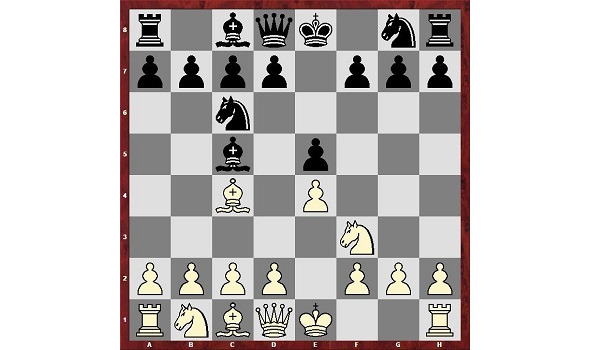
in addition to the Italian Game itself, you can be played for Black:
2-Knight Defense 1.e4 e5 2.Nf3 Nc6 3.Bc4 Nf6
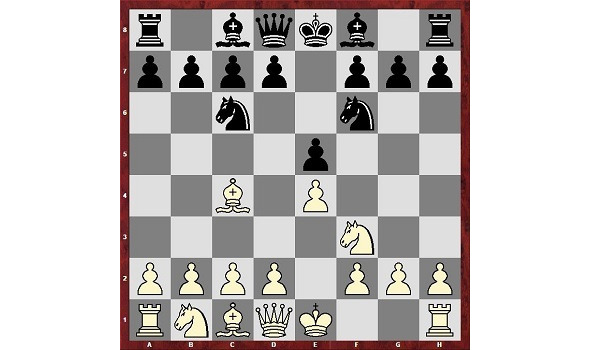
Philidor Defense 1.e4 e5 2.Nf3 d6
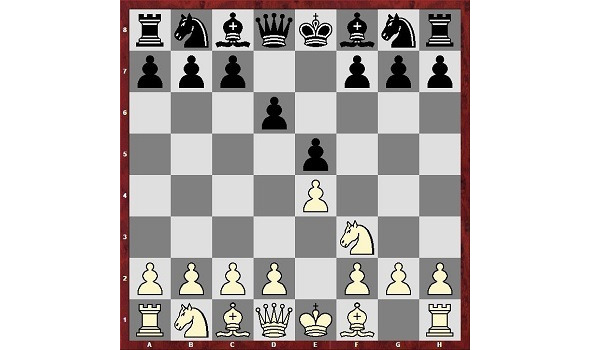
Hungarian Game 1.e4 e5 2.Nf3 Nc6 3.Bc4 Be7.
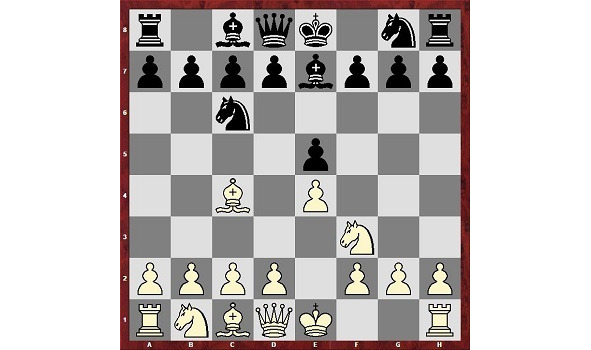
The Russian game is 1.e4 e5 2.Nf3 Nf6.
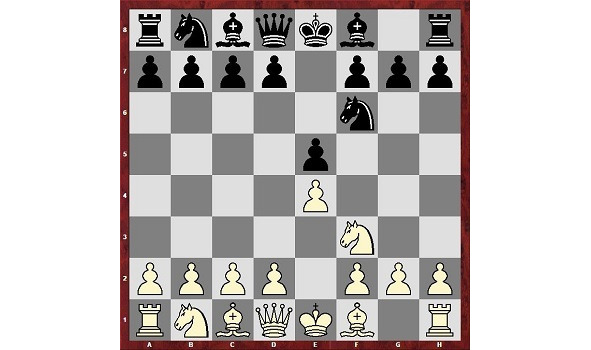
The Latvian Gambit 1.e4 e5 2.Nf3 f5 is played extremely rarely, but you should know at least one correct answer.
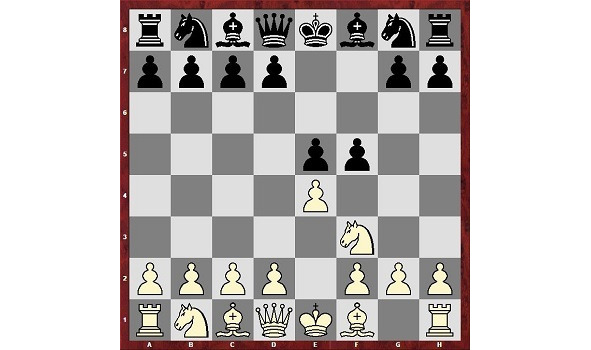
If you are going to play
The Scotch Game 1. e4 e5 2. Nf3 Nc6 3. d4.
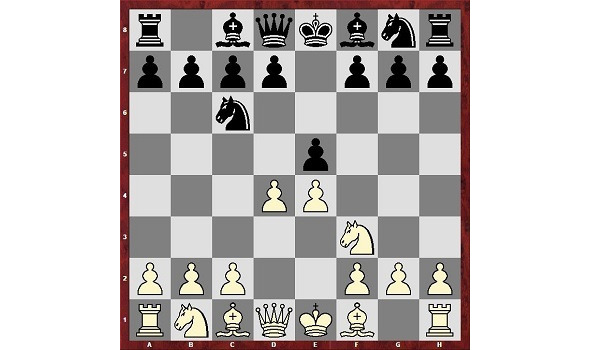
(in addition to the Scottish Game itself, you can be played for Black: Russian Game, Latvian Gambit).
Gambits
Be sure to include gambits in your opening repertoire to choose from:
King’s Gambit 1.e4 e5 2. f4
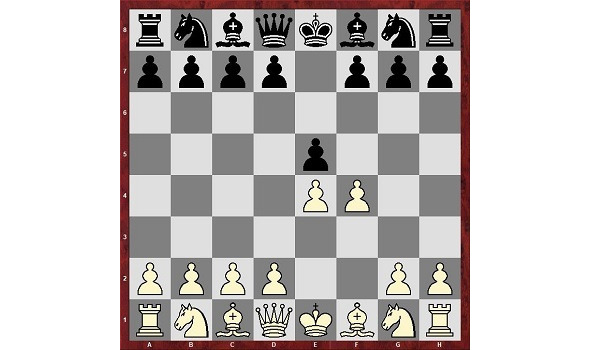
Scottish Gambit 1.e4 e5 2.Nf3 Nc6 3.d4 ed 4.Bc4.
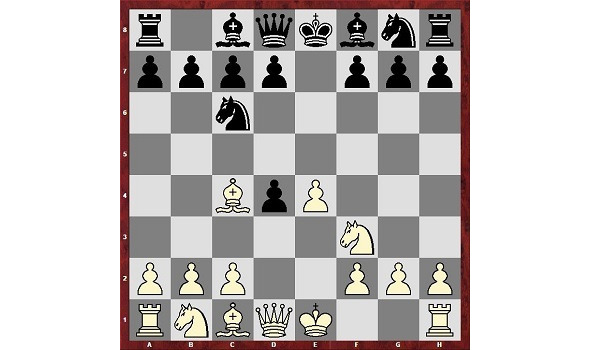
Evans Gambit 1.e4 e5 2.Nf3 Nc6 3.Bc4 Bc5 4.b4
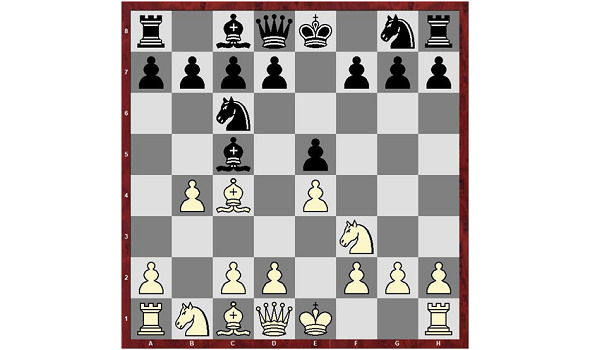
Gambits not only help you master typical tactical strikes, but also give you an understanding of what tempo, initiative, material superiority, etc. are.
If you are not playing 1…e5, you should also know at least one variation of the most popular semi-open openings:
The Sicilian Defense
The French Defense
The Scandinavian Defense
The Caro-Kann Defense
The Pirc-Ufimtsev Defense.
Pirc-Ufimtsev Defense. Modern variant.
The Sicilian Defense 1. e4 c5. is the most popular semi-open opening
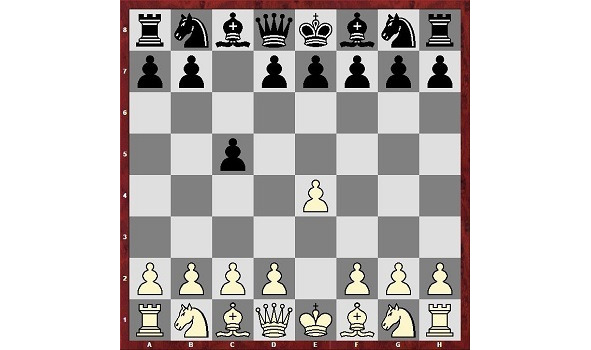
The French Defense 1. e4 e6 is the second most popular semi-open opening
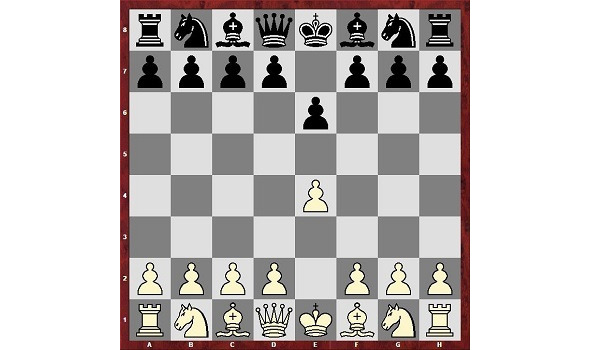
Scandinavian Defense 1. e4 d5.
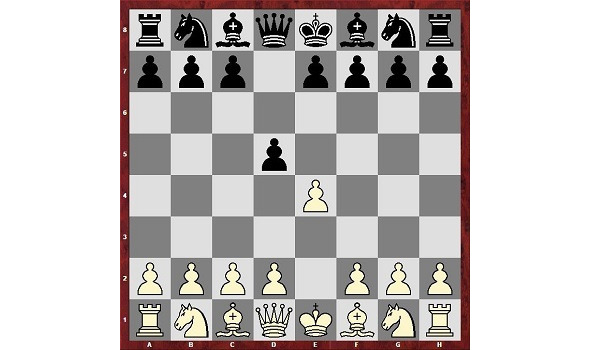
Caro-Kann Defense 1. e4 c6.
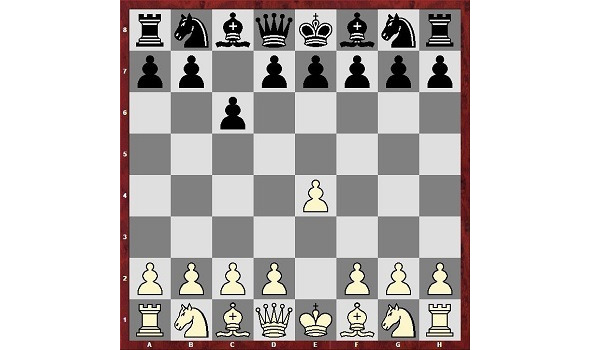
Pirc-Ufimtsev Defense. Modern variant.
1.e4 d6 2.d4 Nf6 3. Nc3 g6.
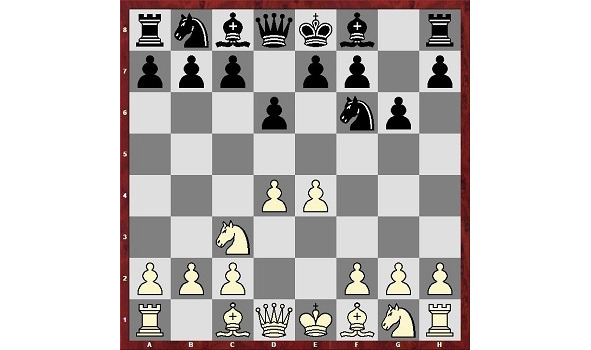
For Black, for now, limit yourself to openings with moves on 1.e4 e5
On 1…e5, you should be prepared for openings such as:
King’s Gambit, Scotch Game, Scotch Gambit, Vienna Game.
Vienna Game 1.e4 e5 2.Nc3.
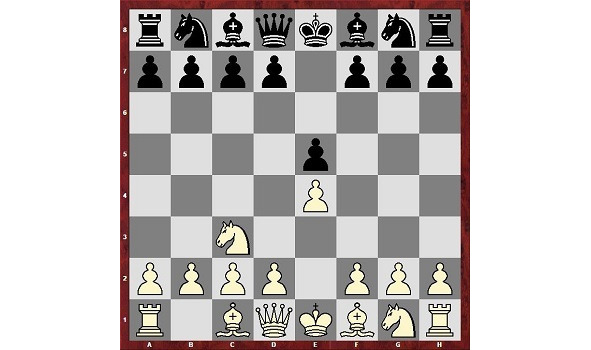
Four-Knight Opening 1.e4 e5 2.Nf3 Nc6 3.Nc3 Nf6.
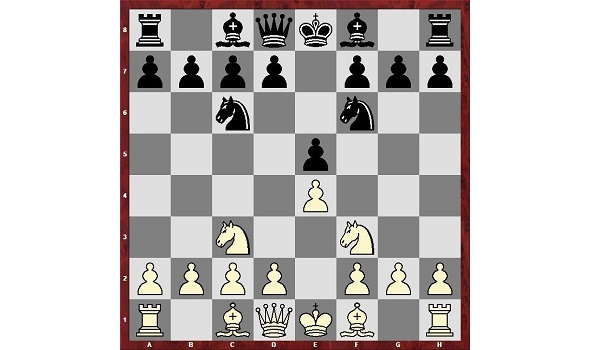
Central Opening 1.e4 e5 2.d4 ed
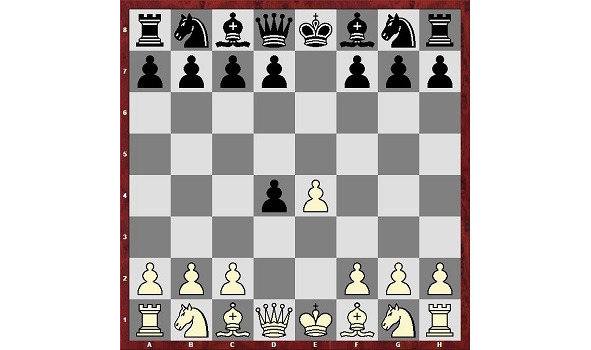
Ponziani’s Opening 1.e4 e5 2.Nf3 Nc6 3.c3.
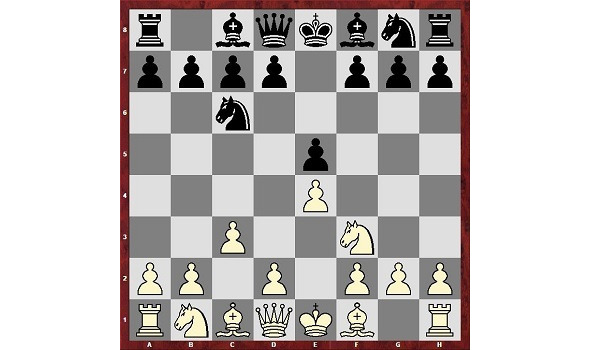
Spanish Game 1.e4 e5 2.Nf3 Nc6 3.Bb5 is the most popular open opening
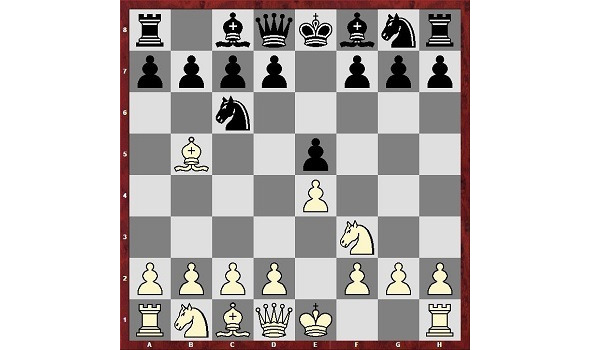
on 1.d4, play 1…d5 Refused Queen’s Gambit (the pawn sacrifice by White in the Queen’s Gambit is quite conditional, as if Black accepts the sacrifice, there is no need to defend it, as it would put White in a very unpleasant position (unlike the King’s Gambit, where the pawn can be defended in some variations).
If white is not playing 1.e4 or 1.d4 with you, then proceed from the general rules of playing the opening (you will not give recommendations for all moves) Center. Development. Castling. And if possible, reduce the game to the opening schemes you know.
For example:
1.Nf3 e6 2.d4 d5 3.c4 Nf6 or 1.c4 e6 2.Nf3 d5 3.d4 Nf6
with the reordering of the moves, it is possible to obtain a position from the Queen’s Gambit.
(Today, powerful computer programs have made significant adjustments to the game of chess, but we will discuss this later in the book).
However, it is up to you to decide, as each chess player chooses their own opening repertoire based on their preferences and interests.
But again, this is just the first step in learning opening preparation and as a rule with the improvement of qualifications, each chess player rethinks the opening repertoire for himself.
What is closer to him a quiet beginning in closed games or an open uncompromising struggle, associated with a certain risk, symmetrical positions, or attacks on the flank, etc. etc.
Experienced chess players always have several well-studied openings (or variations) in reserve, both for White and for Black.
This is because it is crucial to consider the opponent, the desired outcome, and the color and moves of your opponent. For example, if you’re playing black against a slightly weaker opponent and they play 1.e4, it might be worth considering not playing 1…e5 and instead playing 1…c5 or 1…e6, which is a semi-open opening, and so on. However, this is something that experienced players do.
At this stage, one opening is sufficient, and everything comes with experience.
Chapter 3
Mate with heavy pieces. Mate with two bishops. Typical mates (king with a piece and pawns, queen with a piece, rook with a piece, stifled mate). Key fields, time pressure, zugzwang. Appendix 3.1 Basic Mate Structures
Checkmate with heavy pieces. Linear checkmate
Linear checkmate, checkmate with heavy pieces, usually two rooks (less often a rook and a queen, two queens).
Checkmate with a queen and a rook.
How to checkmate with a queen and a rook?
The ultimate goal of a chess game is checkmate. We will consider the so-called linear checkmate. Why is it called linear? Because it is achieved with heavy pieces along lines (vertical or horizontal).
Checkmate is placed on the edge of the board, so you first need to determine which edge of the board the opponent’s king is closest to. This is necessary to place the checkmate as quickly as possible.
Many novice chess players ignore this rule (they believe that no matter what the difference is between a move earlier and a move later, checkmate is inevitable anyway). Checkmate is inevitable, of course, but… what if you run out of time and then it’s an insulting draw (according to the rules, if you run out of time and your opponent doesn’t have enough material to checkmate, then a draw is awarded).
But the most important thing is not that, but that it becomes a habit and in some (maybe very important game, you just won’t have time to checkmate). A strong chess player will NEVER waste time, but will deliver a checkmate in the fastest possible way.
So, once we have determined which side of the board to drive the enemy king to, we begin to give checkmate with the queen and rook in turn.
Example:
Here is the position to aim for in order to deliver a checkmate with the queen and rook:
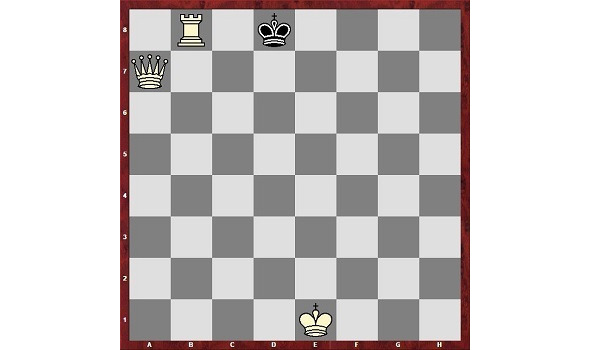
The queen (or rook) brings the king to the edge of the board, and the rook (or queen) they checkmate.
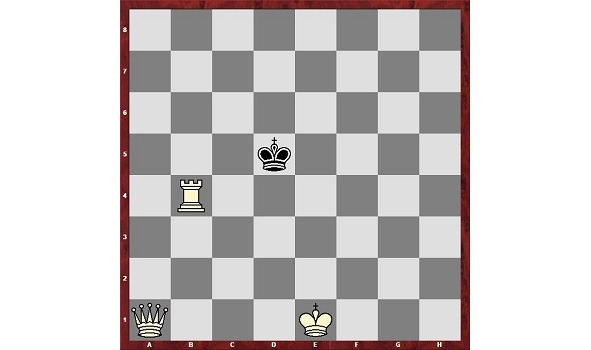
Let’s assume that the initial position of the pieces on the board is as follows:
then the king can be brought to the edge of the board in the following way:
1.Qa5+ Kd6 2.Rb6+ Kc7 3.Qa7+ Kc8 4.Rb8#
Remember the technique and try to checkmate. Try moving the black king, white queen, and rook to different positions until you start to be able to bring the king to the edge of the board from any position of the pieces.
Checkmate with two rooks
Checkmate with two rooks is slightly different from checkmate with a queen and a rook.
The difference is that when a queen and a rook checkmate, the queen protects the rook all the time, while when two rooks checkmate, they do not protect each other.
Example:
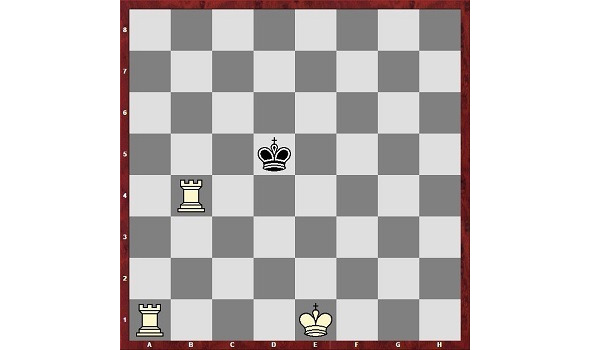
1.Ra5+ Kc6 and it is no longer possible to play 2.Rb6+ as in the case of the queen, because the rook on b6 will be unprotected.
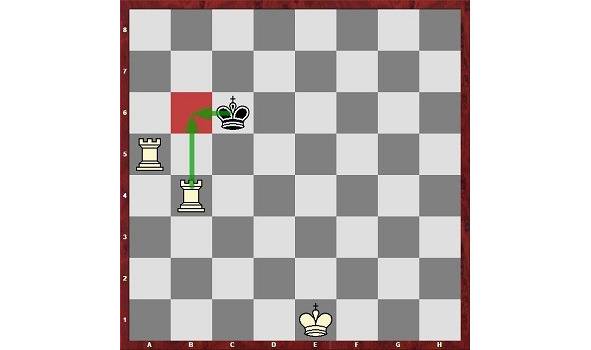
Next, there are two ways to put a linear checkmate:
The first one is easier to remember, but a little longer.,
the second one is shorter.
You may ask why there are two ways, it would be logical to have one that is short?
Let me explain: after that we will consider both examples.
Method 1.
When the opponent’s king approaches the rook, the rooks move to the other side of the board and the clipping occurs according to the same pattern.
Example:
Starting position:
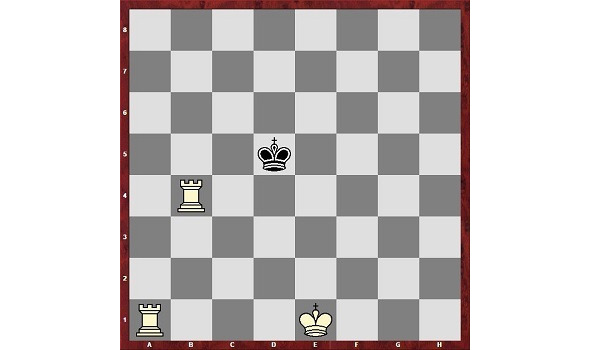
1.Rа5+ Кс6
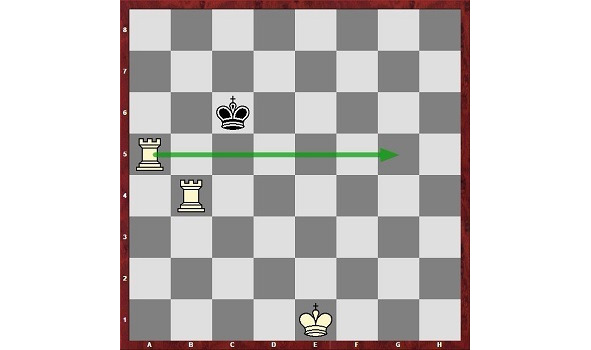
2.Rg5 Kd6
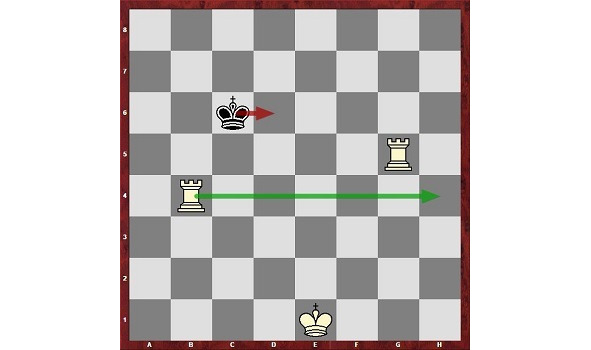
3.Rh4 Ke6
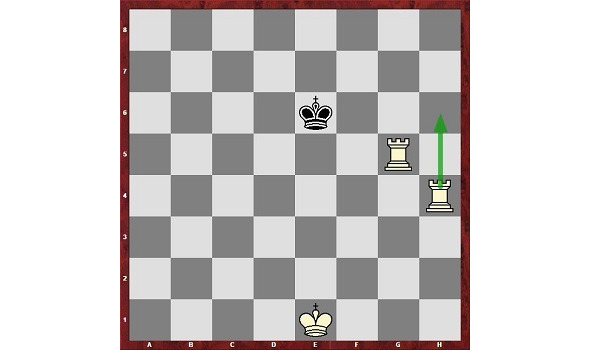
4.Лh6+ Kpf7
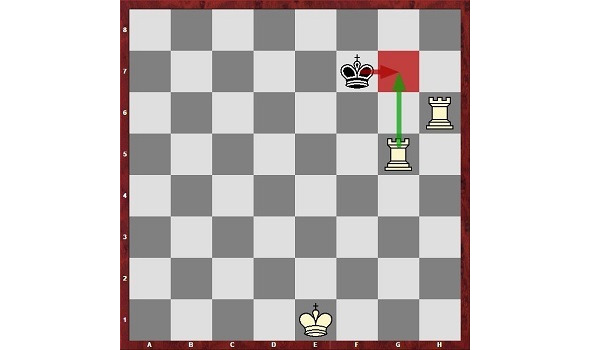
Again, it is not possible to play 4.Rg7+ and have to move the rooks to the other flank again.
5.Ra6 Ke7
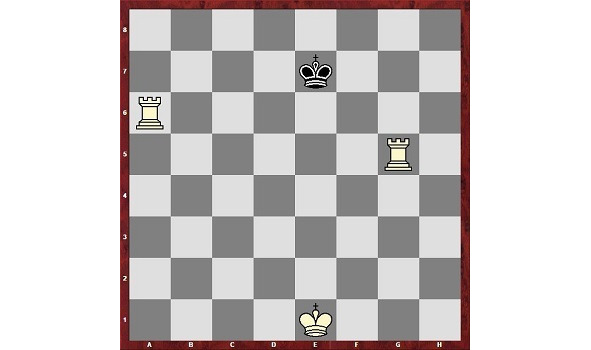
6.Rg7+ Kf8
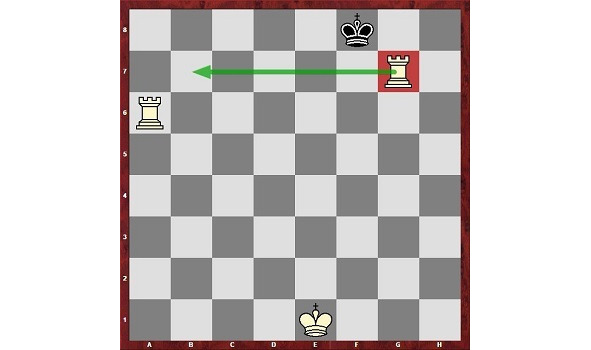
7.Rb7 Ke8 8.Rа8#
Method 2
Example:
Initial position
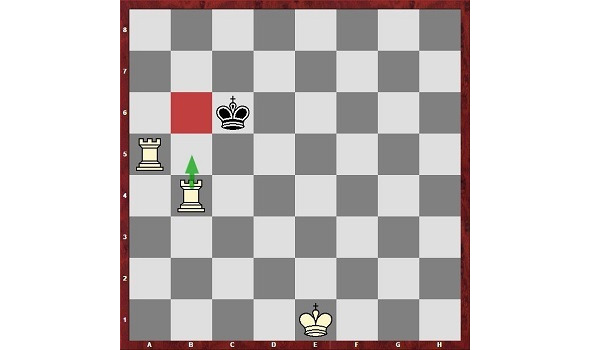
And now we don’t move the rook to the other flank 2.Rg5, as in method 1, but play
2.Rbb4
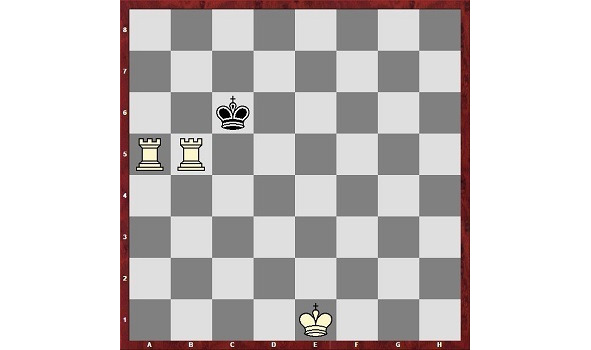
And it turns out to be a zugzwang
(Zugzwang — (German: Zugzwang “forced move”) is a position in which any player’s move leads to a deterioration of their position.)
2…Kd6
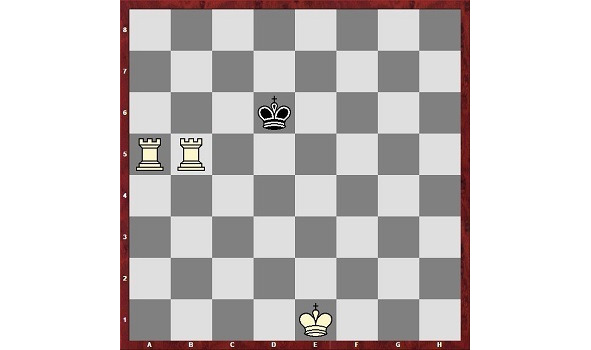
Next, you can give a check with any rook, and we will consider the rook “a”
3.Ra6+ Kc7
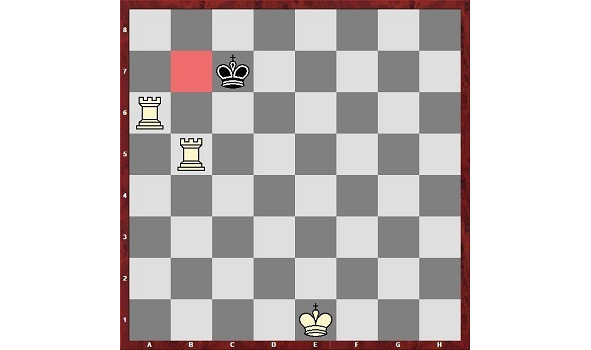
And again, according to the same scheme, we can’t play 4.Rb7, so we play
4.Rbb6 Kd7
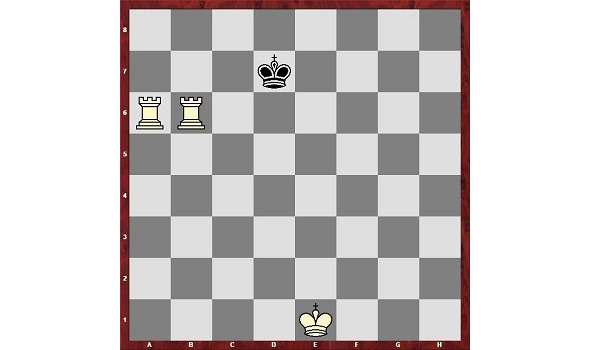
5.Rа7+ Кс8
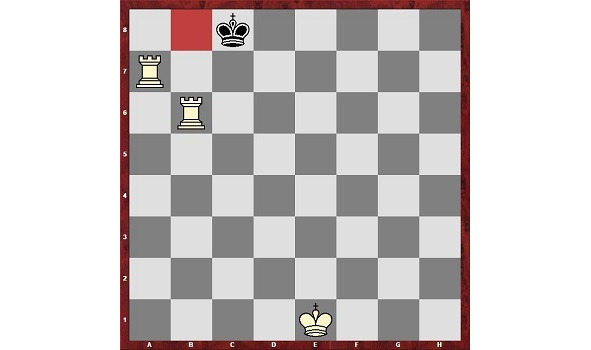
6.Лbb7 Kpd8 7.Ла8# (или 7.Лb8#)
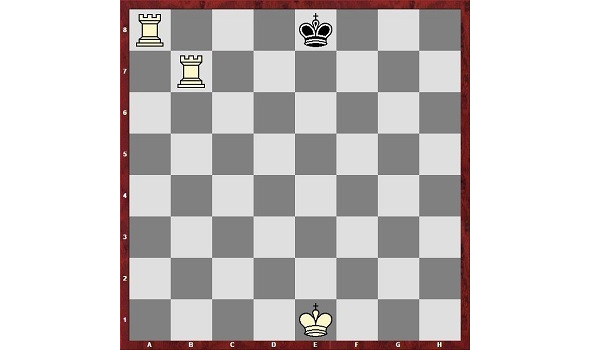
As we can see, the 1st method is one move longer, so what’s the problem?
I’ll tell you from my own experience and the experience of other chess players that when you’re under time pressure (time pressure (from German. Zeit (zeit) – time and German. Not (not) – need) – a lack of time to think about your moves, it’s very easy to make a mistake (when you move one square and there’s a rook next to it) and put your rook in danger.
And when the rook is at a sufficient distance from the opponent’s king, then the chance of it being exposed is much less, which is why many chess players prefer to move their rooks as far away from the opponent’s king as possible, even if it means losing a single move.
If there is enough time, of course, the shortest path to victory is chosen.
Checkmate with queen and king
Checkmate with queen – achieved when the position of a single king on the edge of the board is not later than the 10th move from any initial position by the joint actions of the king and queen.
Several options for checkmate with queen and king
The king protects the queen from capture.
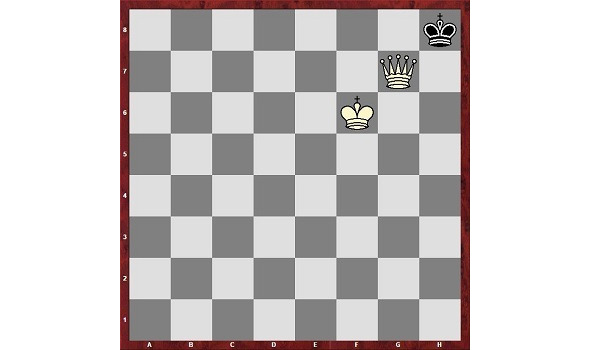
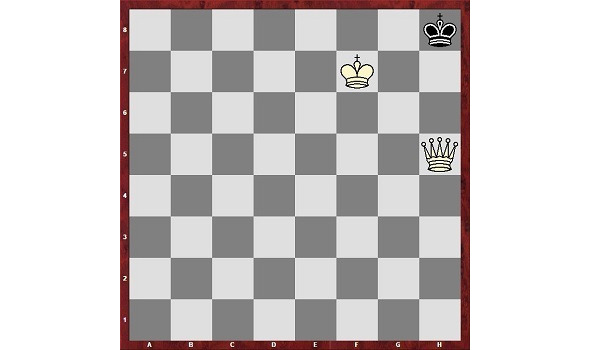
The white king blocks the black king’s escape routes
The algorithm of action is as follows:
First, we corner the opponent’s king, and we do this with only one queen, then we approach the opponent’s king with our king to the so-called key squares and deliver a checkmate with our queen. The following moves will be made from the initial position in the diagram: 1.Qd4 Kf7 2.Qd6 Kpg7 3.Qe6 Kf8 4.Qd7 Kg8 5.Kb2 Kf8 6.Kc3 Kg8 7.Kd4 Kf8 8.Ke5 Kg8 9.Kf6 Kh8 10.Qg7#
Starting position
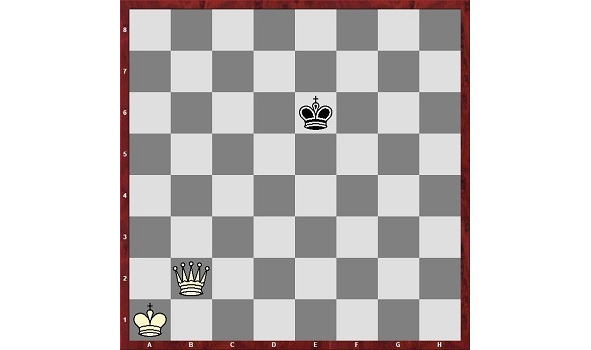
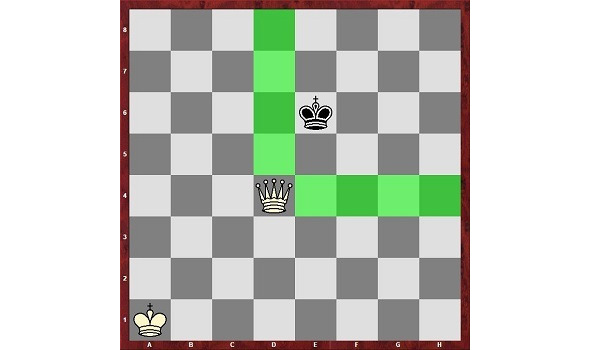
The queen moves in such a way as to reduce the number of squares available to the opponent’s king.
Figuratively speaking, imagine that the “square” becomes smaller and smaller, until the king reaches the edge of the board.
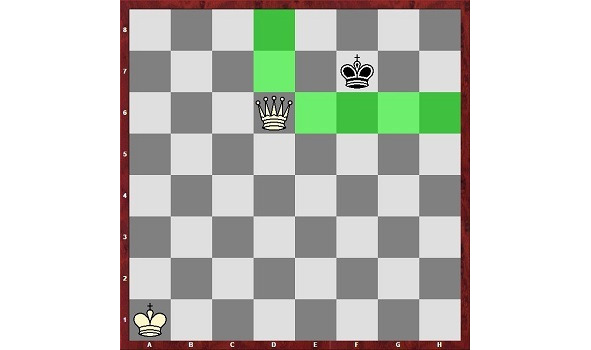
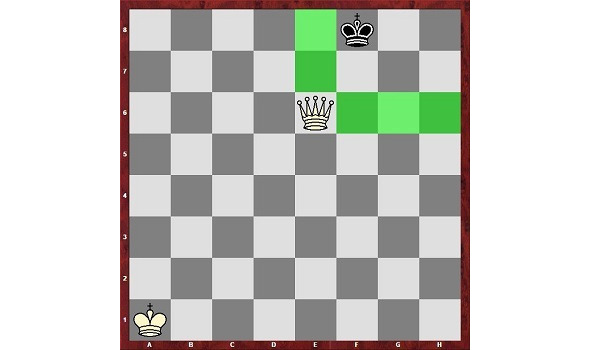
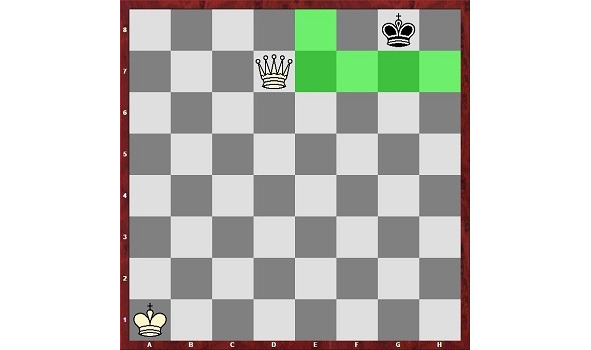
Attention, this is an important point!
When you have an extra queen, you should never forget about a stalemate. It’s frustrating to have such a huge material advantage and still end up with a draw.
Therefore, it’s not advisable to further reduce the space available to the black king.
Based on my experience, I recommend leaving three empty squares instead of two for the opponent’s king. This will be sufficient to achieve a checkmate. Additionally, it’s simply faster.
Why three squares?
Because even if you accidentally (most often at a critical moment) make a mistake and reduce the opponent’s king’s move space, you will still have one more move in reserve.
However, if you leave two squares and accidentally make a mistake and reduce the opponent’s king’s space, it will result in a very unpleasant draw.
Stalemate
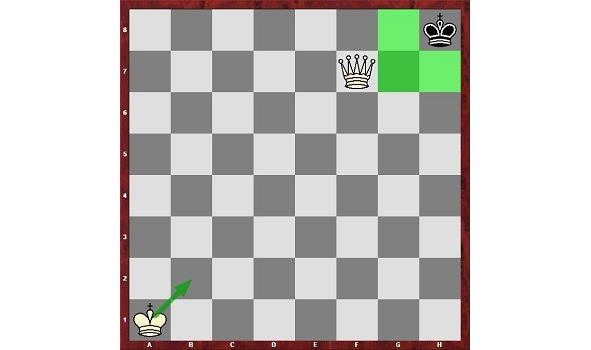
So, let’s continue: we left the opponent’s king three squares away.
Next, we move our king to a key square (key squares are squares that, when occupied by the king, ensure victory regardless of the player’s turn). In this case, the key square is f6. Once the white king reaches this square, the next move will result in checkmate for the black king.
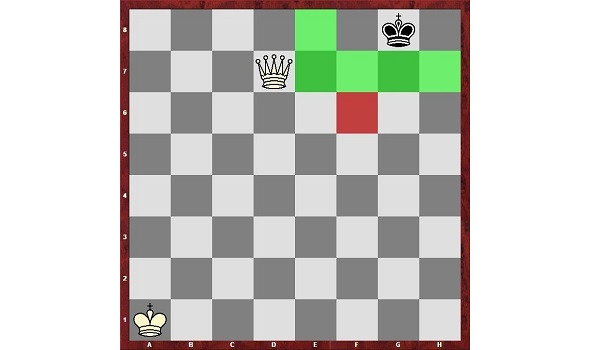
Checkmate
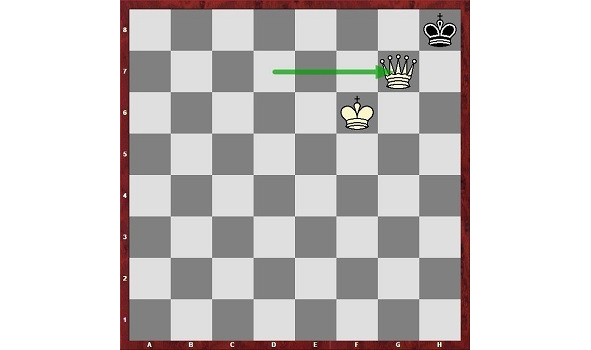
Checkmate with a rook and a king.
Checkmate with a rook — achieved on the edge of the board no later than the 16th move from any initial position by the combined actions of the king and the rook.
Checkmate with a rook
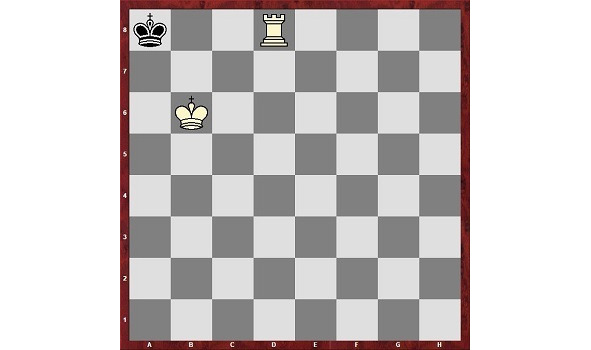
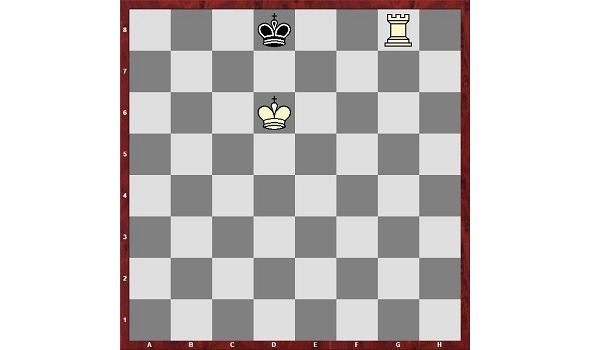
Stalemate positions
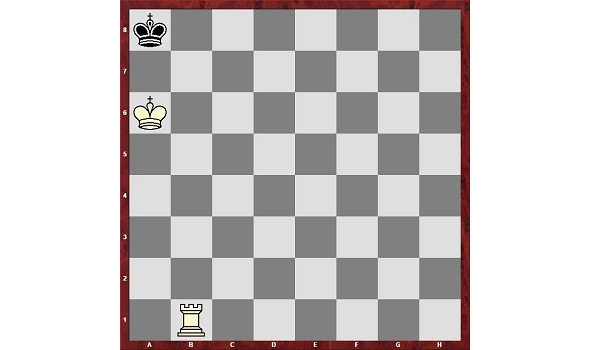
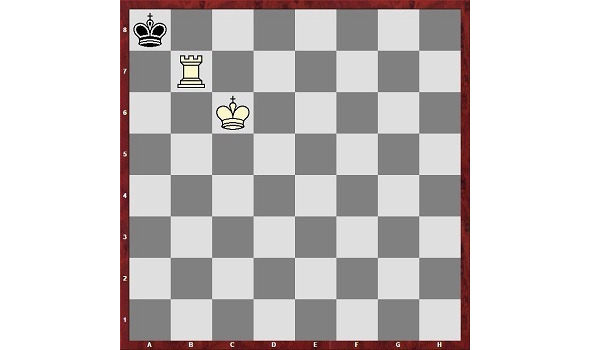
A rook and king checkmate is played in the same way as a queen checkmate, except that the reduction of the so-called “square” is done with the help of a rook, supported by the king.
Example:
Initial position
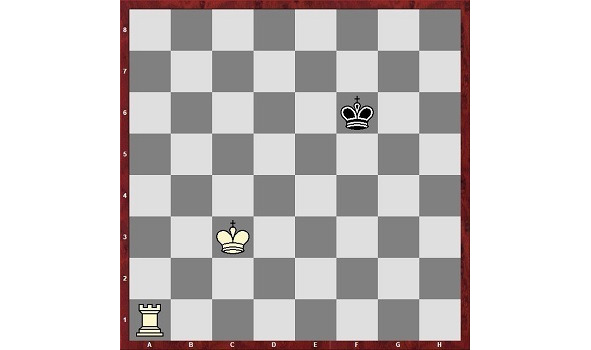
The same, first determine which edge of the board the enemy king is closest to. In this case, equally to the 8th horizontal and vertical h and there, and there to the edge of the board two cells.
Therefore, arbitrary choice, although more often (with equal opportunities) put horizontal mat, so it is more convenient.
Cut off the black king on the 5th horizontal.
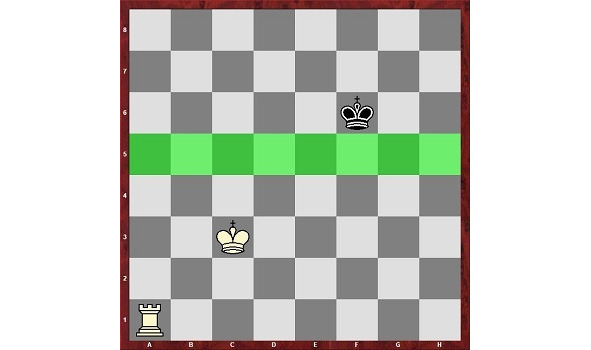
We go 1.Ra5
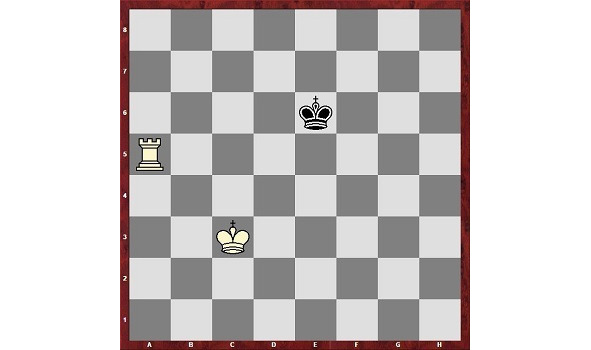
1…Ке6 2.Кd4 Kd6 3.Rс5
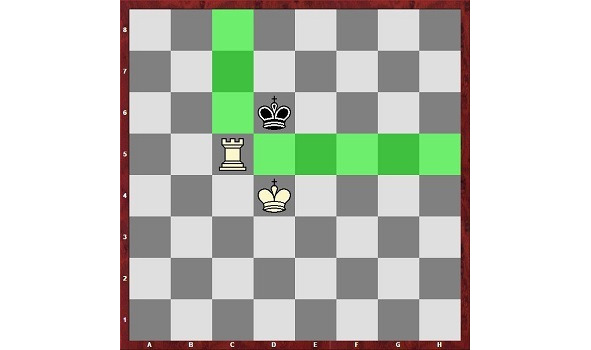
4…Кf6 5.Rе5
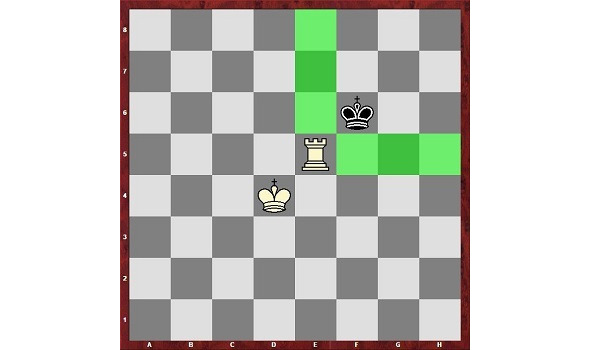
5…Кg6 6.Ке4 Кf6 7. Кf4 Кg6 8.Rf5
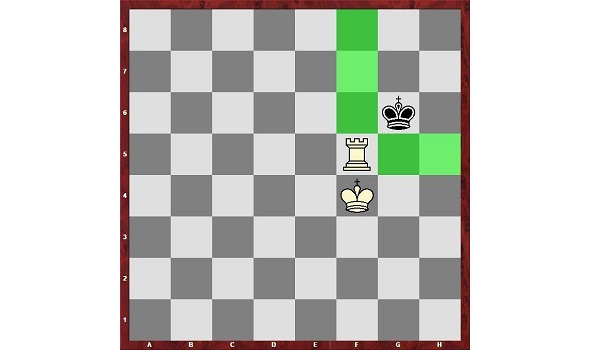
8…Кh6 9.Rg5
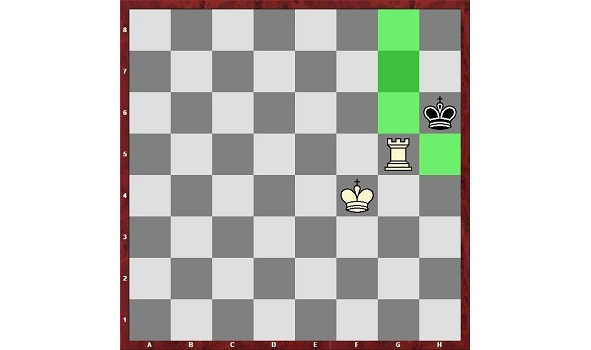
9…Кh7 10.Kf5 Кh6 11. Kf6 Кh7
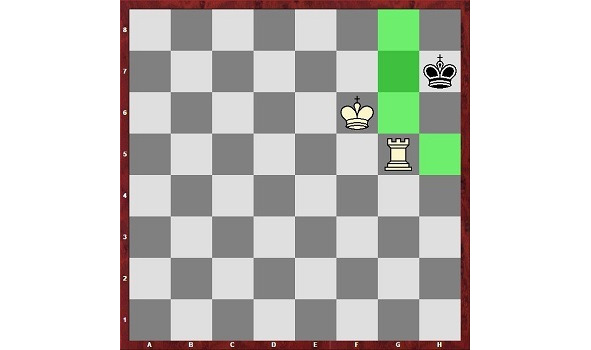
12. Kf7 Kh6 13.Rf5 (or to any square on the 5th rank)
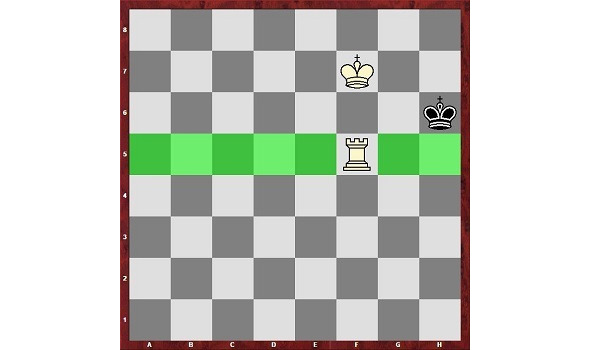
13… Кh6 14.Rh5#
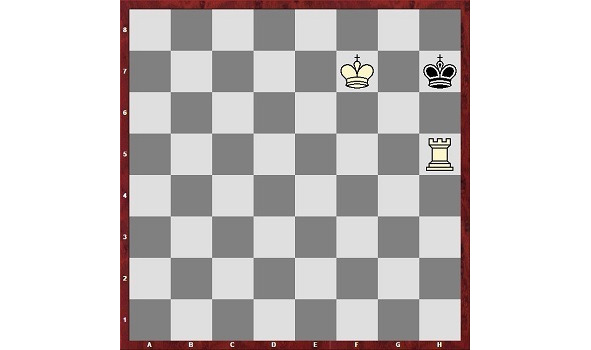
Или 12… Крh8 13.Лh5#
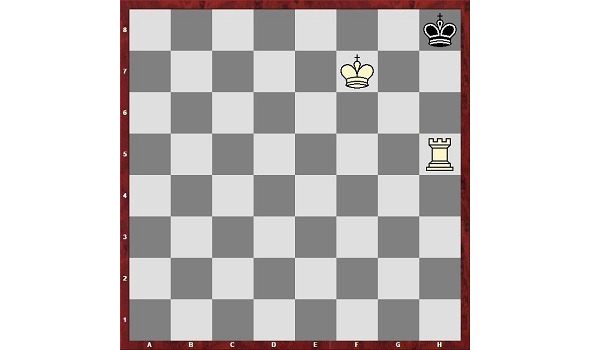
Checkmate with two bishops
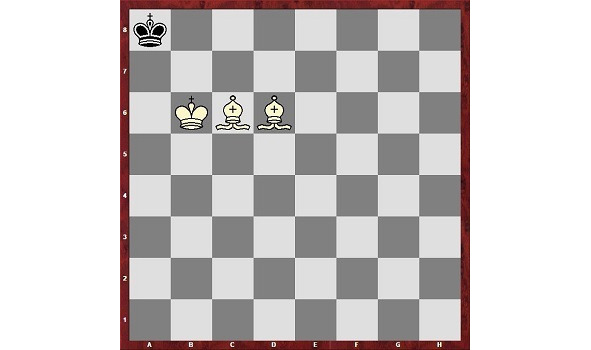
A checkmate of a lone king by two bishops is placed in a corner of the board no later than the 18th move from any initial position by the combined actions of the king and both bishops. Examples:
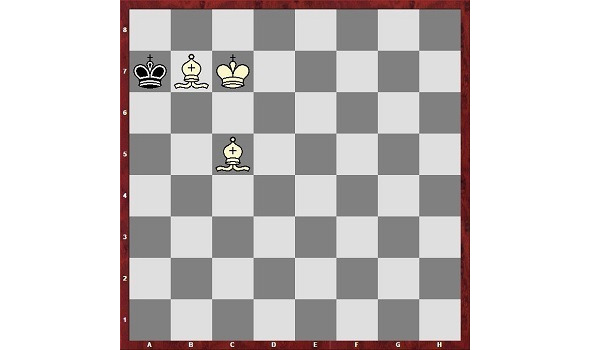
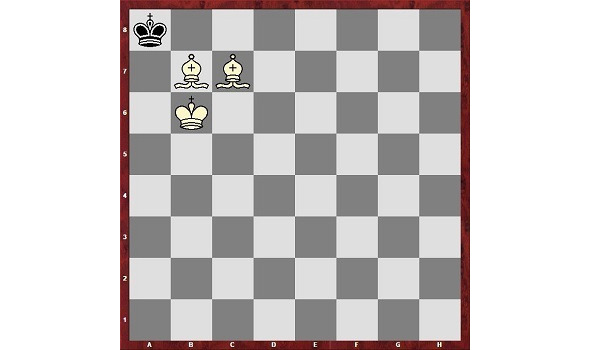
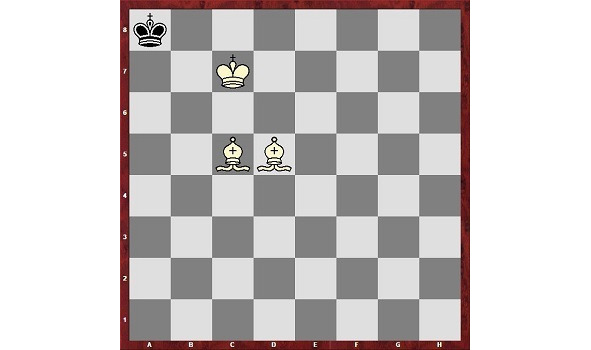
Conditions for creating a checkmate with two bishops
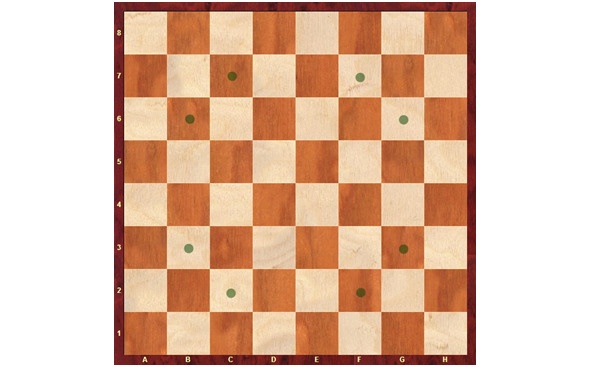
1. A checkmate can only be achieved if our king is placed on these squares. In other words, the king must be placed on squares where the knight can move from the corner of the board.
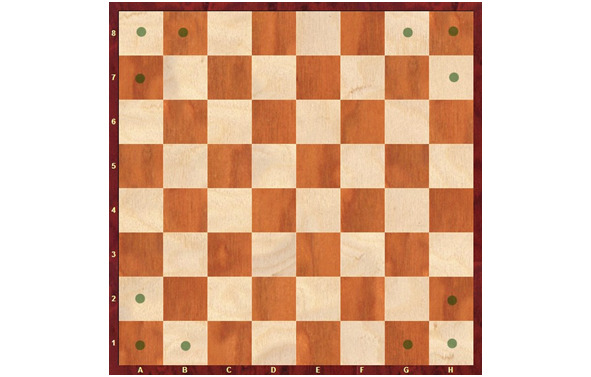
Checkmate will occur when the opponent’s king is in the corner of the board or on adjacent fields: ATTENTION!!! Let’s remember about the path.
Stalemate positions: black moves everywhere
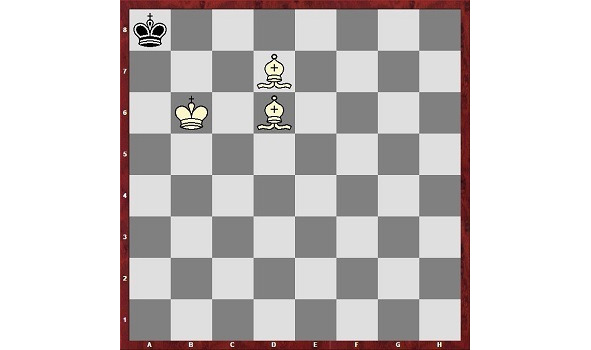
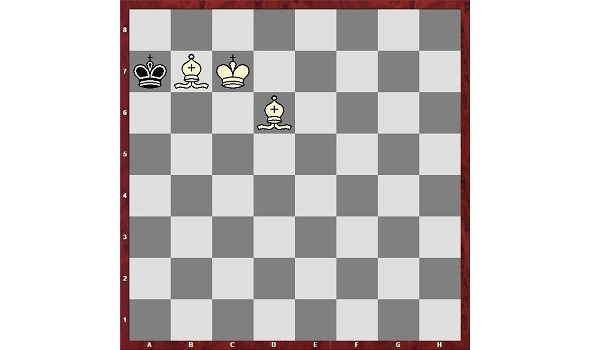
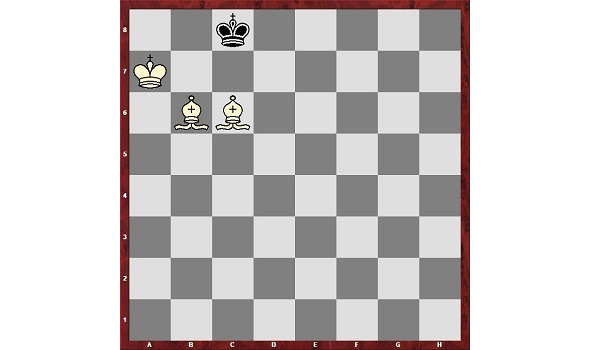
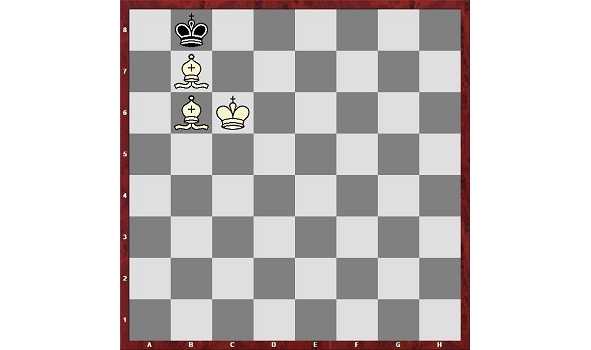
To checkmate with two bishops, it is necessary:
1. Occupy the center of the board with bishops
2. using the king, force the opponent to retreat to the edge of the board
3. checkmate directly on the edge of the board
Checkmate with two bishops is more difficult than checkmate with two rooks.
Therefore, it is worth mentioning the 50-move rule. This rule states that if no piece is defeated during the 50-move period, and no pawn moves are made, the game is declared a draw by the judge.
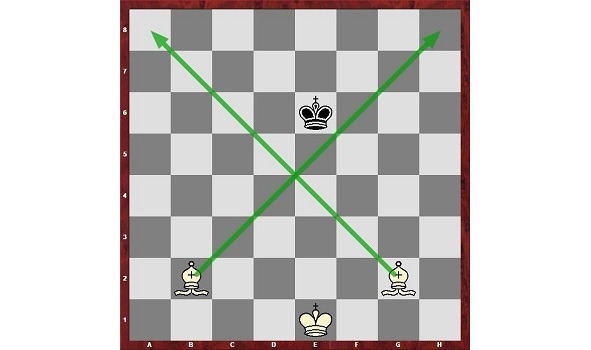
First:
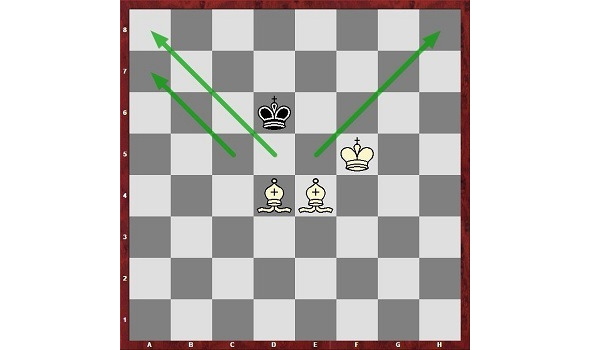
Now we need to move our king to e6 and our bishops to b6 and c6, further cutting off the opponent’s king.
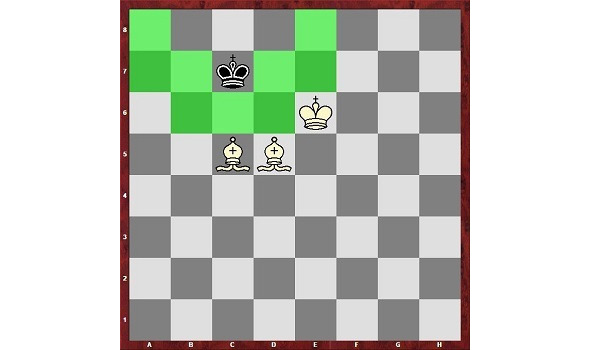
Remember! We need to force our opponent to retreat to the edge of the board. Once our opponent’s king is pinned to the edge of the board, it’s just a matter of technique: we corner the king, leaving two squares
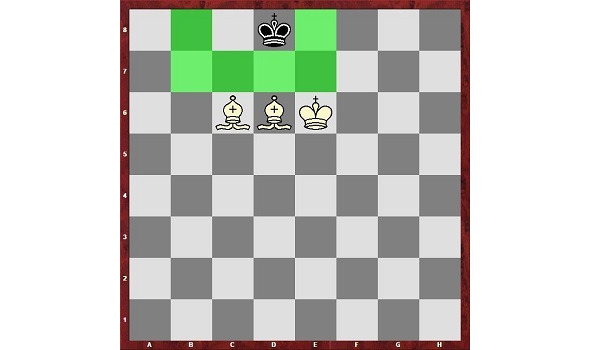
We move our king to b6. Next, with the opponent’s king on c8, we play Ве7, thus displacing it from d8 and driving it further into the corner.
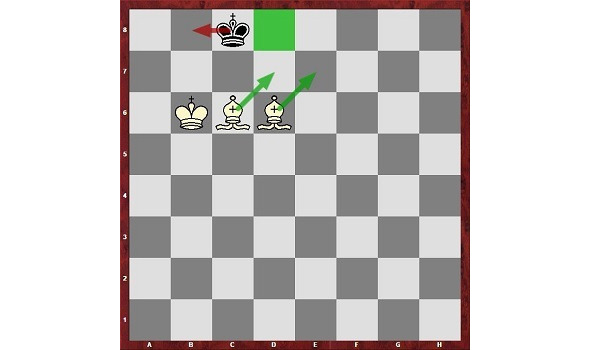
We achieve a position where the opponent’s king has only two squares, a8 and b8.
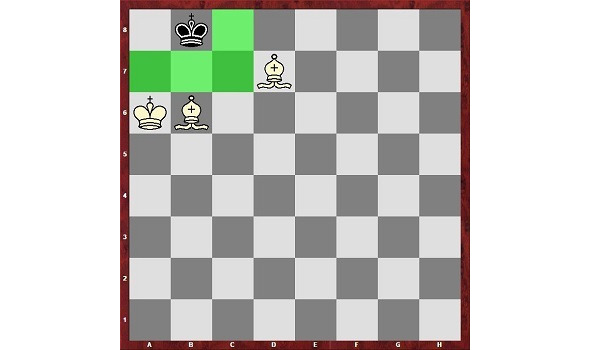
We put a checkmate in the following way: we make any intermediate move with a bishop, but in such a way as to force the opponent’s king to move to a8. For example, 1.Вa5, and after 1…Ka8, we play 2.Вc3 followed by 2 … Kb8 3.Вe5+ Ka8 and finally 4.Вc6#
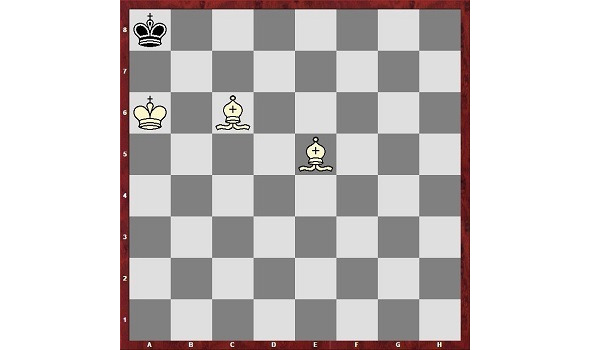
Try to learn how to checkmate with two bishops on your own, or with another chess player, or with a computer. The main thing is that you understand the principle of checkingmate.
In conclusion, if you are not successful or cannot remember how to checkmate with two bishops, do not worry.
This situation is very rare in practical games, and you may never encounter it. As you gain more general chess experience, you will easily master this task.
Basic matte designs
Some of the mats have unofficial names
Here are some examples:
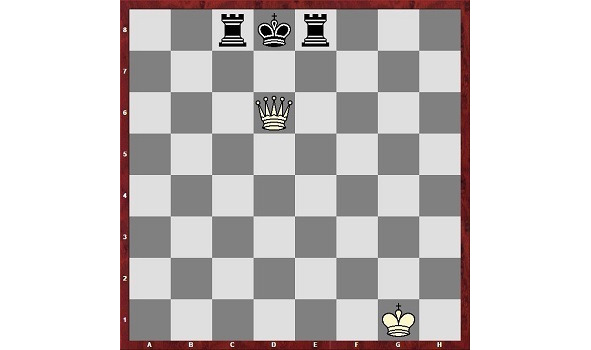
Epaulet mate
A checkmate in which the king is standing on the edge of the board between his rooks, which block his escape routes (forming his “epaulettes”). The epaulettes can also be protected pieces or pawns of the opponent. Similar checks with two other pieces instead of rooks are also sometimes called epaulettes.
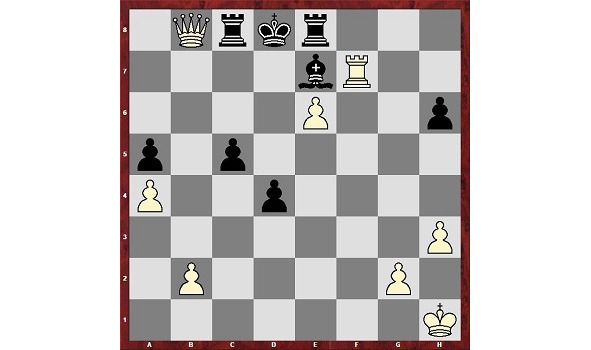
Epaulet mate in 2 moves 1. Qd6+! Вd6 2. Rd7#
Hook-mate
Hook-mate uses a rook, a knight, and pawns along with one opponent’s pawn that limits the king’s moves. The rook is protected by a knight, and the knight is protected by a pawn.
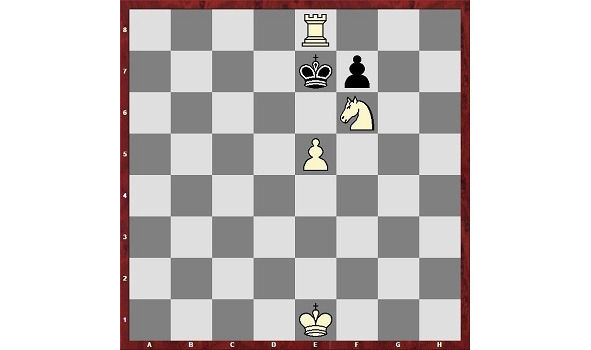
In the famous Marshall-Napier game (Brooklyn, 1898), Marshall achieved a hook-mate by converting a pawn into a knight instead of a queen. If White plays a queen, the game ends in a draw due to perpetual check against the white king. Marshall plays a knight and achieves a mate. 1. f8N+ Black is forced to play either Kh8 or Kg8. In both cases, the game ends in a mate.
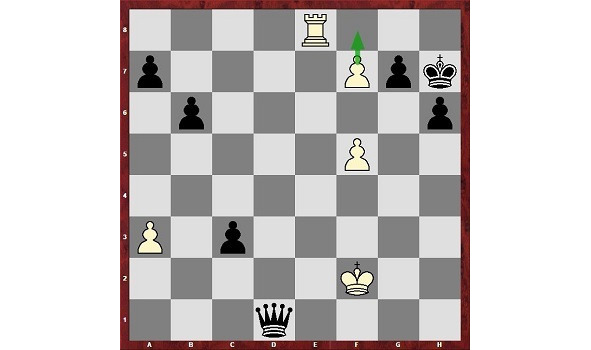
2.Ng6+ exposed checkmate on the next move. Without the pawn on f5, which protects the knight, the combination would not have been possible.
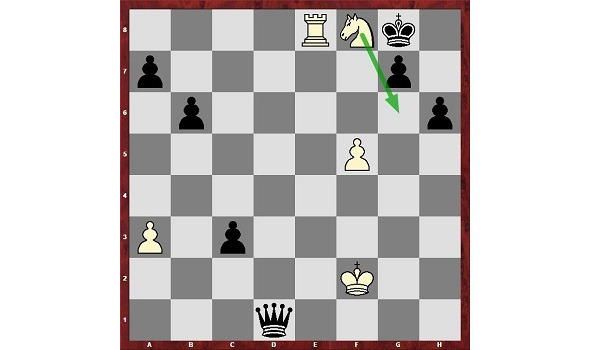
3.Rf8# Or 2...Kh7 3.Rh8#
If you don’t know this checkmate, then most likely White would put a queen and then eternal checkmate — draw.
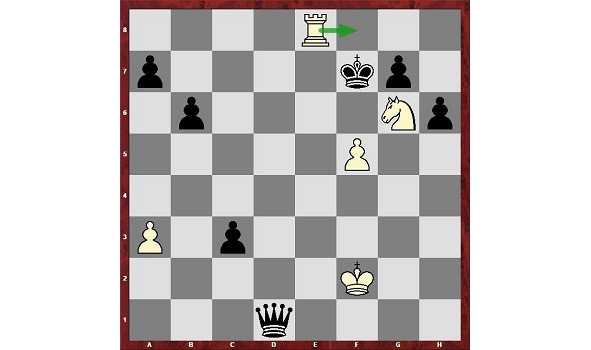
Corner checkmate — the name speaks for itself. A checkmate structure in which the opponent’s king is checkmated in the corner of the board. In this structure, the checkmate is most often achieved by a knight.
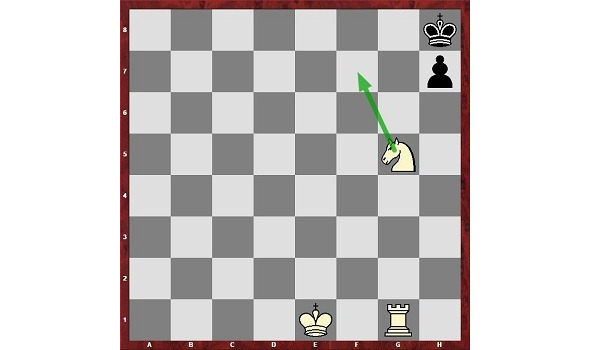
1… Qf1+!
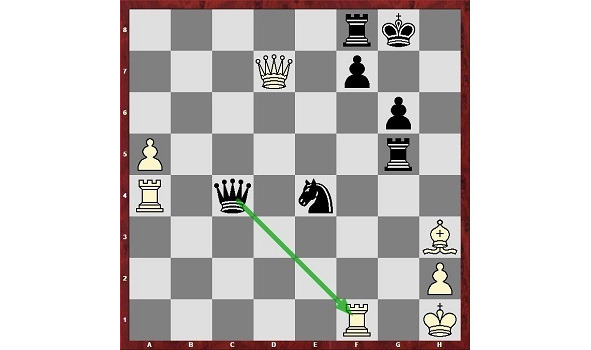
2.Bf1 Nf2#
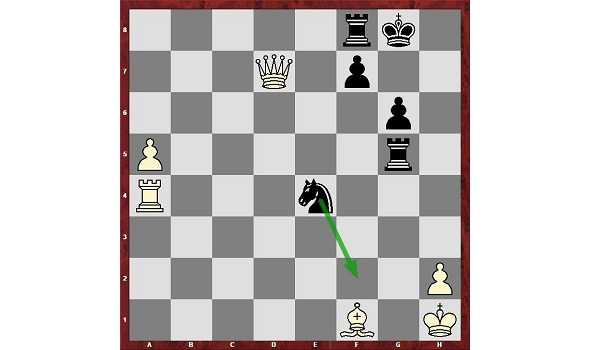
1.Qf8# is another fairly common variant of the corner checkmate.
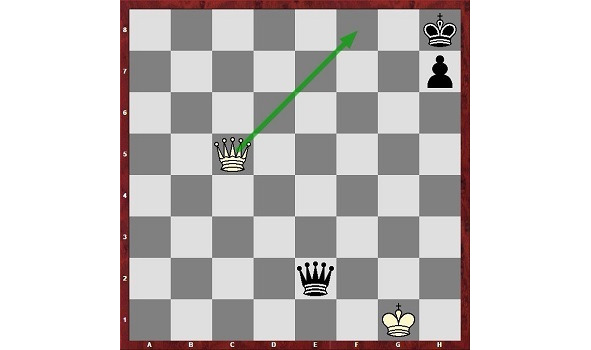
Steal checkmate (sometimes called Luzena’s checkmate. The mechanism of the “steal checkmate” combination was first analyzed in 1497 by the Spanish writer Luis Ramirez Luzena in his book “The Repetition of Love and the Art of Playing Chess.”) is a checkmate by a knight, where the king’s own pieces prevent the king from escaping the checkmate.
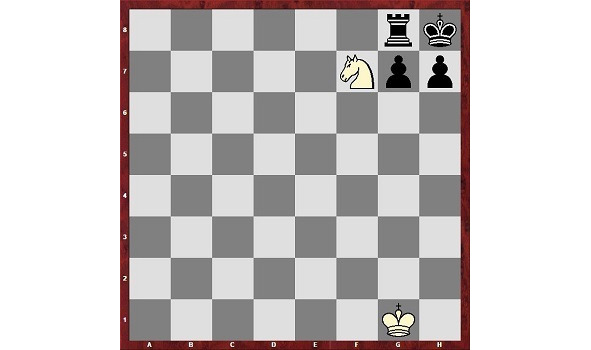
McConnell — Morphy, New Orleans 1849
1… Nh3+ is a double checkmate (checkmate from the knight on h3 and from the queen on b6). White is forced to play 2.Kh1
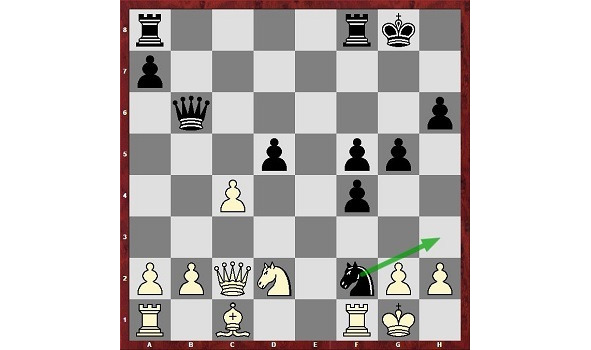
2…Qg1+ a queen sacrifice, which forces White to trap his king with his own pieces. White is obliged to play 3.Rg1 (it is impossible to play Kg1 because of the check to the king from the knight on h3).
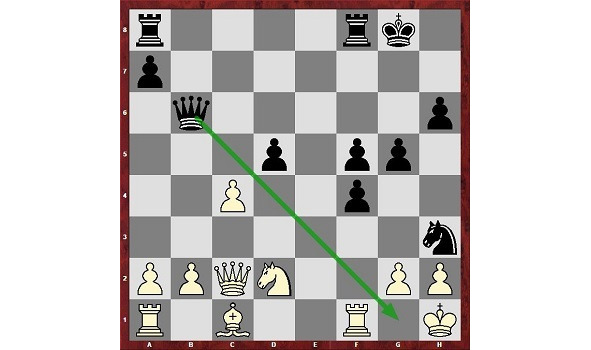
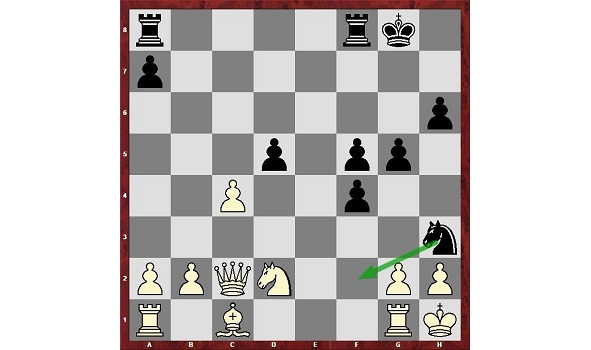
1.Qg8+ frees the f7 square for the knight and forces the player to play 1… Rg8
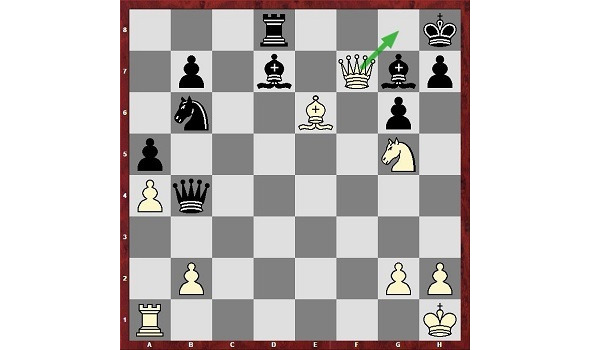
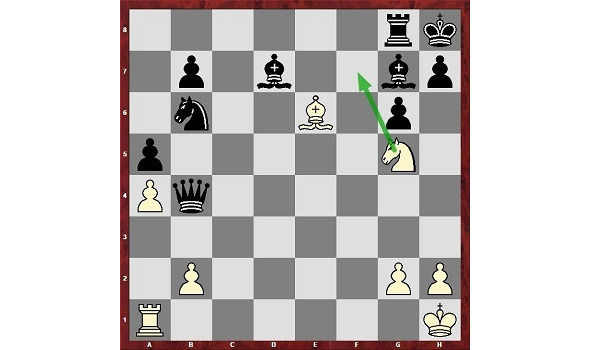
Checkmate on the h (a) file
One of the methods of attacking the king is to destroy the opponent’s king’s pawn defense (often with a sacrifice). This results in various checkmate structures that can be achieved by opening the h (a) file.
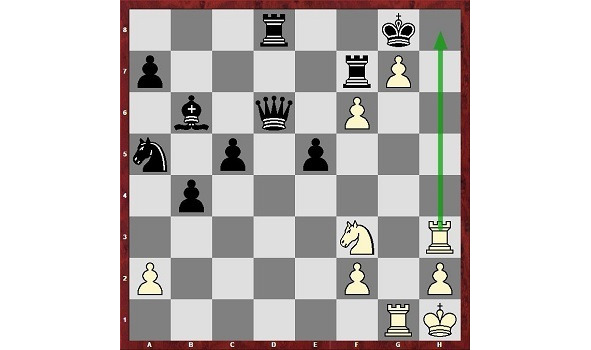
1.Rg6 + hg is a sacrifice that opens the h-file. 2.Rh8 #. Or, if 1.Rg6 + Rg7, then 2.Rg7 + Kh8 3.Rhh7 #
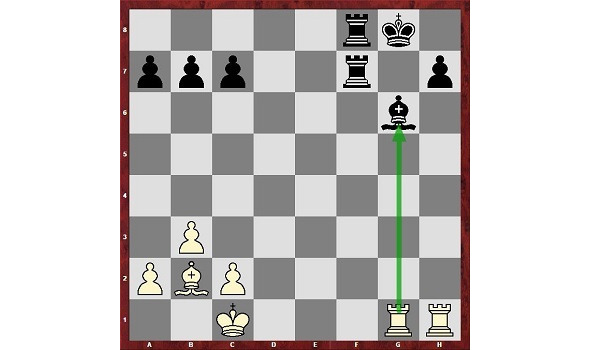
Mat Legal (already considered earlier)
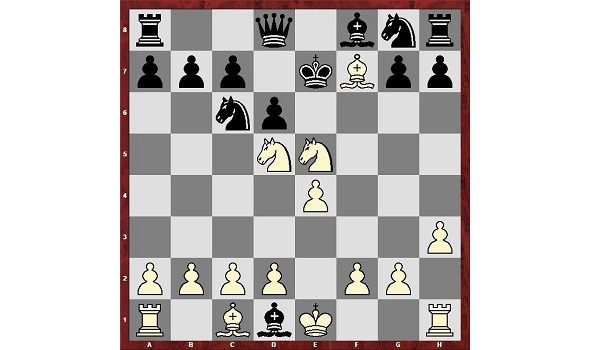
Checkmate of Kotsio (Swallow’s Tail) checkmate of Kotsio was discovered by Carlo Kotsio, an Italian chess player of the 18th century. It is also known as the “Swallow’s Tail” because the arrangement of the pieces resembles the tail of a swallow. 1.Qf3# The black king is surrounded by only two squares that are not controlled by the white queen. However, these squares are occupied by the black queen and a pawn.
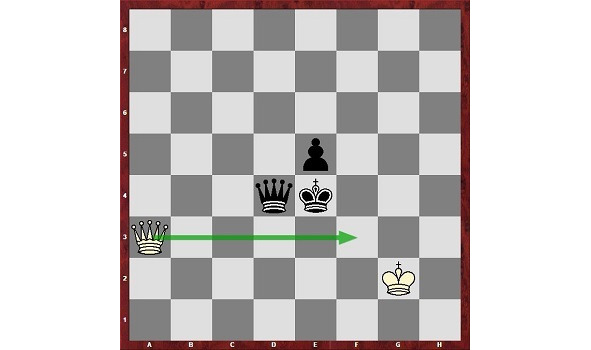
1.Qh7+ Кg4
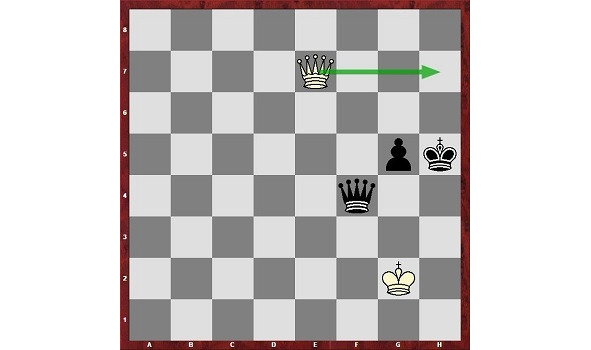
2.Qh3# Checkmate Kotsio (Swallow’s Tail)
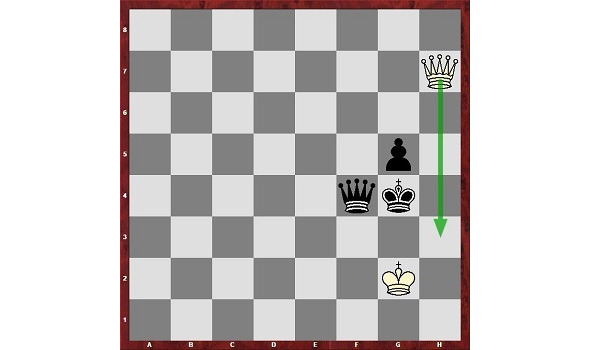
Damiano’s checkmate is a matte construction in which the queen and pawn (or bishop) coordinate their efforts against the castled king. This can only work if the pawn shield in front of the enemy king has been destroyed.
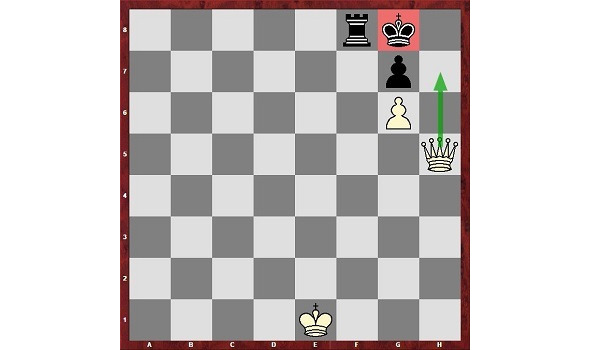
Boden’s Mate
checkmate, placed with the help of two bishops. It occurs only in the case of a long castling (on the side that is being checked)
It is named after Samuel Boden, who was the first to put such a checkmate in the 1853 Schulder — Boden match in London.
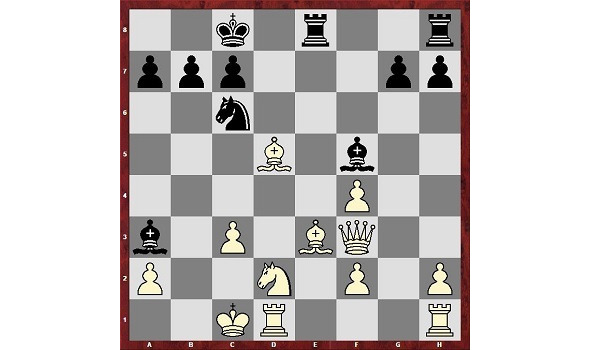
Andersen’s checkmate is one of the king mats!!! ARE YOU SURPRISED?
Yes, that’s right, checkmate with the king. This is not a mistake (the king can put an open checkmate, this is when the move is made by the king, and the checkmate is announced by another piece. But nevertheless, the king makes the move).
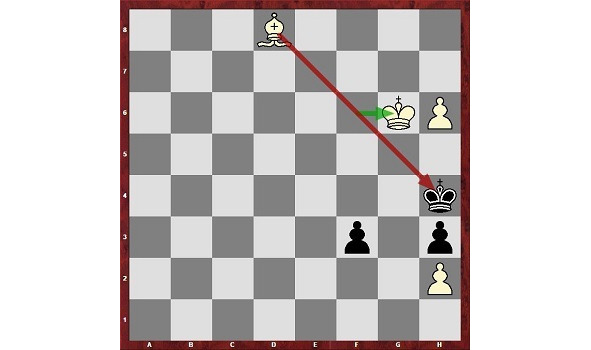
Anastasia’s checkmate is a chess combination from the novella by the German writer Wilhelm Heinze “Anastasia and the Game of Chess” (1803).
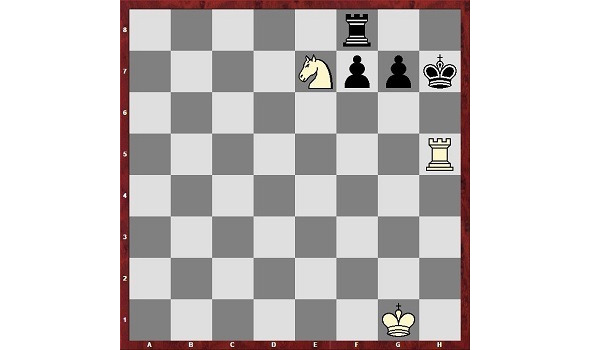
During the opponent’s turn:
1. Look at what the opponent attacked (piece, pawn, checkmate)
2. See what threats (for the next move) the opponent has prepared (fork, check to the king, open check, trap for the piece, etc.).
3. Do not underestimate the enemy. Make it a rule that your opponent has made a move for some purpose, try to guess it. This is the whole point of the chess game: to unravel the opponent’s plan and get ahead of him, preventing him from realizing his plans.
The bundle
Separately, I would like to focus on the bundle.
A bunch is neither an attack nor a takedown, but it entails a hidden threat that is very often overlooked by novice chess players. A bundle in the right hands can turn into a very powerful and effective weapon.
So the bundle is:
The bundle (English pin, German Fesselung) is an attack by a long — range piece (queen, rook, bishop) on an enemy piece (or pawn), behind which another enemy piece (equivalent or more valuable) or some important point is located on the attack line (bundle line).
To put it simply, a bunch is an attack on an opponent’s piece, which covers a stronger piece or a King, or a key field.
The complete bundle
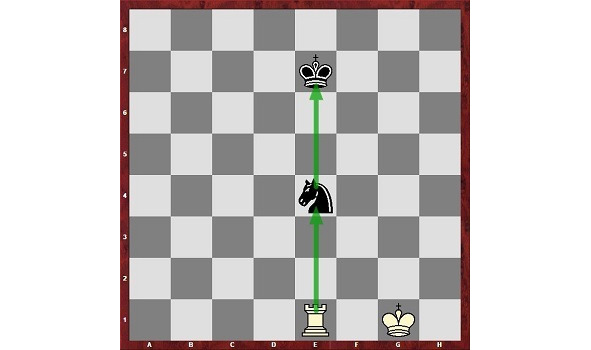
The rook has tied the knight, the knight cannot leave, he is tied. Types of bundles
The bundle can be complete — for the king
The bundle may be incomplete — not for the king (when the piece can still theoretically move away)
Incomplete bundle
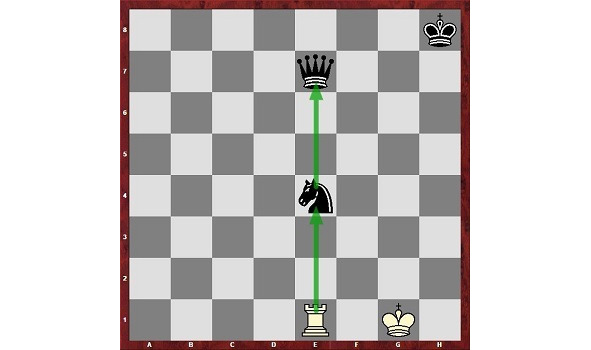
The complete bundle was shown above. And now it’s incomplete. You will say that the difference is small, and I will answer: it happens that it is very large. For example:
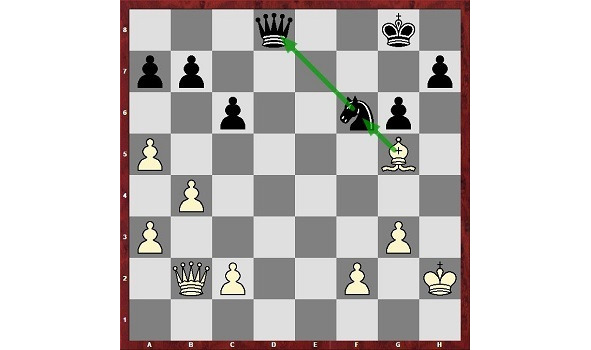
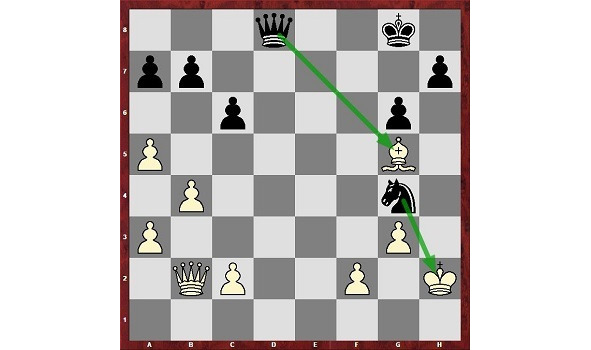
With a complete bundle, this is impossible. There is such a huge difference in a complete and incomplete bundle. Is it always necessary to link a shape? No, not always. For example: 1.Ra5
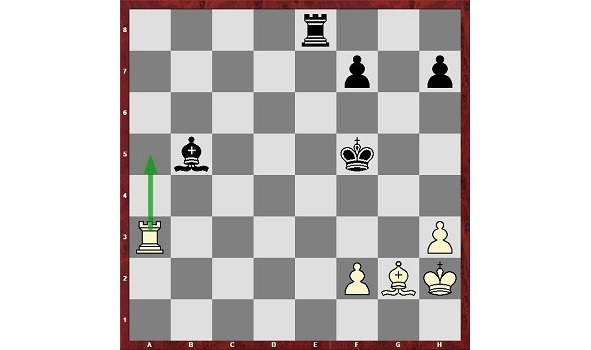
White saw that it was possible to tie the opponent’s bishop and went La5, but black simply closed with a rook on e5 1...Re5
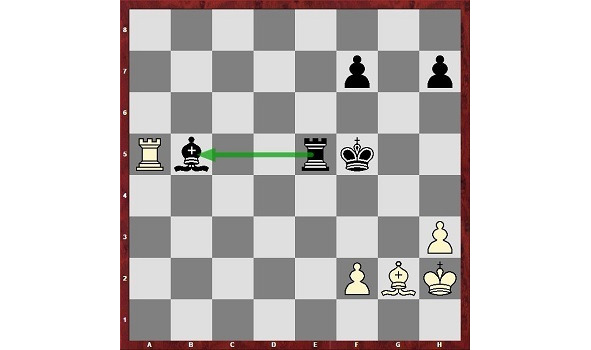
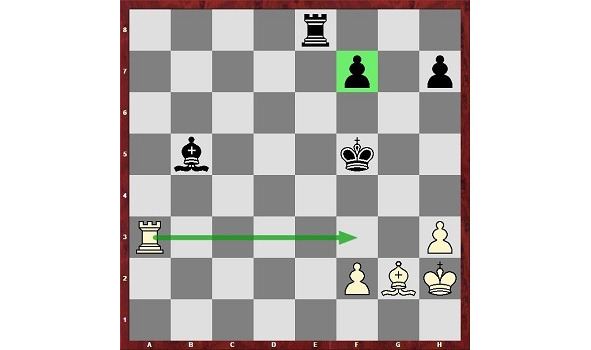
The bundle is not an end in itself, just like the check. A bundle is an opportunity to receive some benefits. Whether to make a bundle or not is necessary based on the position
So, briefly, to remember.
Your turn: what to eat, what to attack.
After the opponent’s move: what he attacked, what he might attack.
Attention! THIS RULE MUST BE REMEMBERED THROUGHOUT THE GAME, WITH EVERY MOVE!
“A beginner is only happy when he can checkmate his opponent, or perhaps even more so when he manages to catch the enemy’s queen (for in the eyes of a beginner this is perhaps an even greater success); on the contrary, the maestro is already extremely pleased when he manages to notice at least a hint of the weakness of the enemy pawn positions”. A. Nimtsovich
Typical mistakes of novice chess players
Novice chess players sometimes forget, for a while, that the ultimate goal of the game is to checkmate. They play according to the principle: attacked — retreated (and that’s exactly how it is — retreated, not defended, for example), did not retreat – took (very often the “grasping reflex” is manifested, but chess, not checkers, is not necessary to take).
It is very common to see a beginner enjoying how many pieces and pawns he has eaten. It is because of this that he brings out the queen from the first moves in order to use it to eat as many pawns and pieces of the opponent as possible, or to put a “child’s checkmate”.
A novice chess player, if he sees a check, he cannot resist not giving it, even if it will lead to loss of time and deterioration of his own position. He does not worry about the safety of his king, very often forgetting about castling. These and many other mistakes are typical of the initial learning process, and they are made by all novice chess players. This impulsiveness of decision-making goes away with experience. Our task is to complete this stage as quickly as possible.
As they say, one learns from mistakes, so let’s learn from the mistakes of others. Although you can’t avoid your mistakes, of course.
Recommendation:
1. Record and analyze your games (with a coach or a stronger player).
2. Study the parties of the masters.
Consider the game of novice chess players.
It’s a very revealing game in terms of mistakes.
1.e4 e5 2.Qh5 (white plans to checkmate) 2…Bc5 3.Qe5+ Kf8 (black did not defend the e5 pawn, move 2…X6, white changes the action plan). Black “yawns the bishop”, but sees the blow on g7. 4.Qc5+ Qe7 5.Qc7 Qe4+6.Be2 Qg2 7.Qc8+ (A typical beginner’s mistake is that they see the capture of the piece, but they don’t checkmate on d8.) 7...Ke7 8.Qb7 Followed by the move Qh1 9.Qa8 Qa8 Finally, black was the first to notice that it turns out that you can eat the white queen. You will be surprised (although maybe not, judging by the beginning of the game), but after numerous mistakes, white… won.
We don’t put signs of a bad move, because in this game, if it’s not a move, it’s terrible!
1.e4 e5 2.Qh5 white is planning to put a baby checkmate.
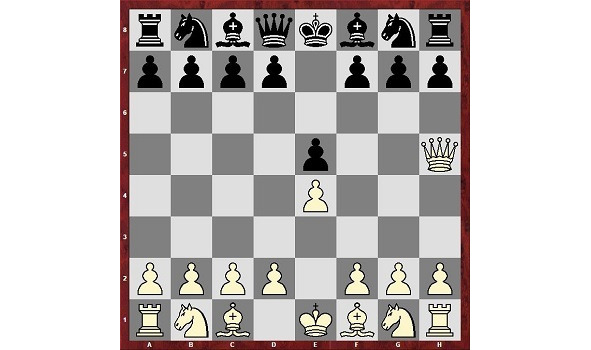
2…Bc5 3.Qe5+ Kf8 (black did not defend the e5 pawn, move 2...Nc6, white changes the plan of action). Black “yawns the bishop”, but sees the blow on g7.
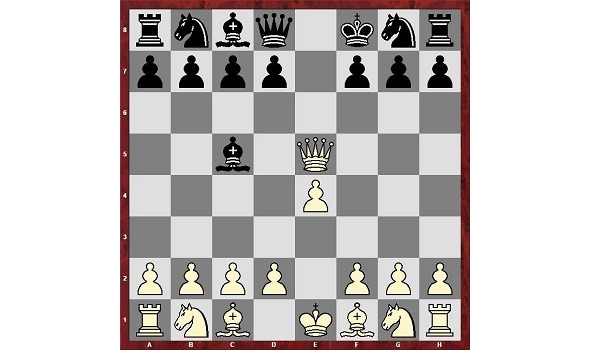
4.Qc5+ Qe7
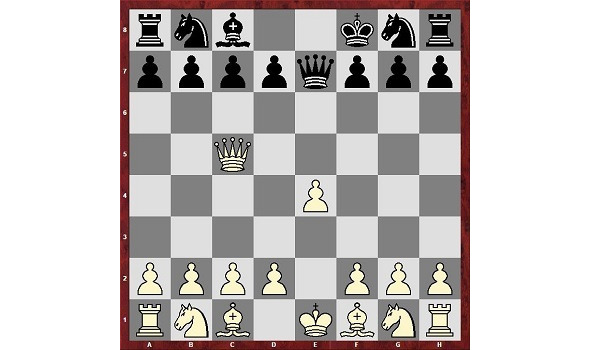
5.Qc7 Qe4+
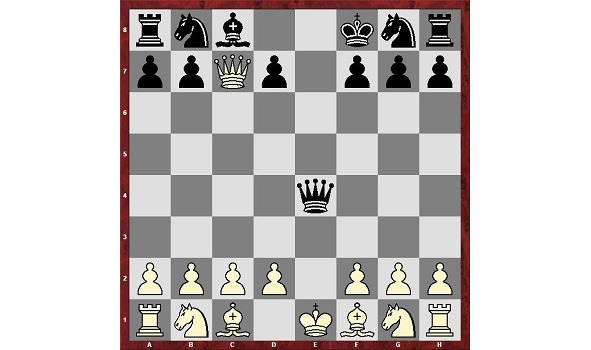
6.Be2 Qg2
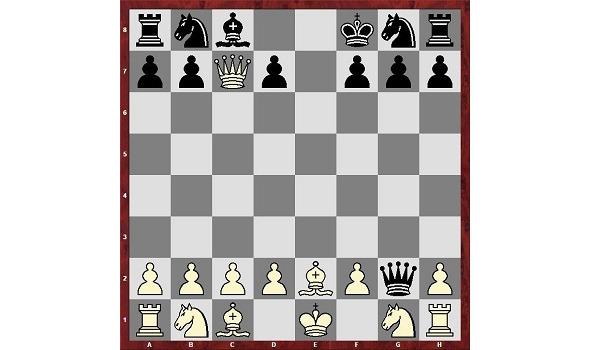
7.Qc8+
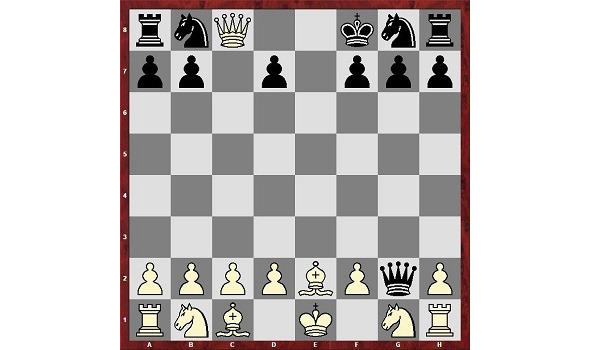
7.Qc8+ A typical beginner’s mistake is that they see the taking of the piece, but they don’t checkmate on d8.
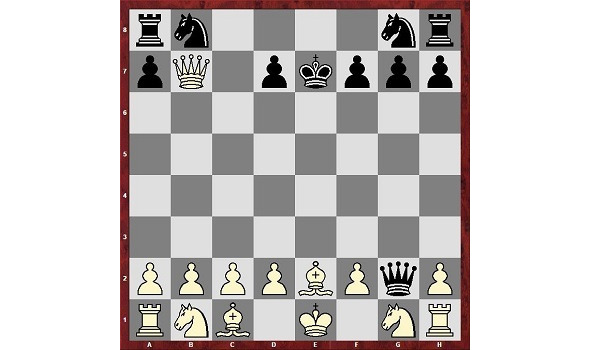
7...Ke7 8.Qb7 is followed by move 8…Qh1. Black planned to take the rook when they were still going 6…Qg2, but they don’t see that the position has changed and you can take the white queen, besides, the rook is closer.
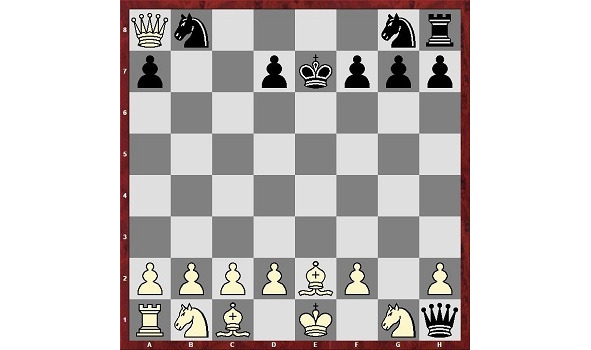
9.Qa8 Qa8
Finally, Black was the first to notice that it was possible to eat the white queen. You will be surprised (although maybe not, judging by the beginning of the game), but after numerous mistakes, white… won.
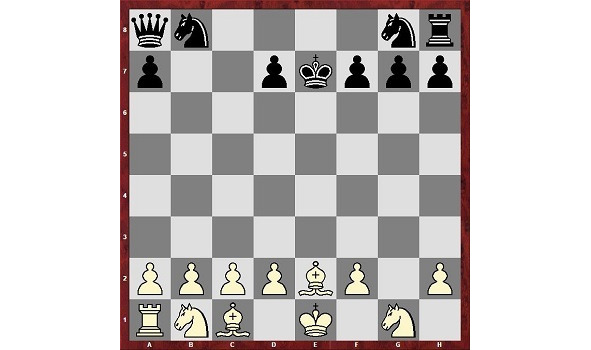
Bottom line: what has this party taught us?
In my experience of observing the game of novice chess players, the queen’s diagonal move across the entire board is very difficult (it is simply not considered — it is very far away), and if it is also backward, then they will definitely not see it the first time. Hence the conclusion: when novice chess players try to implement some idea of their own, they forget that the position changes after each move, in addition, they usually look only at the part of the board where they conceived their plan. Using the example of this game, it is obvious that beginners do not evaluate the position on the entire board after every move. So, there is a violation of the basic principles of the game.
We remember:
1. Do not violate the basic principles of the game
Your turn: what to eat, what to attack.
After the opponent’s move: what he attacked, what he might attack.
2. After the opponent’s move, look carefully at what you can do. For example, if you were planning to eat a pawn, see if you can eat a piece, maybe even a queen, or maybe you can checkmate!
What to do after the debut?
After the opening, we have a middlegame, although as mentioned above, it can be very difficult to determine a clear boundary of the transition from the opening to the middlegame.
From experience, I can say that if you do not take into account the assessment of the position according to the opening reference book, where it says, for example, something like this: “This position is currently evaluated with a small but persistent advantage … for example, white.”
Then you need to proceed from the general rules of the opening and your own feelings. As a rule, at the end of the opening, all the pieces must be developed (not to stand in the initial positions, but to take active positions) the king is castled. And your own feelings are what you think: all the figures are developed and are in active positions that cannot be improved (in your opinion), the king is safe and you don’t know what to do next!
Apparently, for you, this will be the end of the opening and the beginning of the middlegame. The moment of truth has arrived.
What should I do next?
Next, a few rules.
Бесплатный фрагмент закончился.
Купите книгу, чтобы продолжить чтение.
